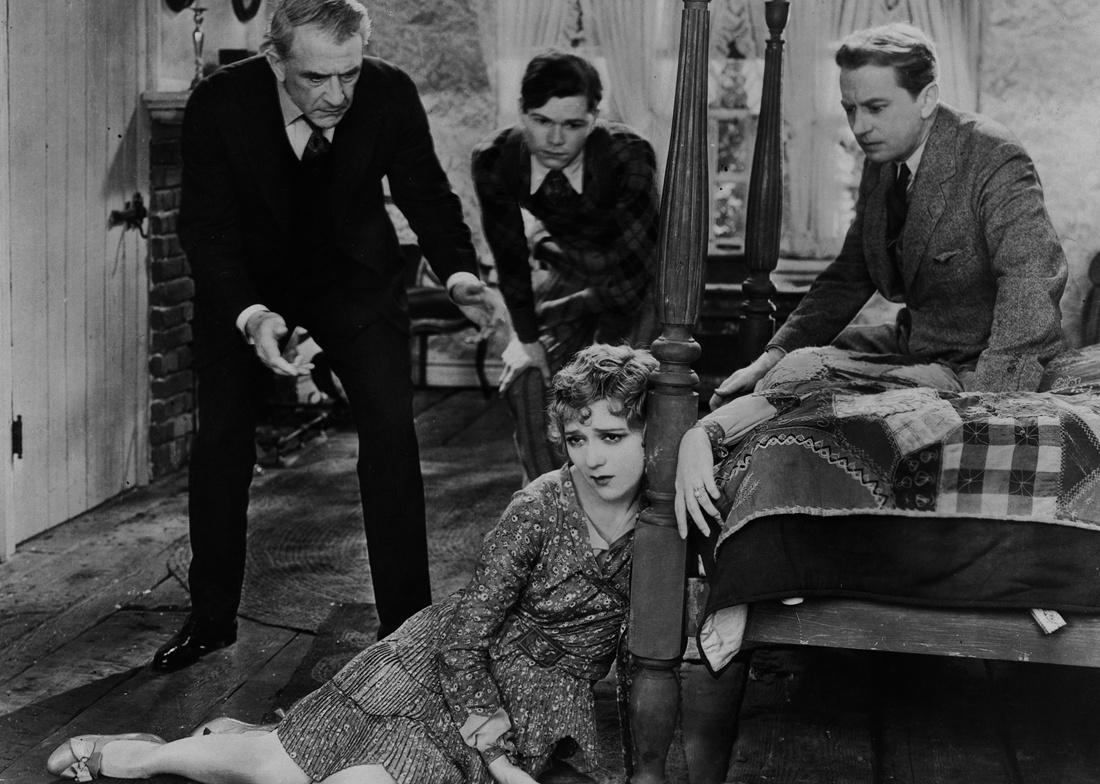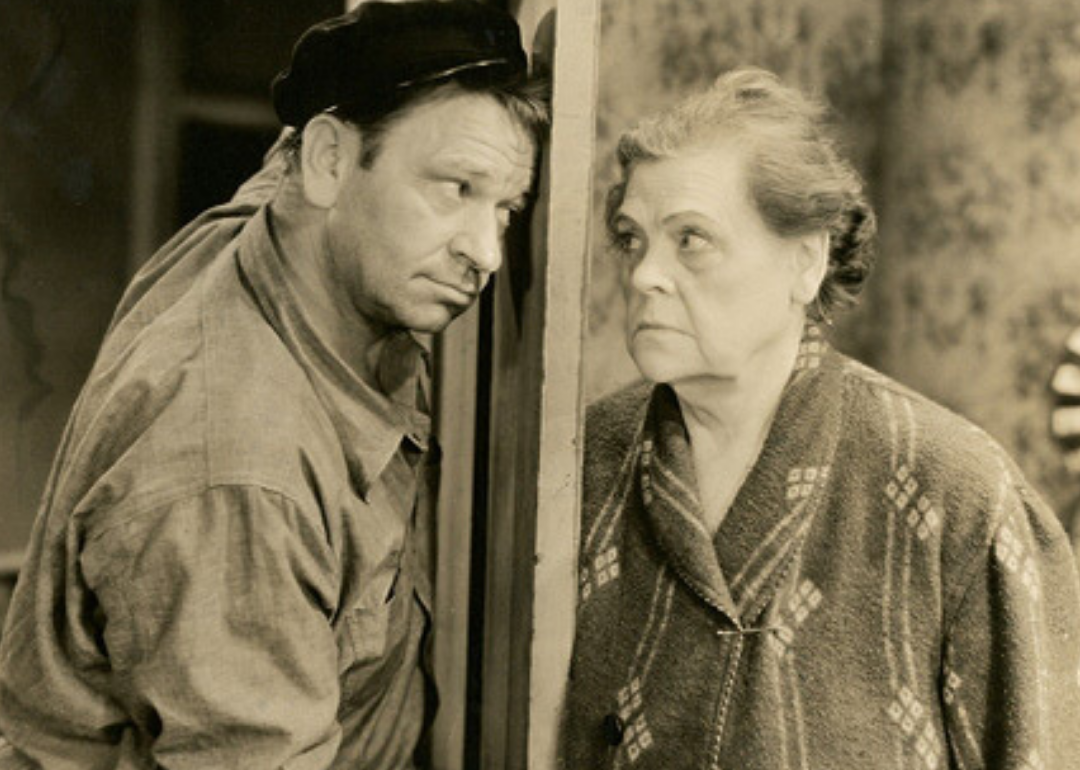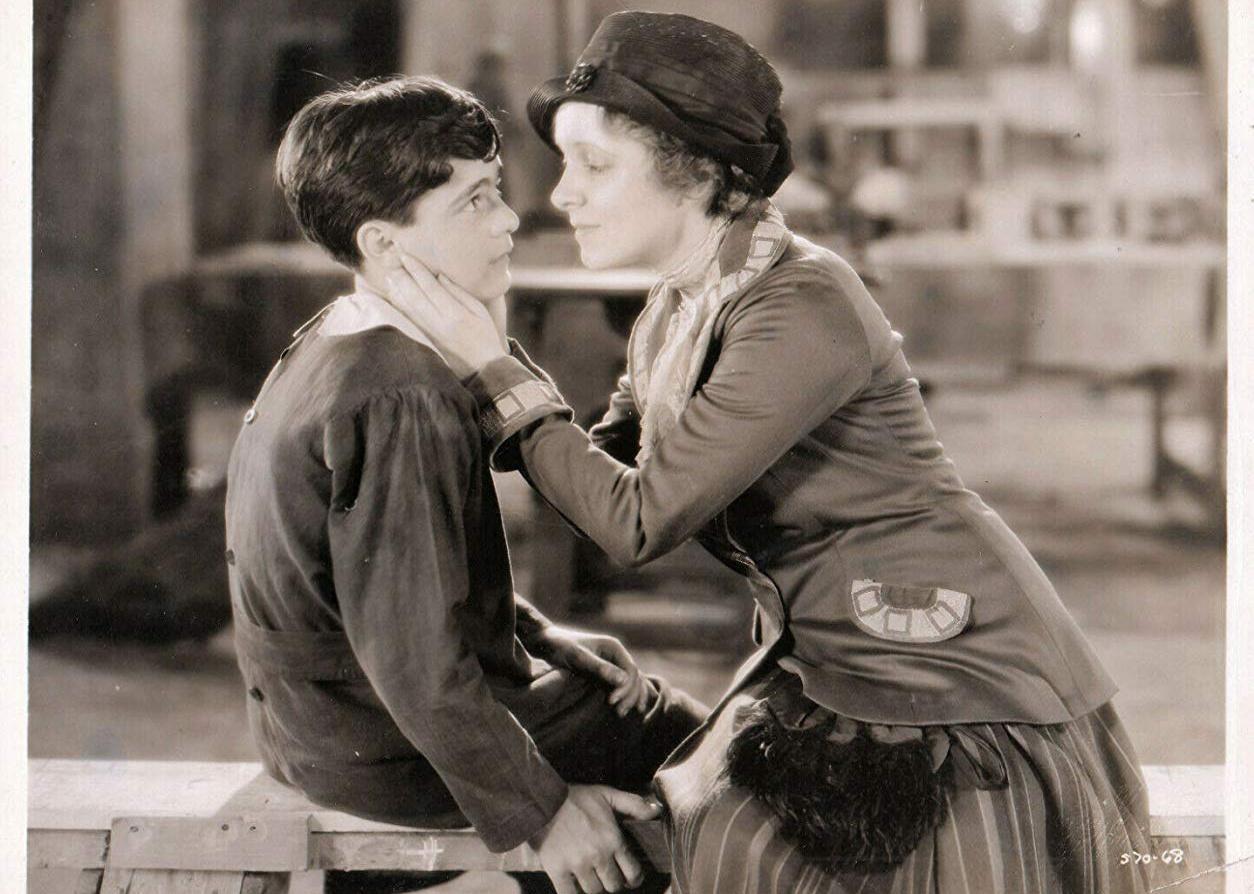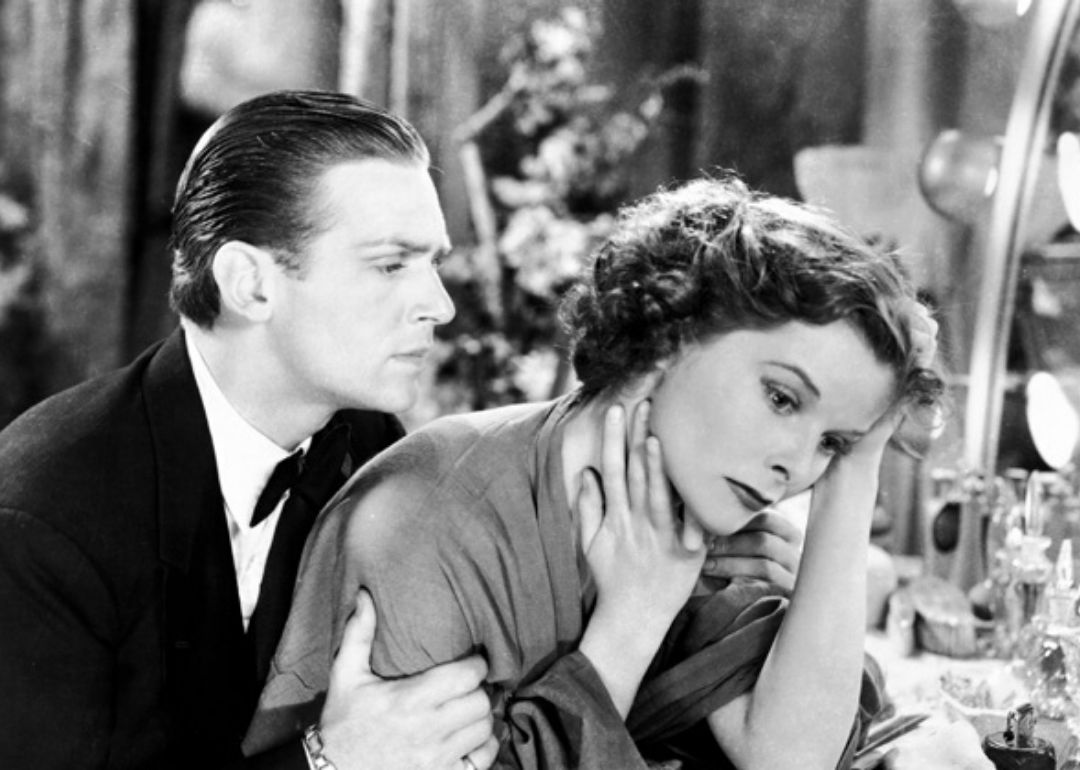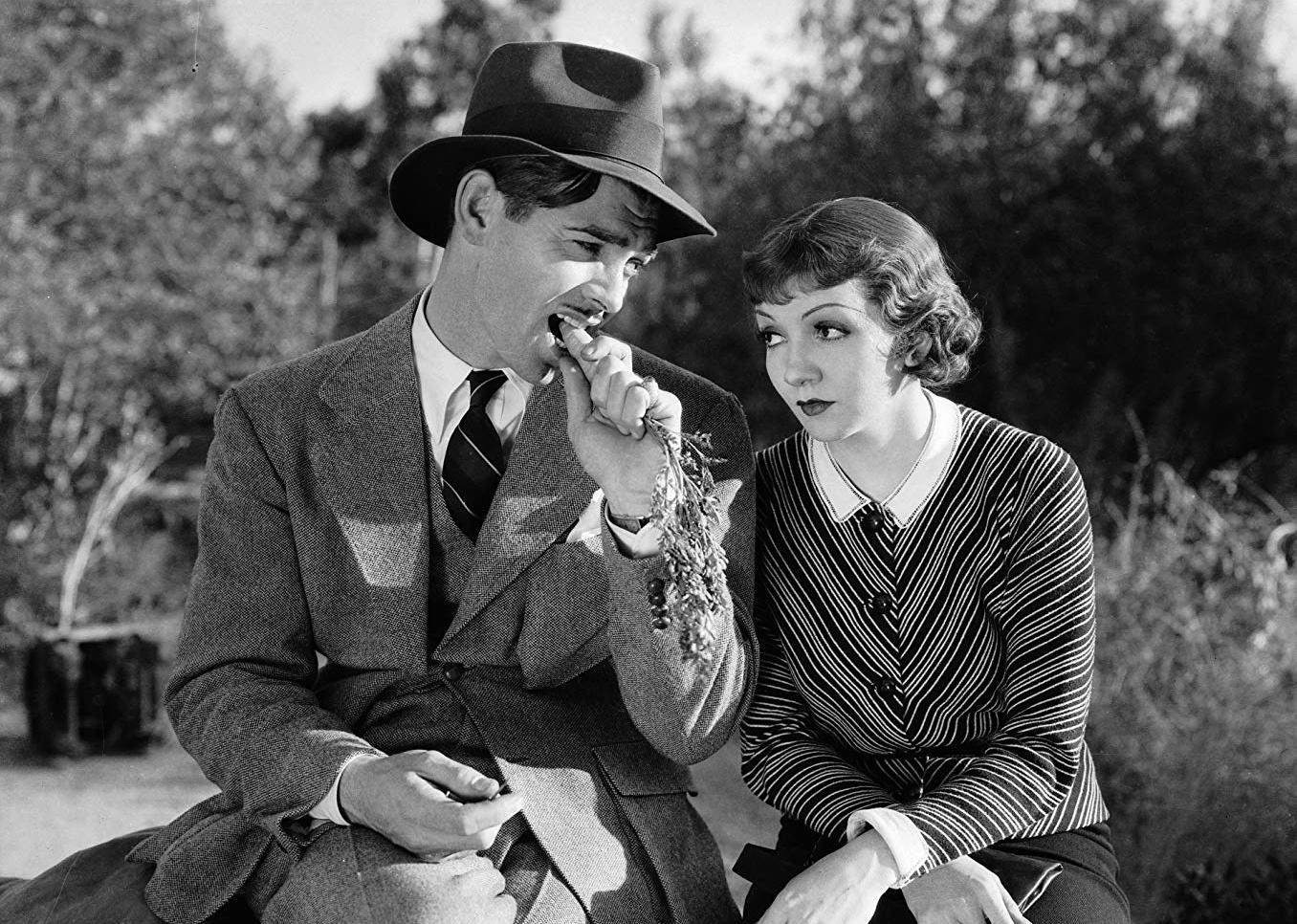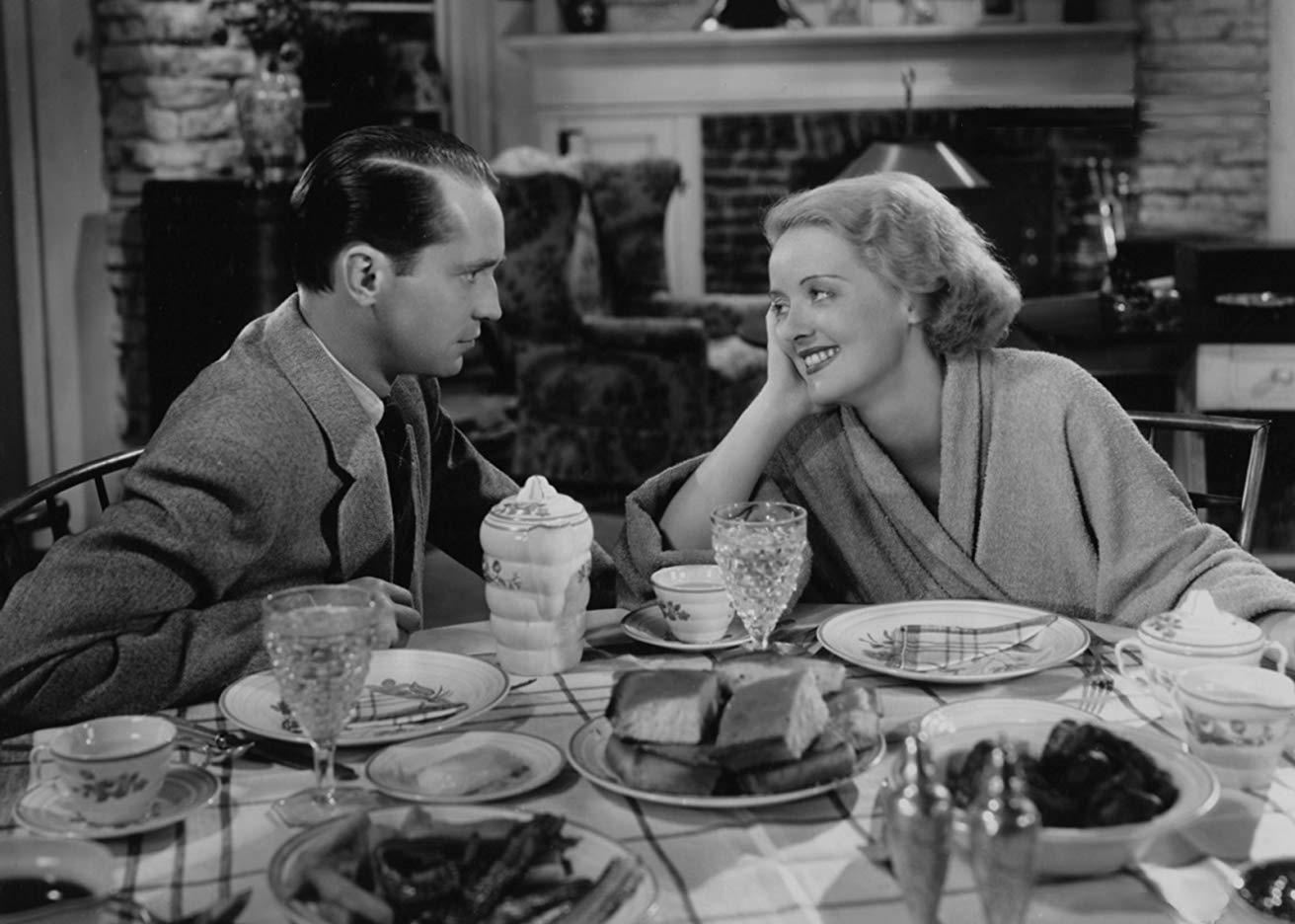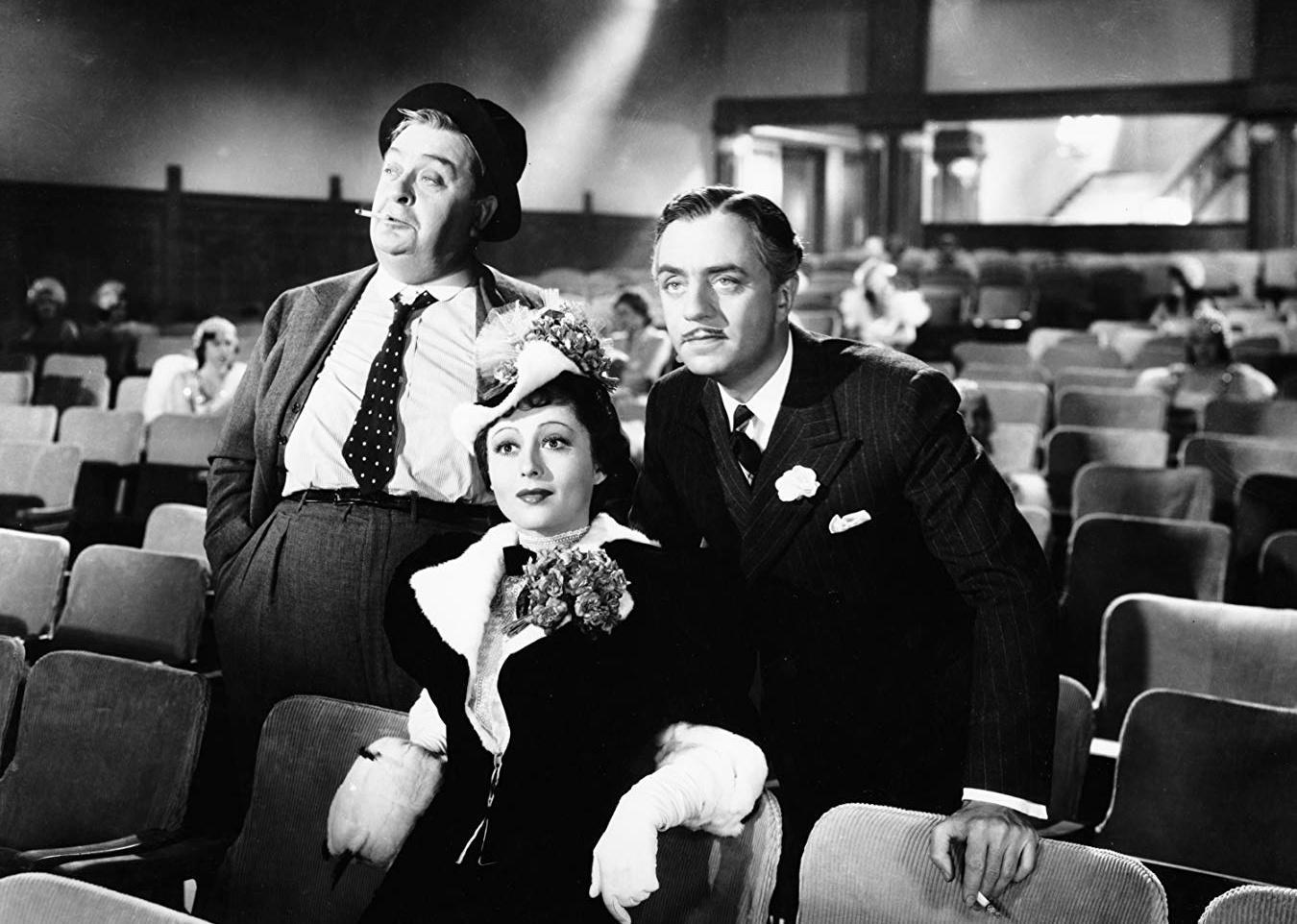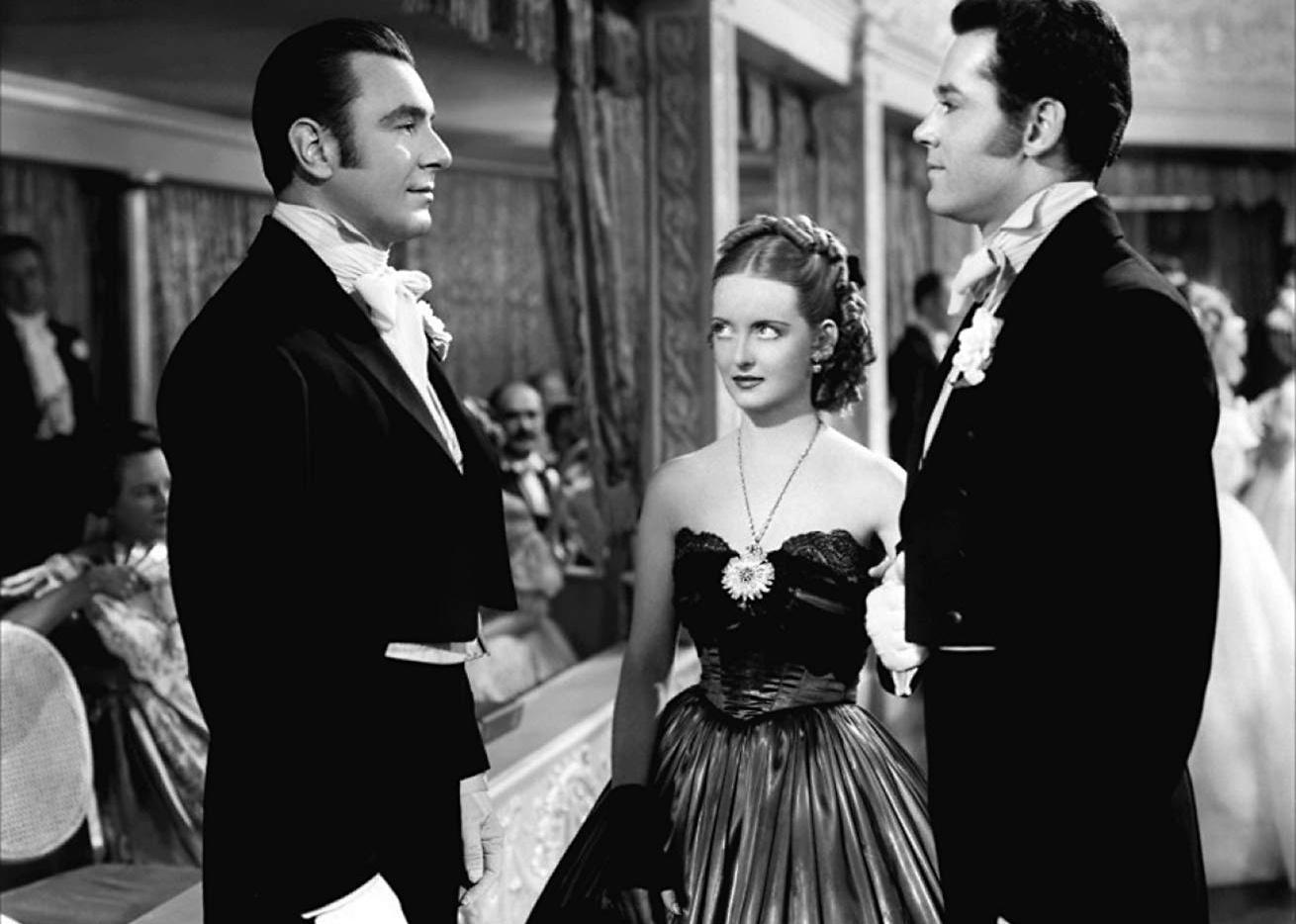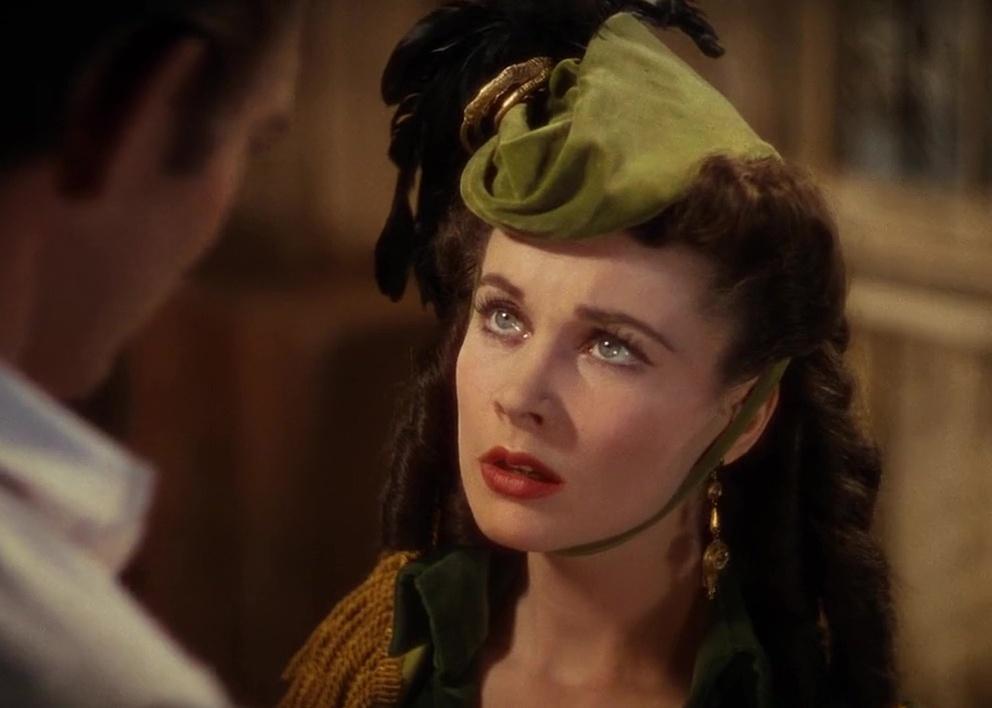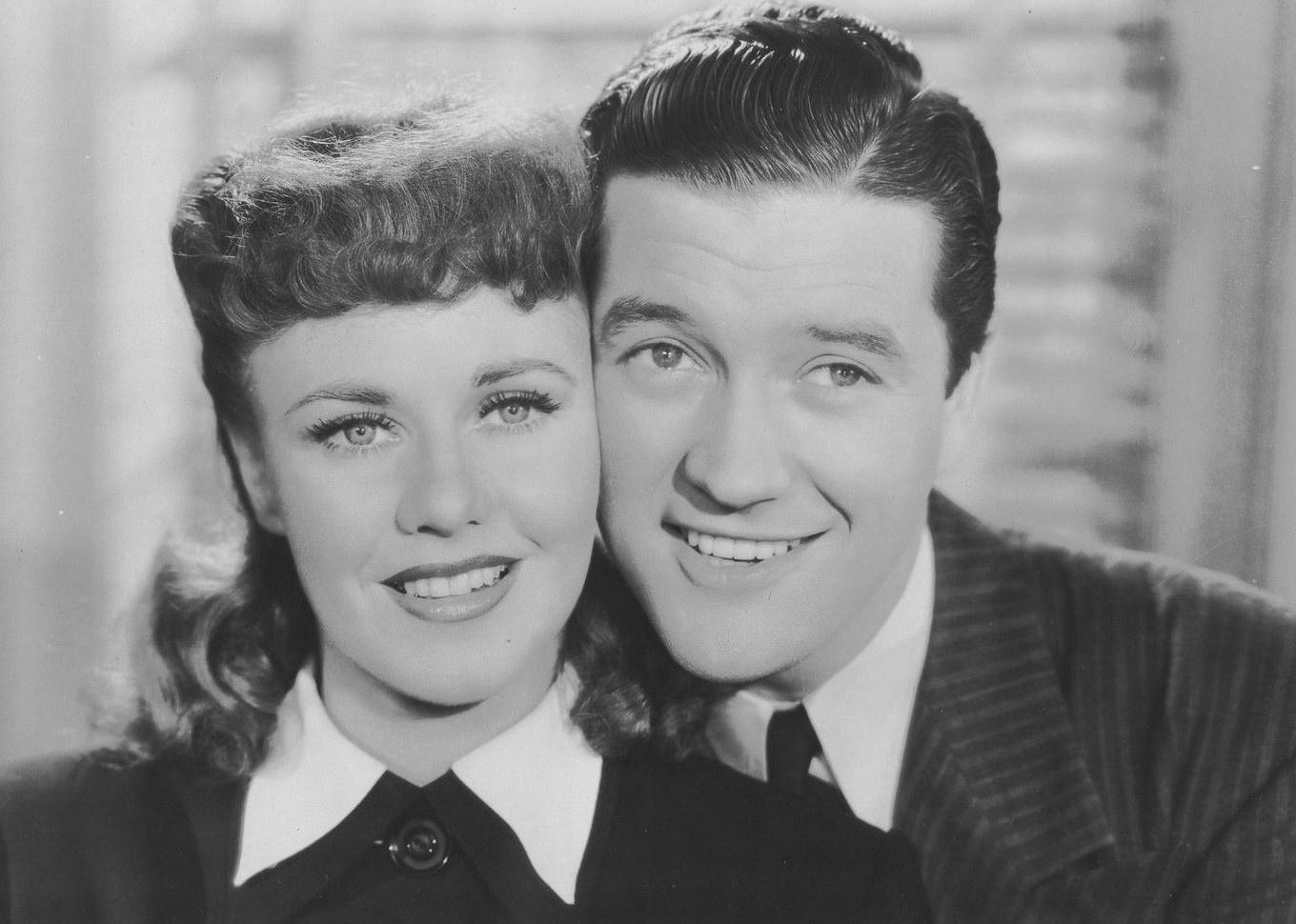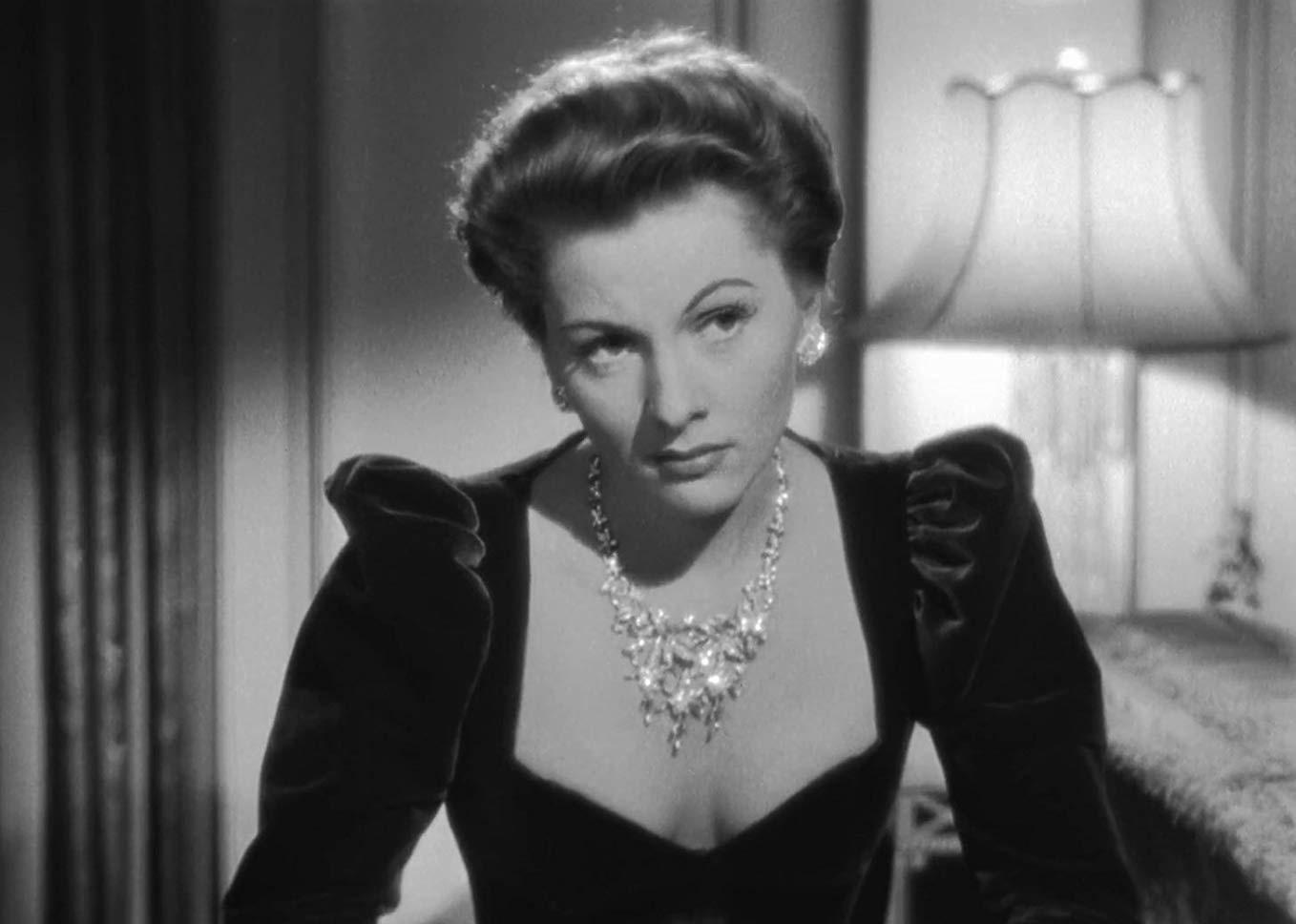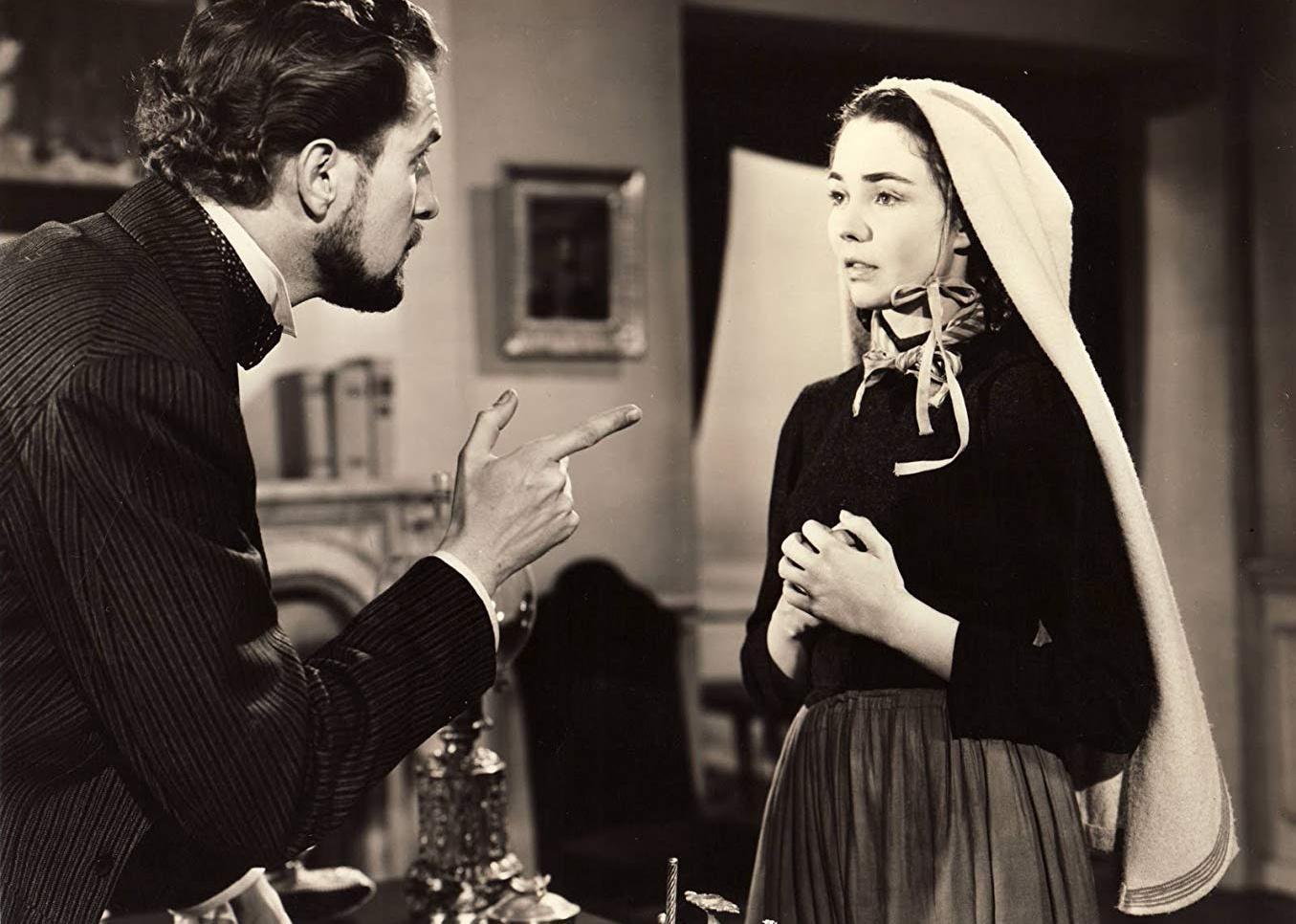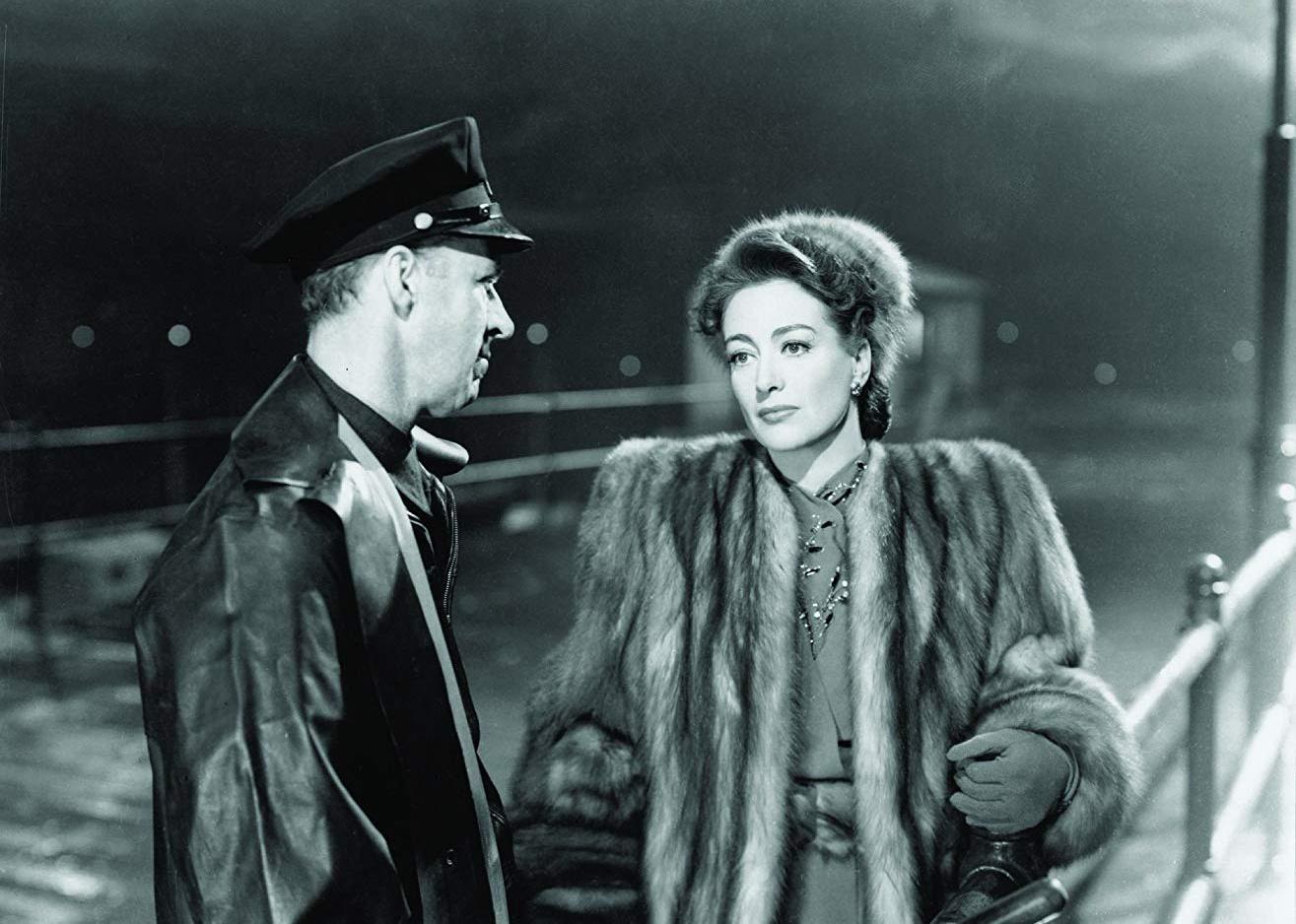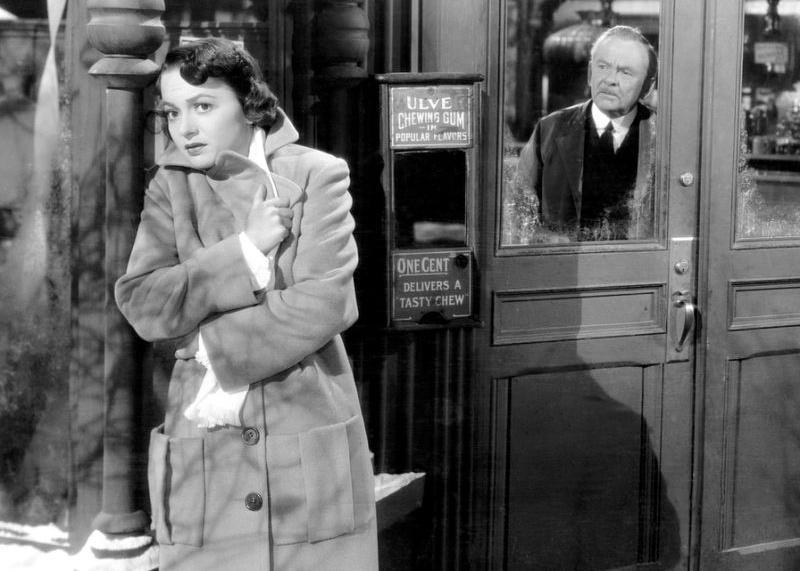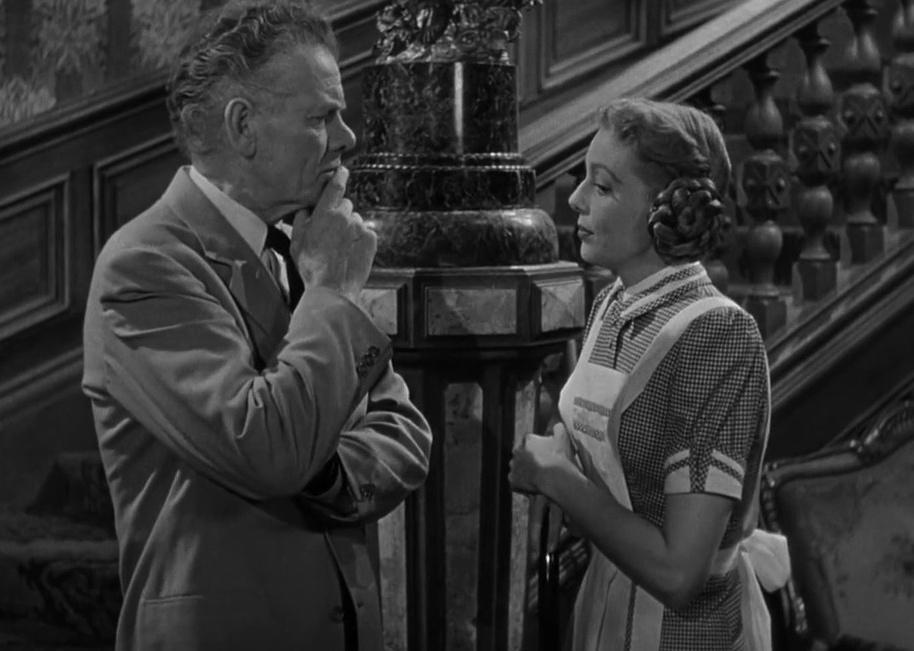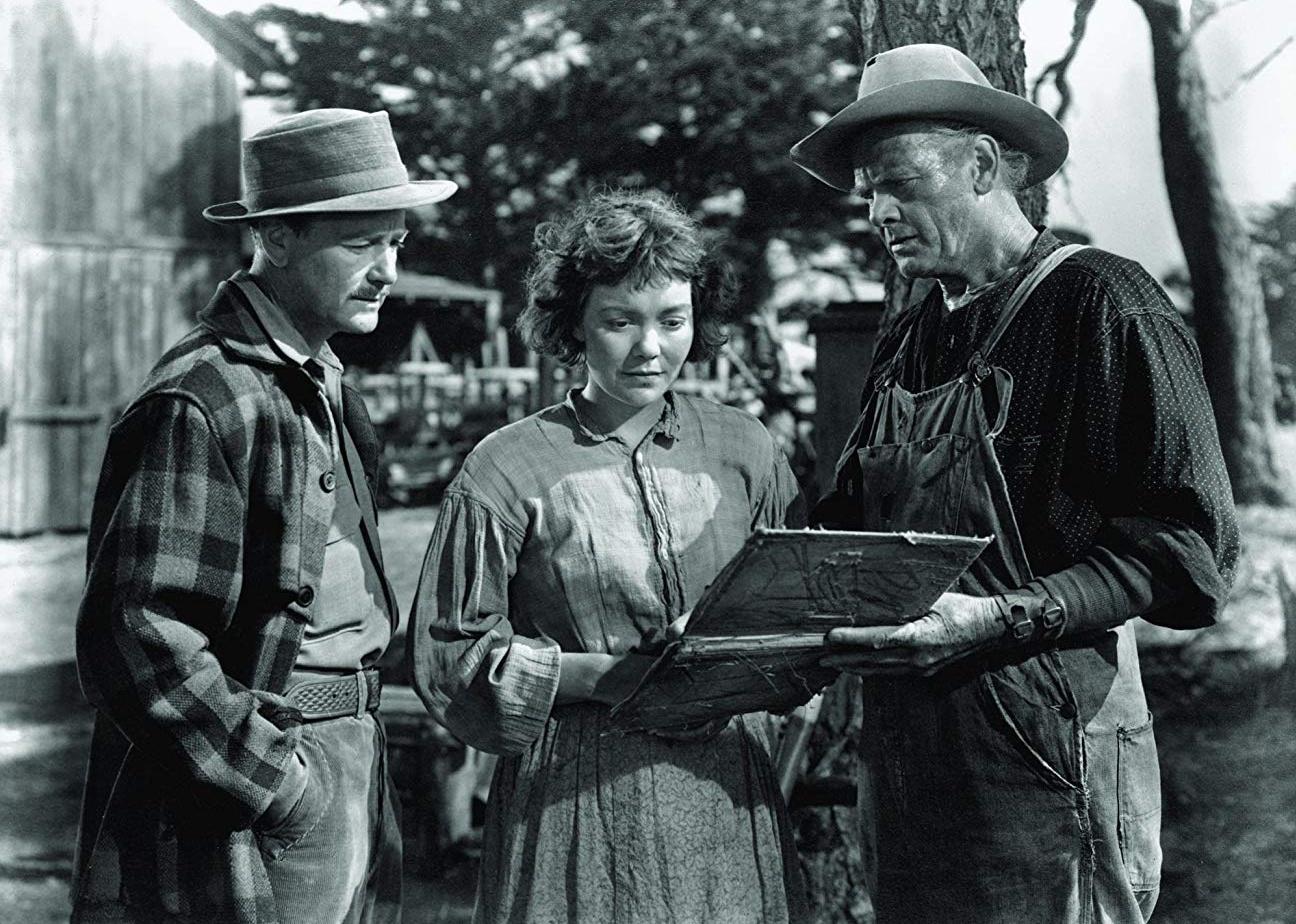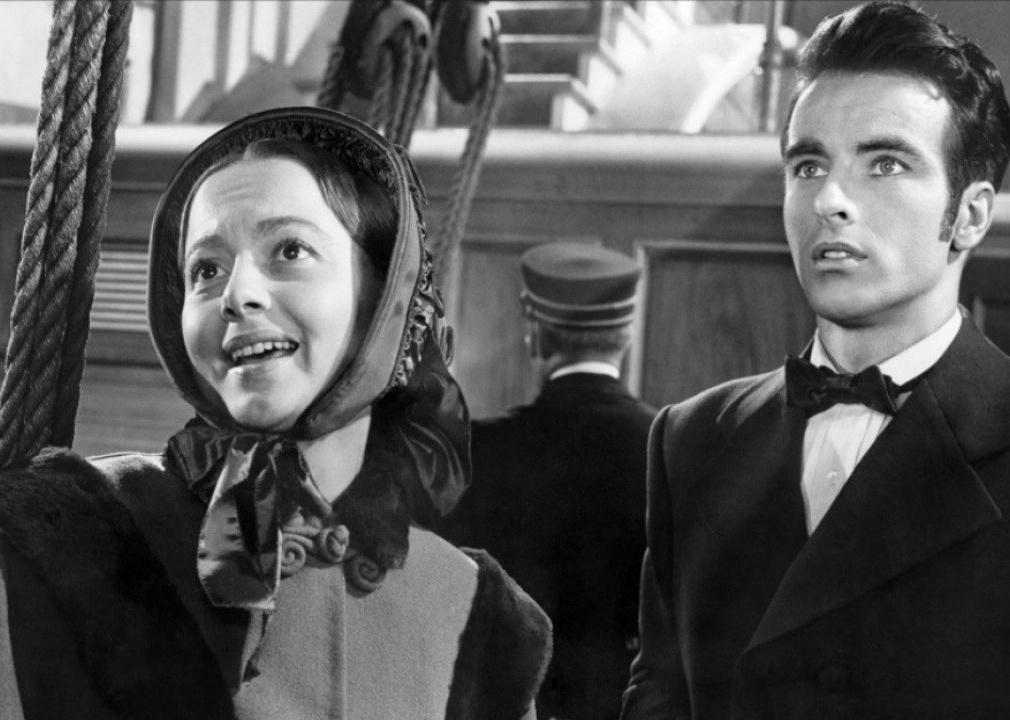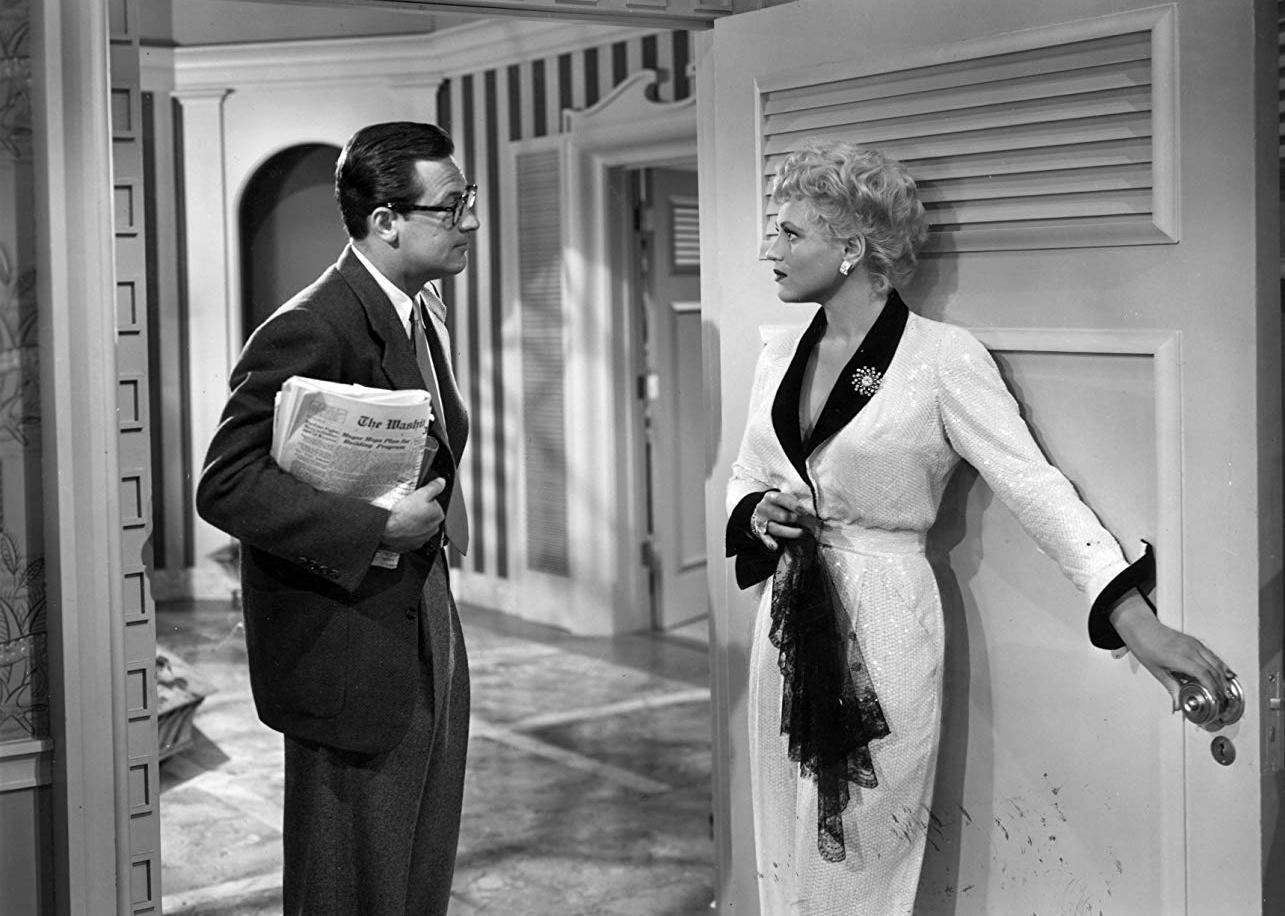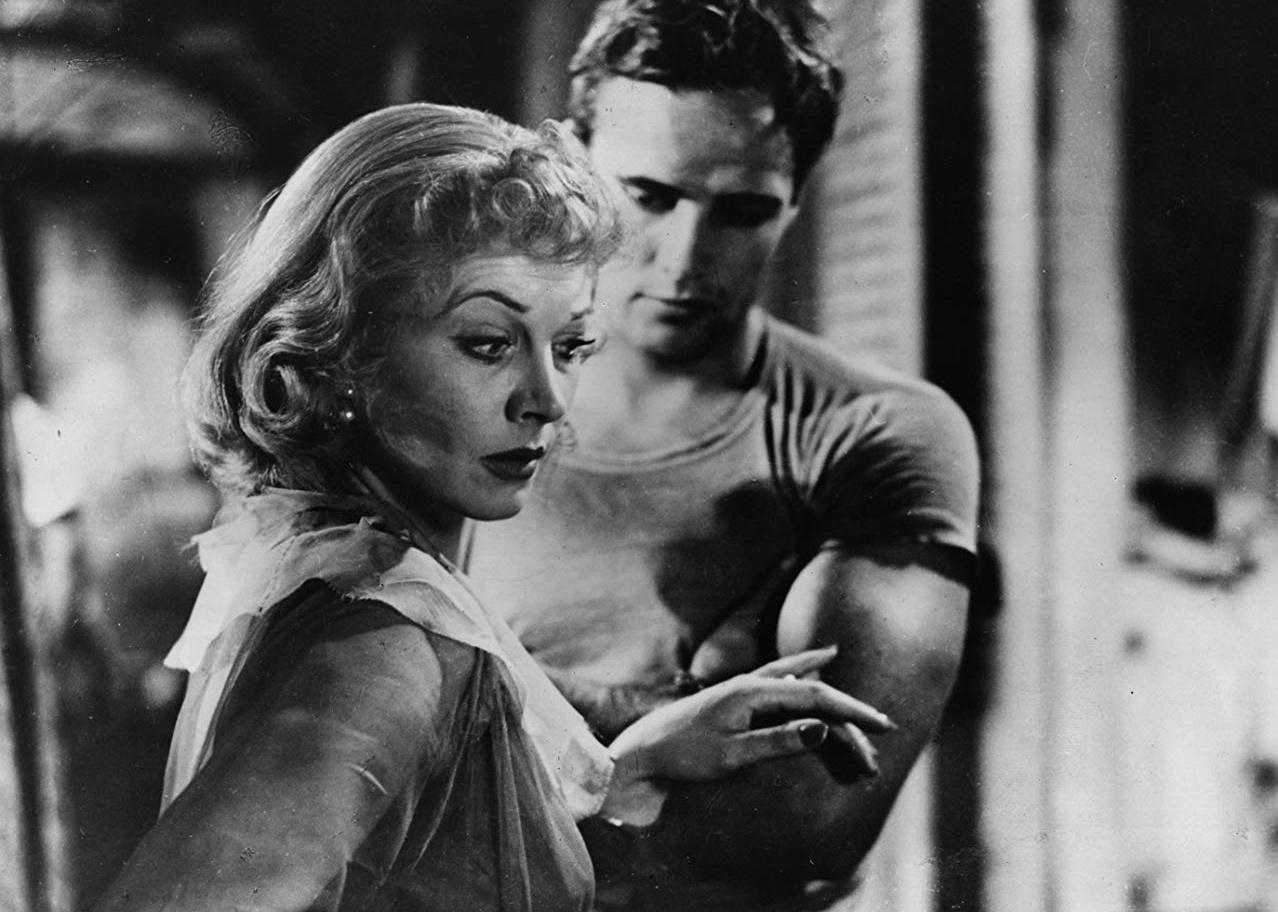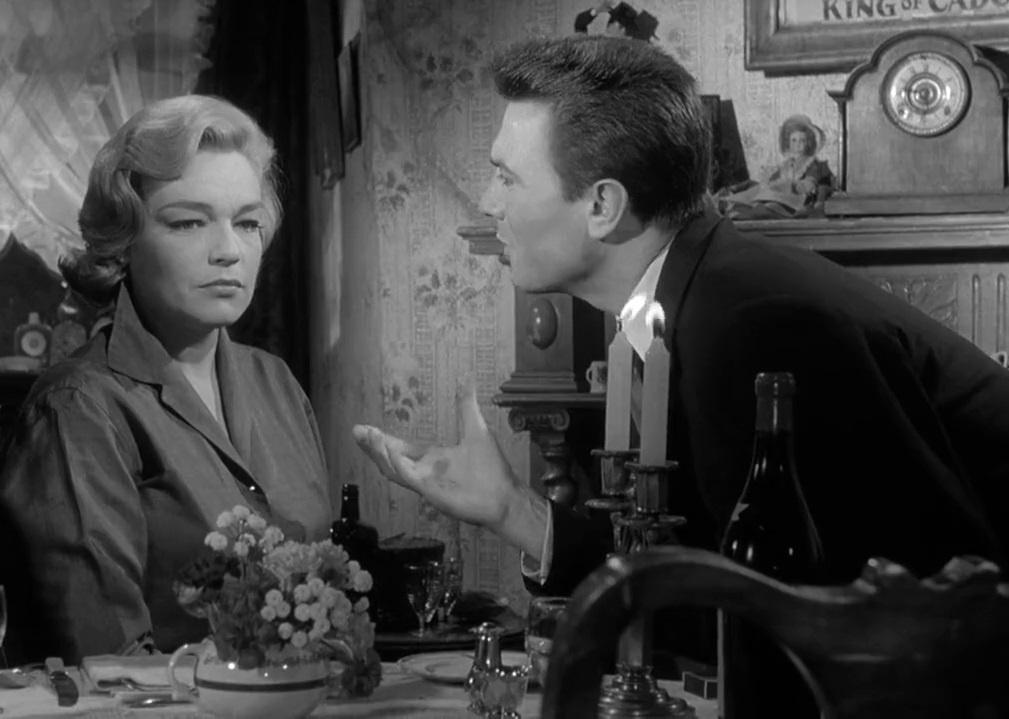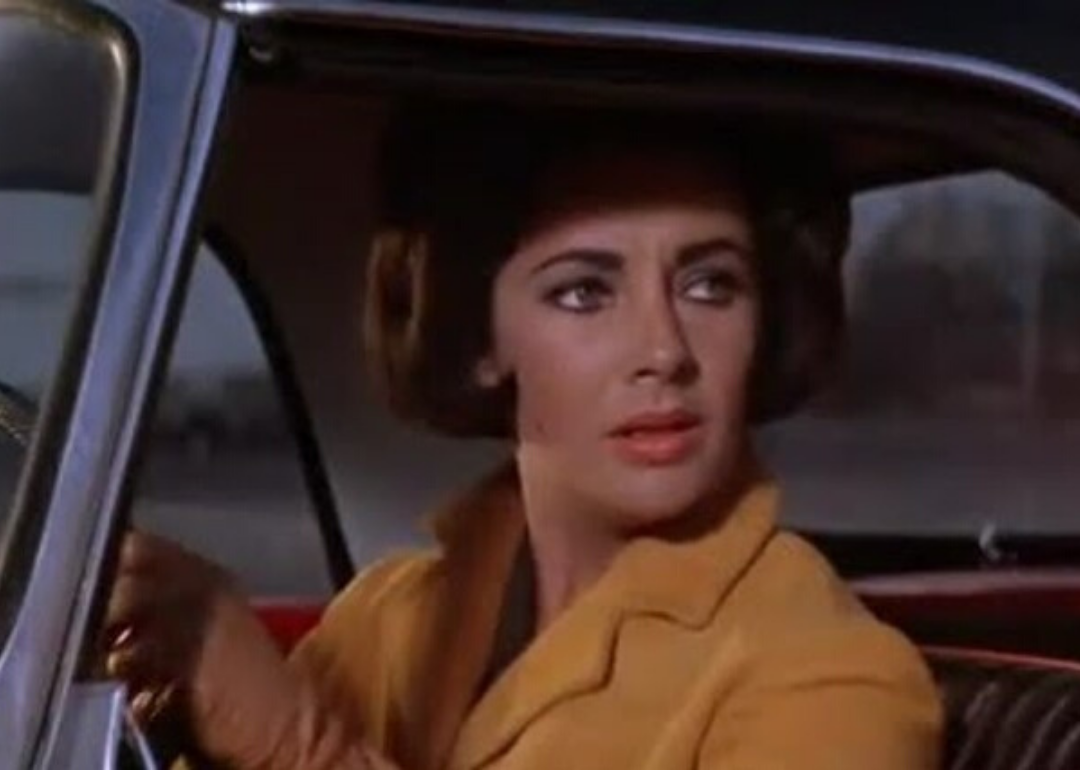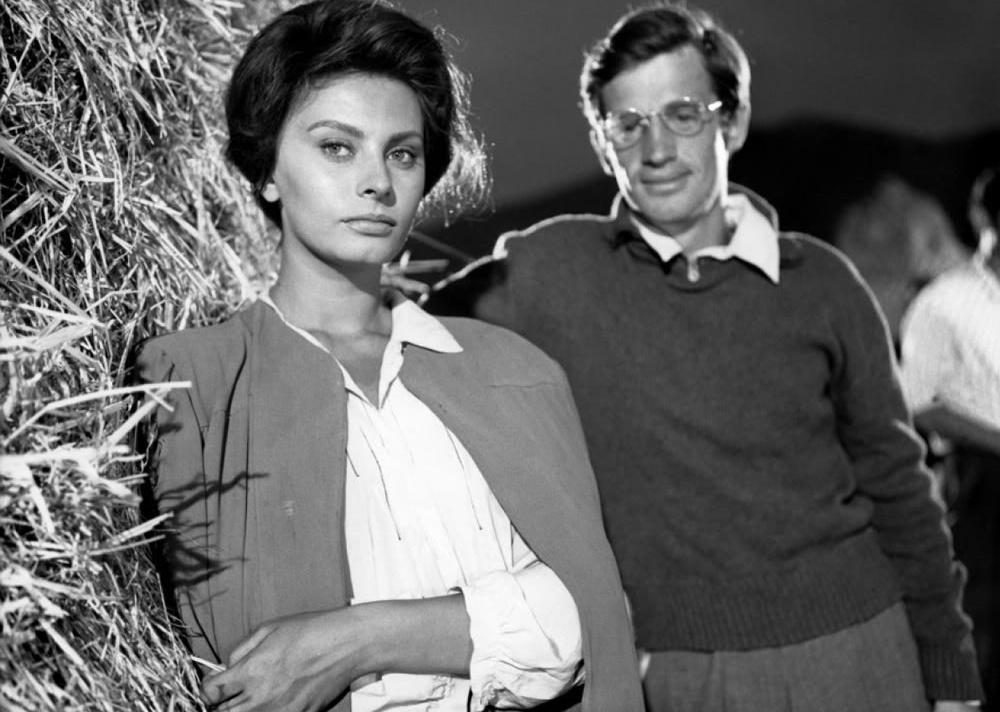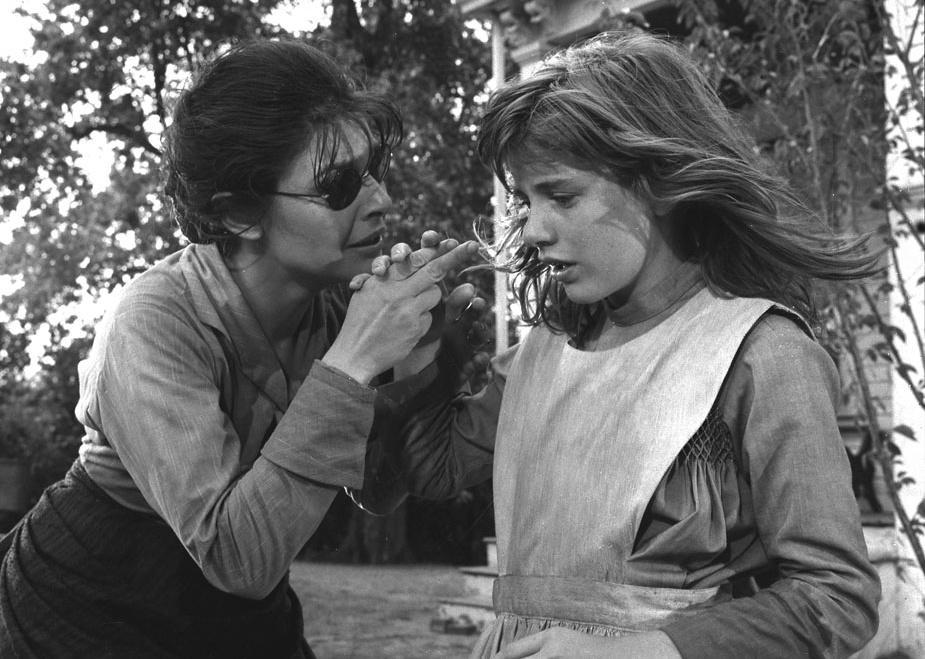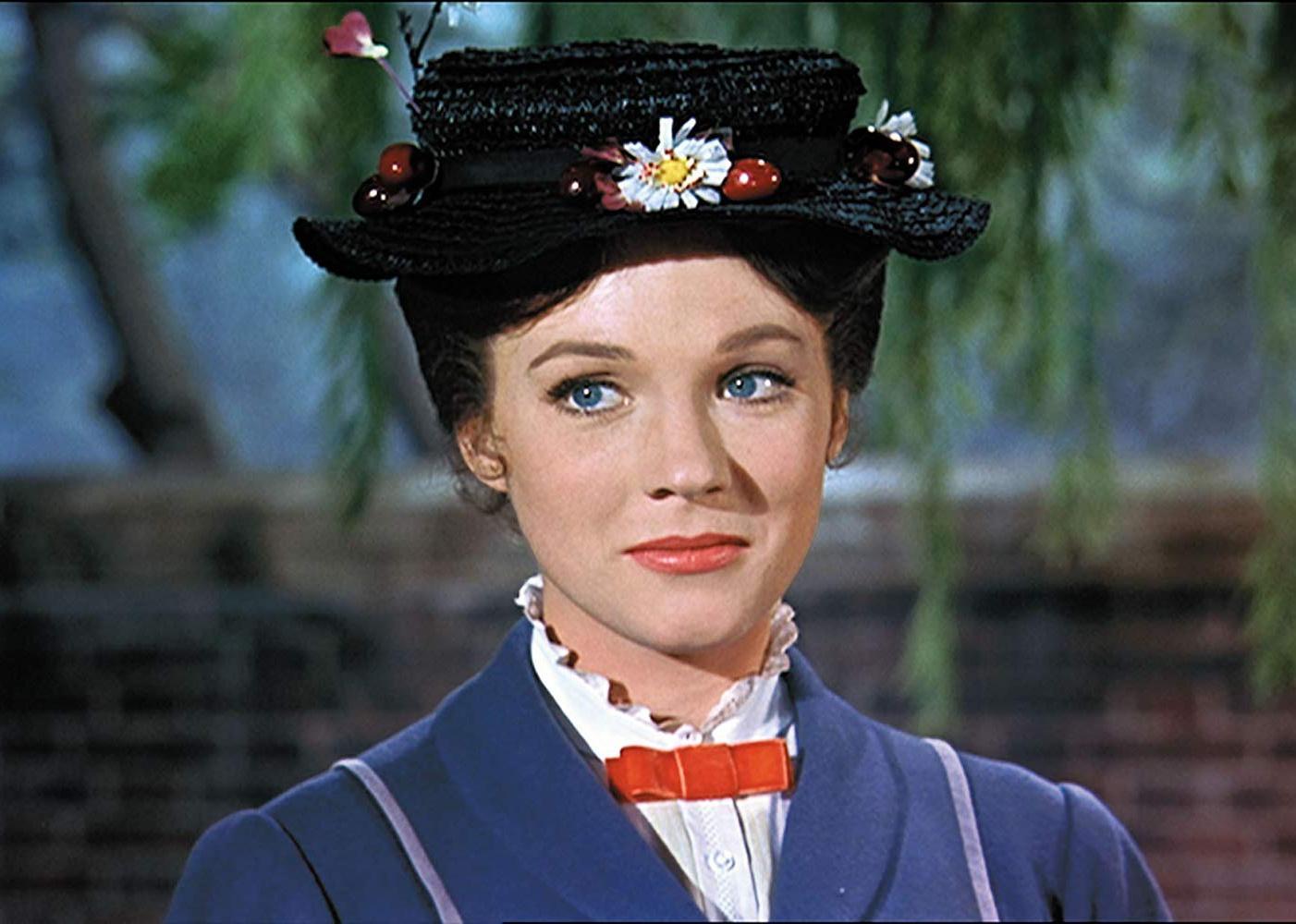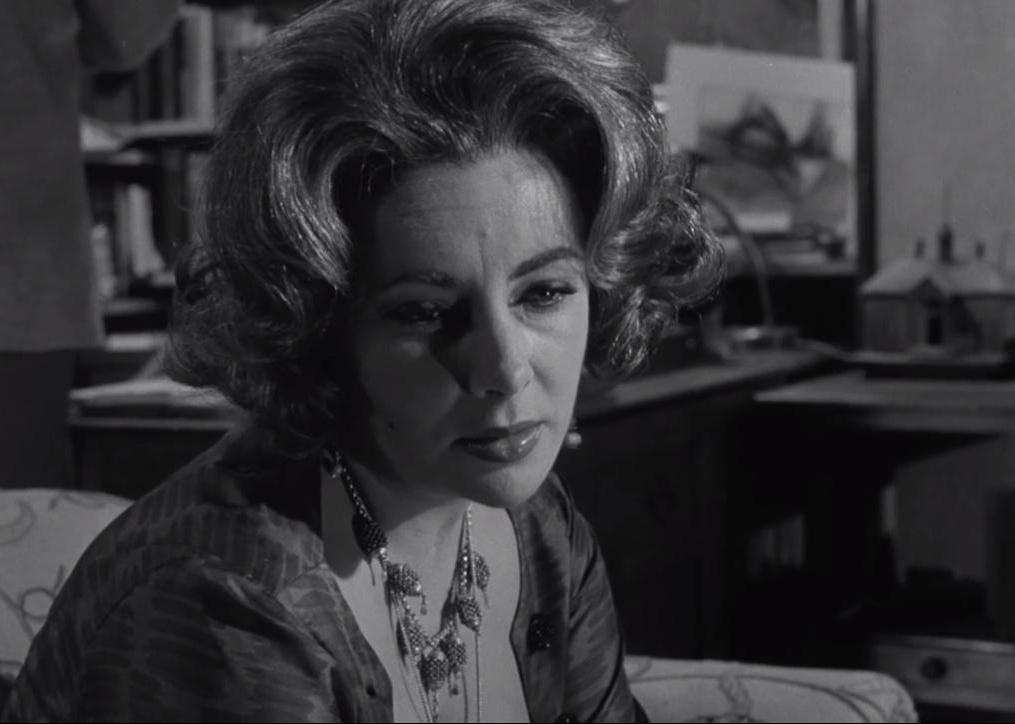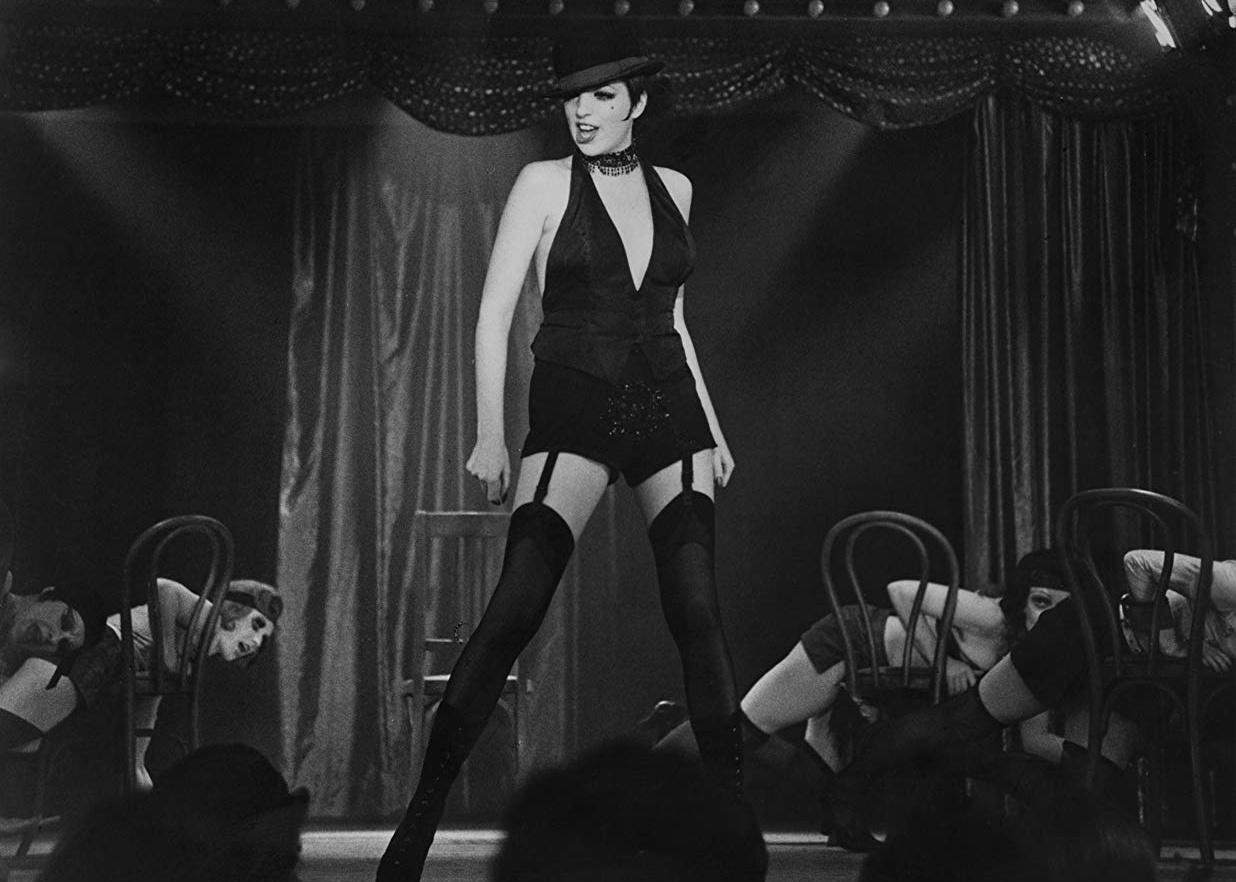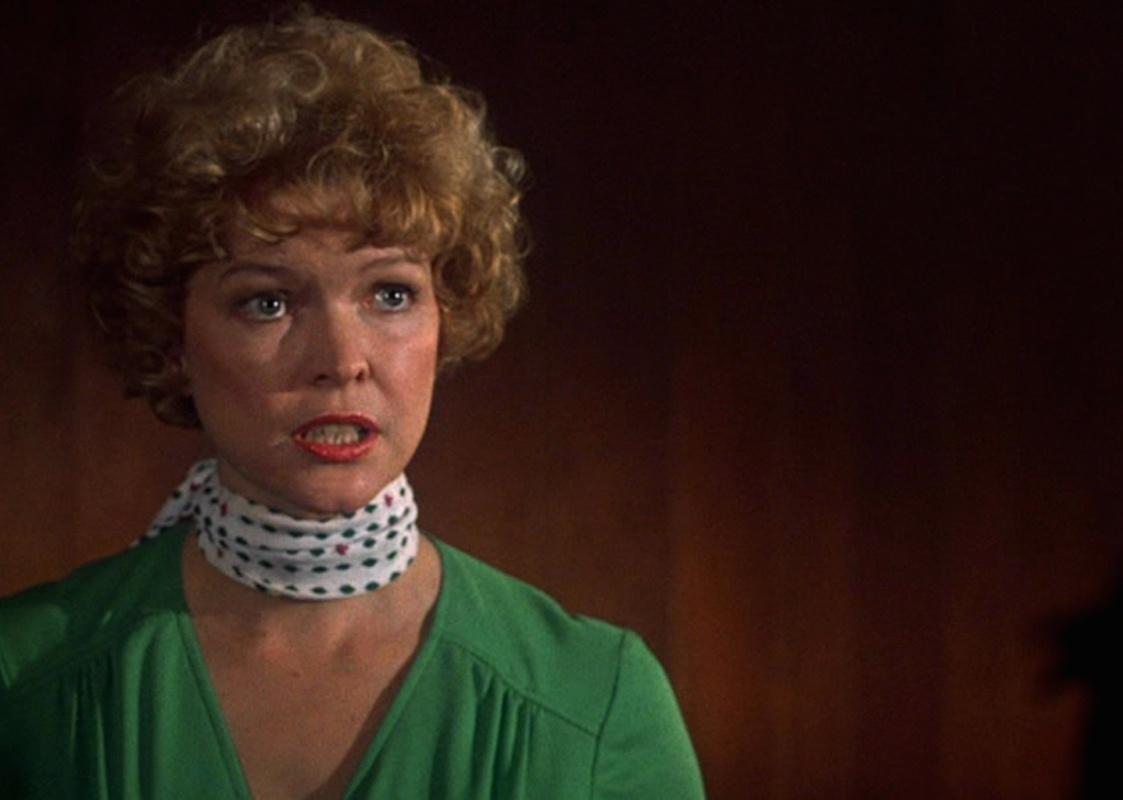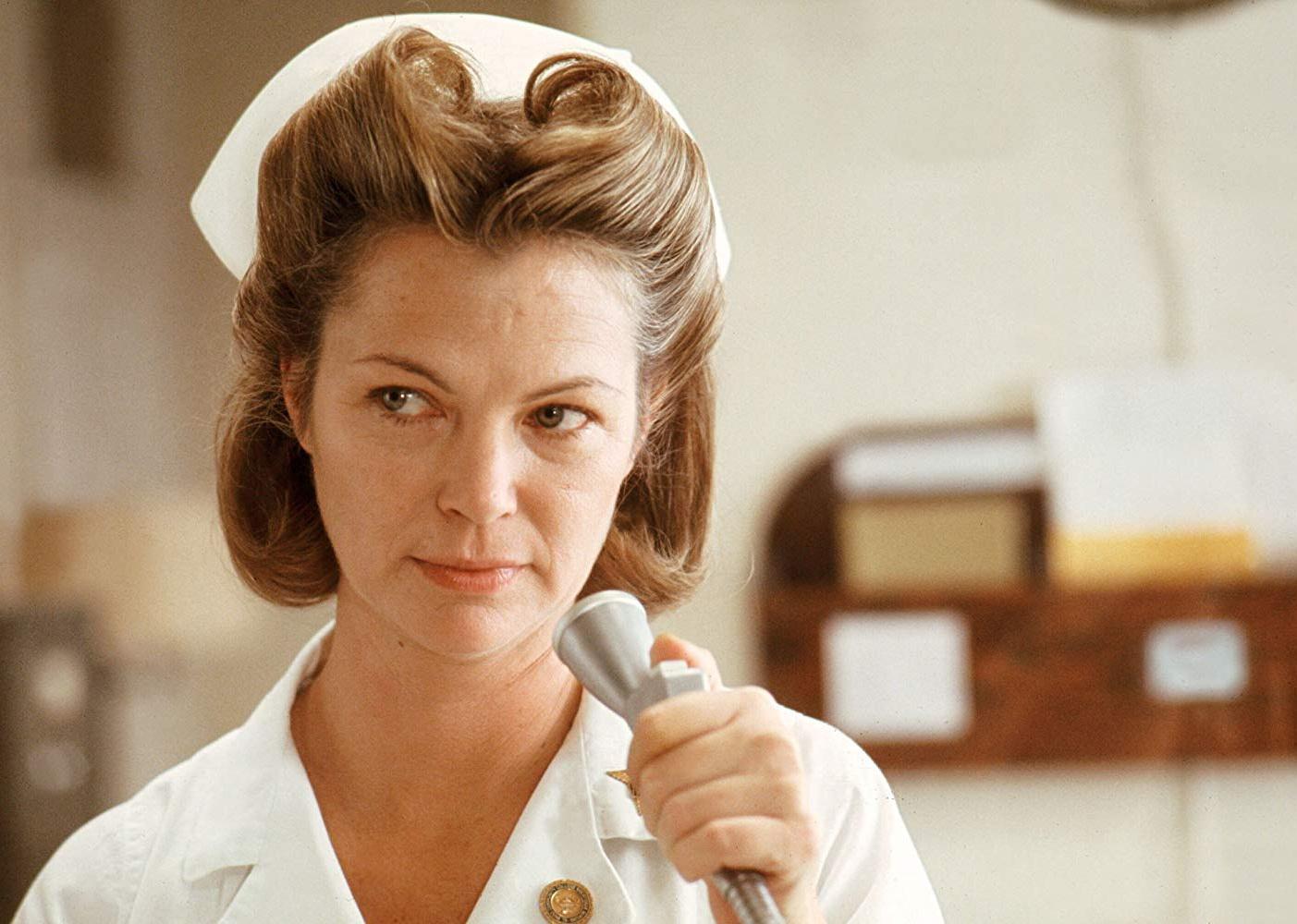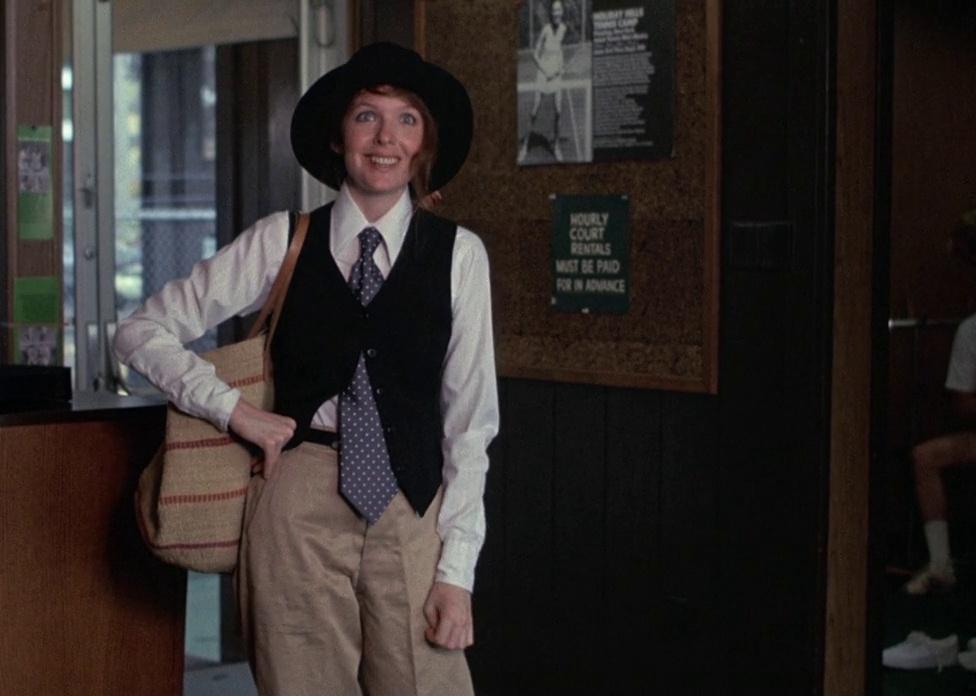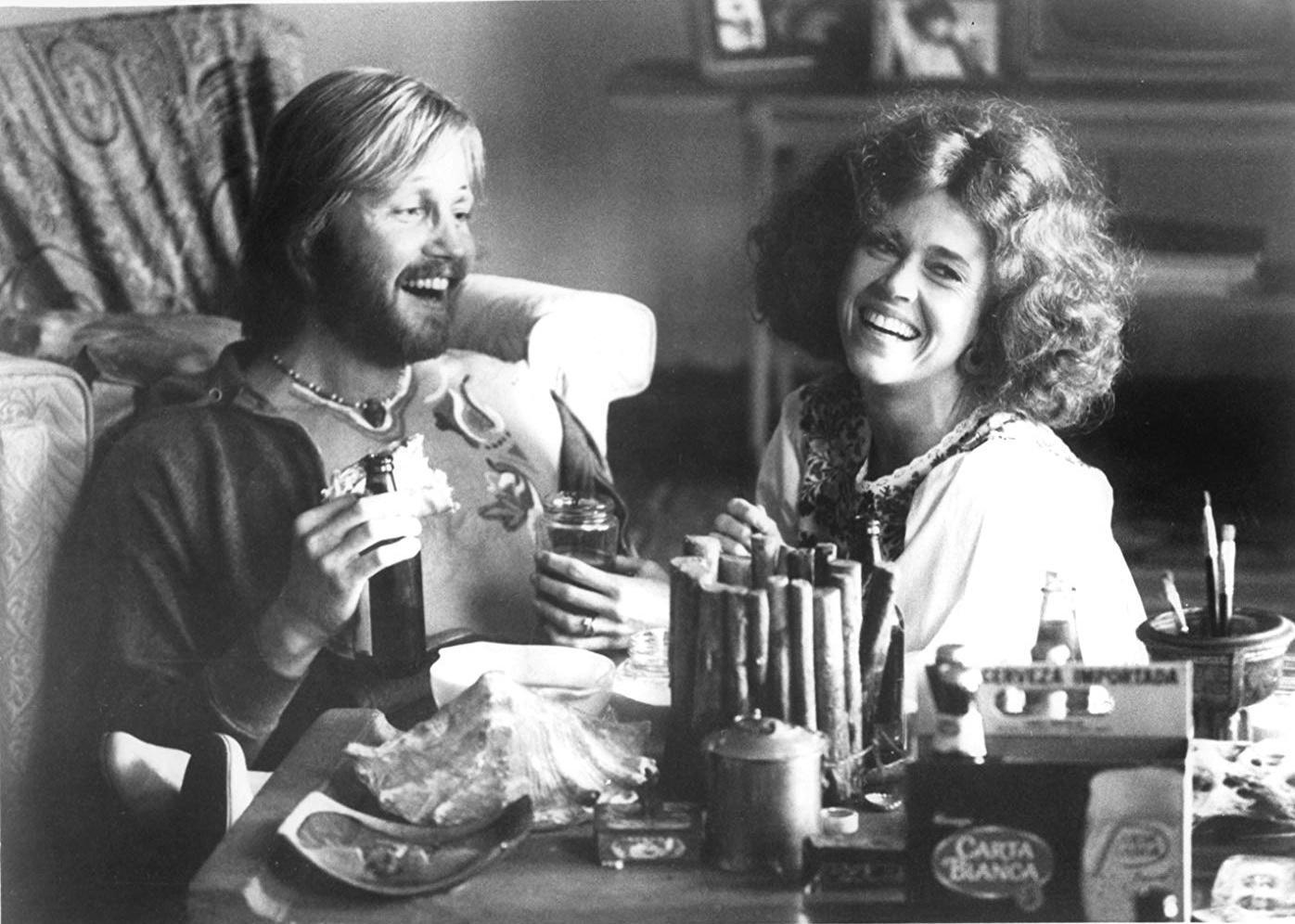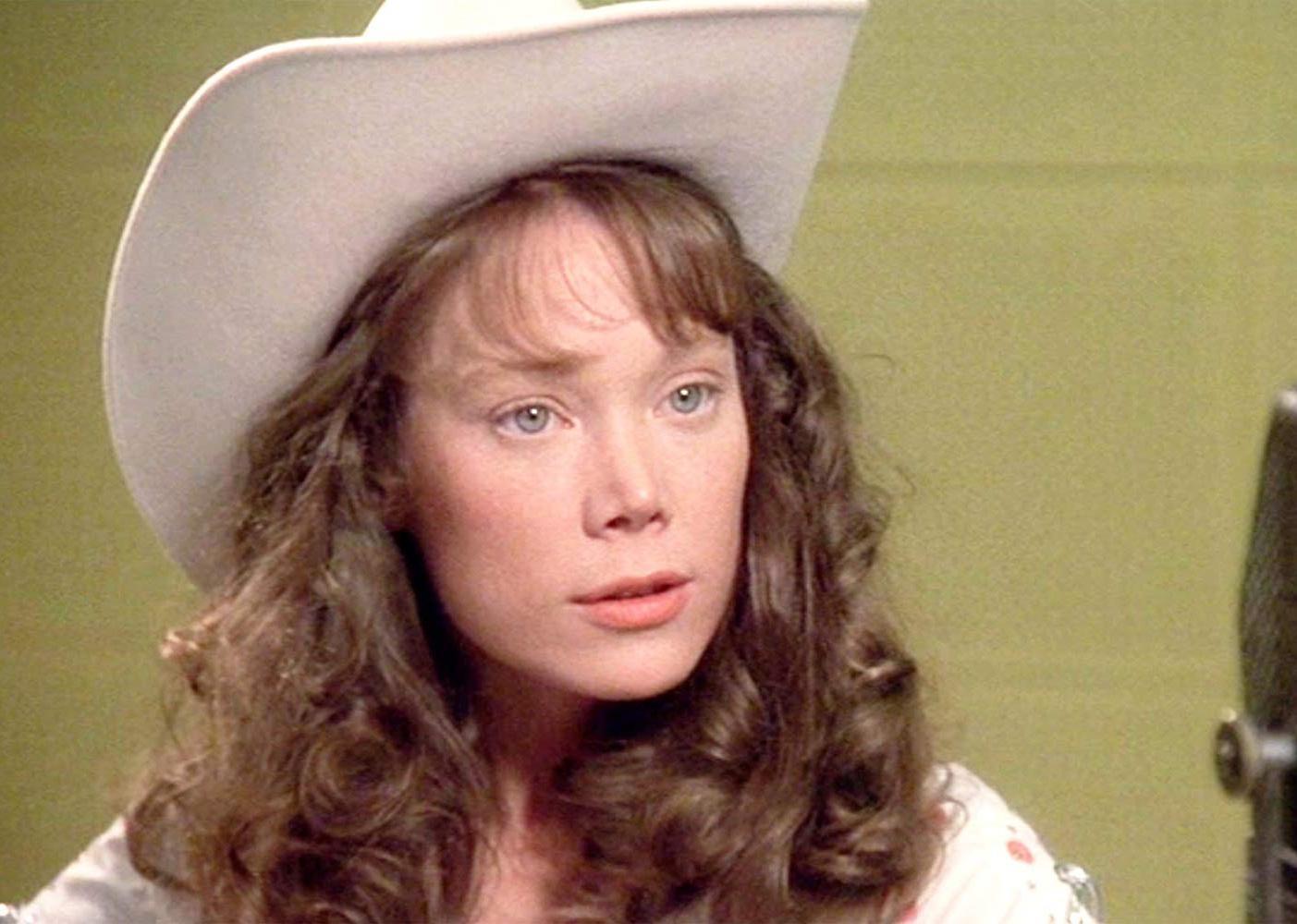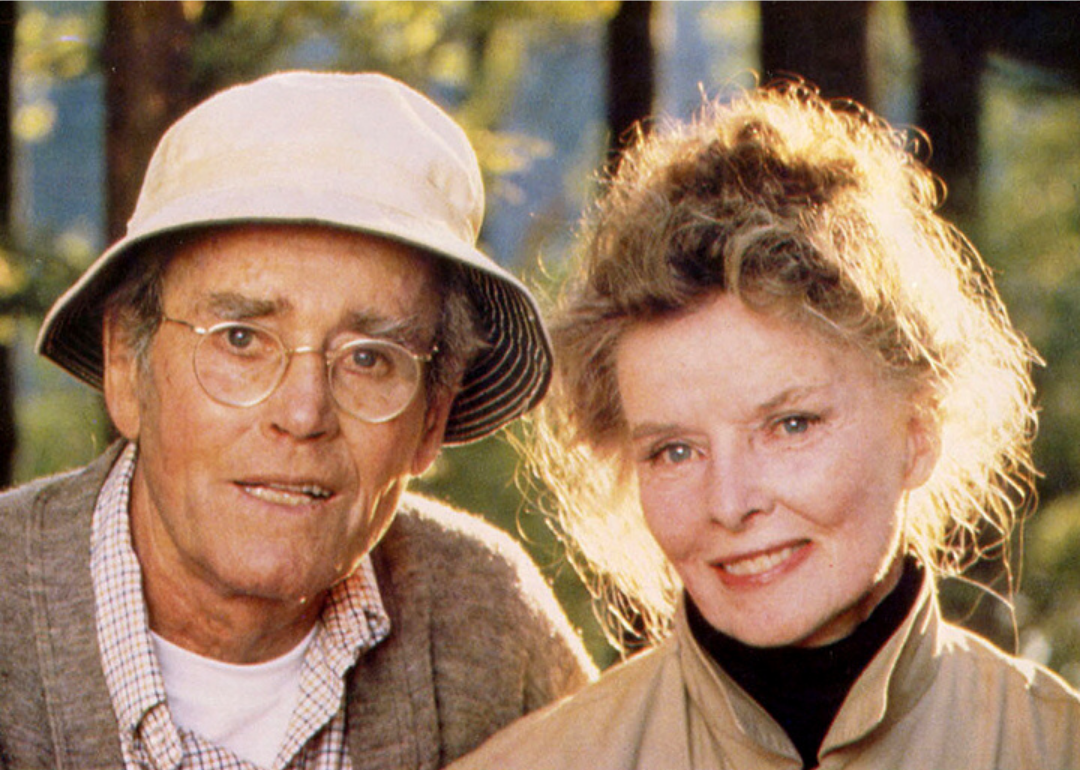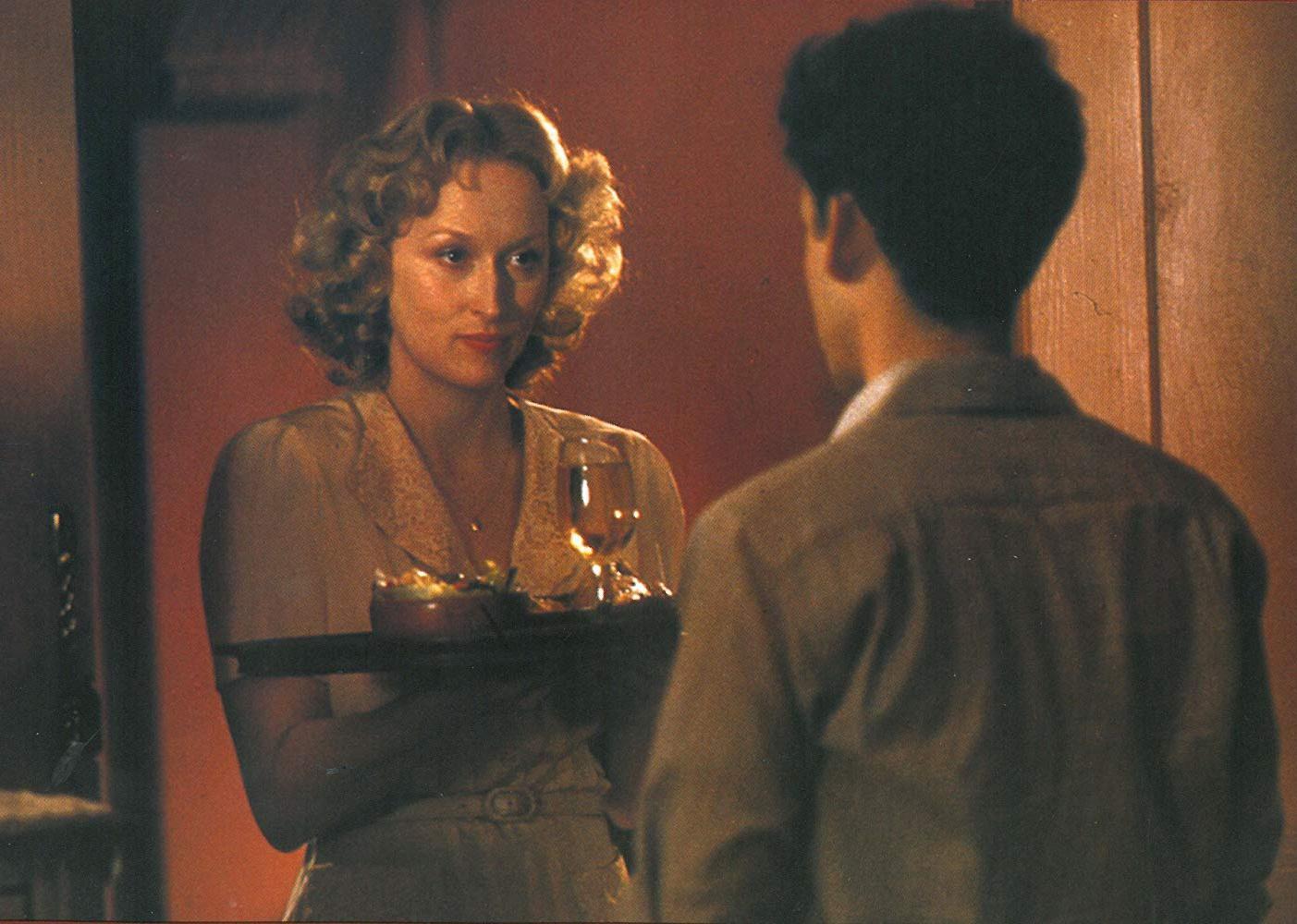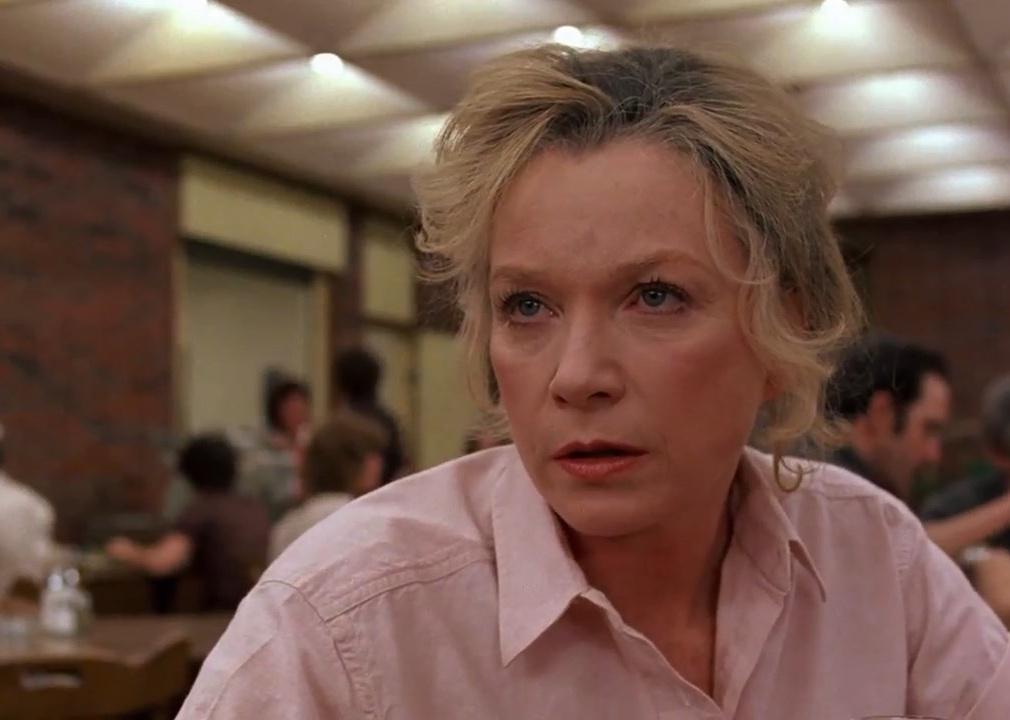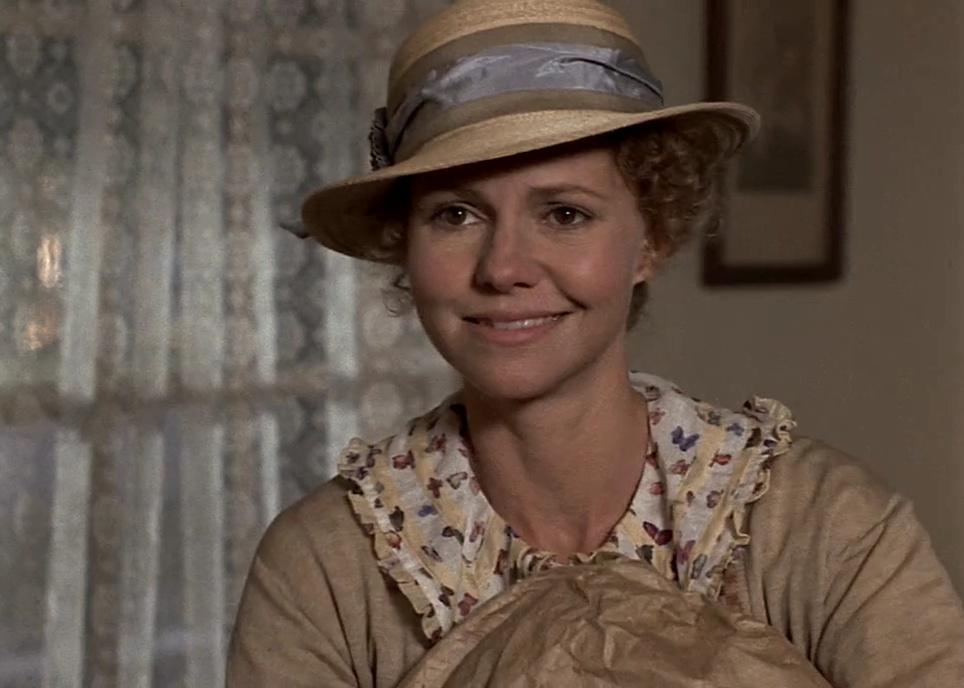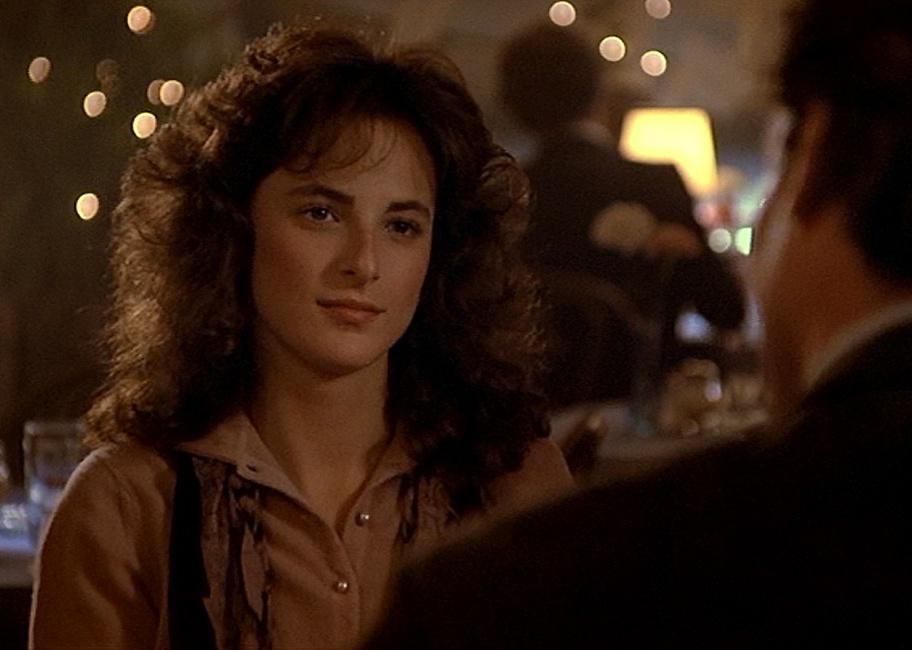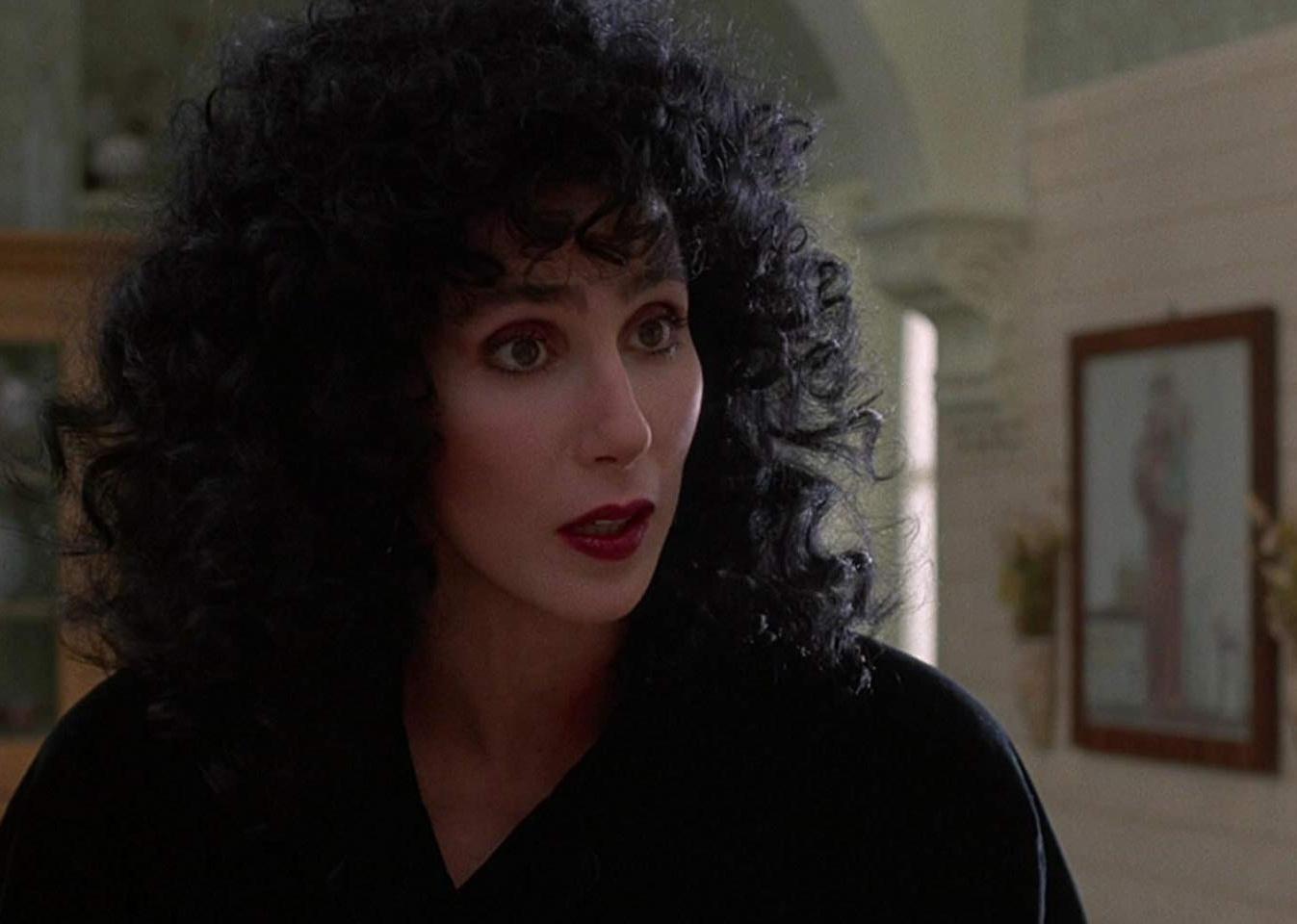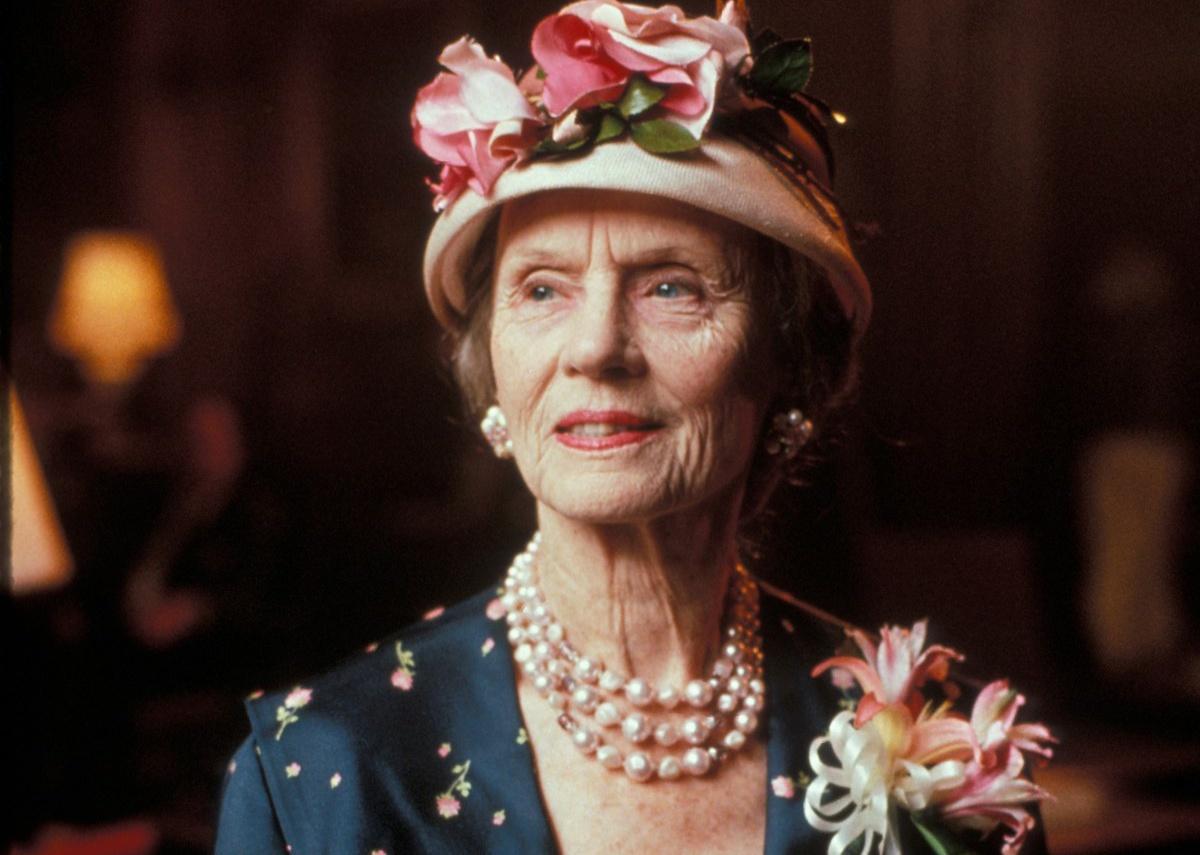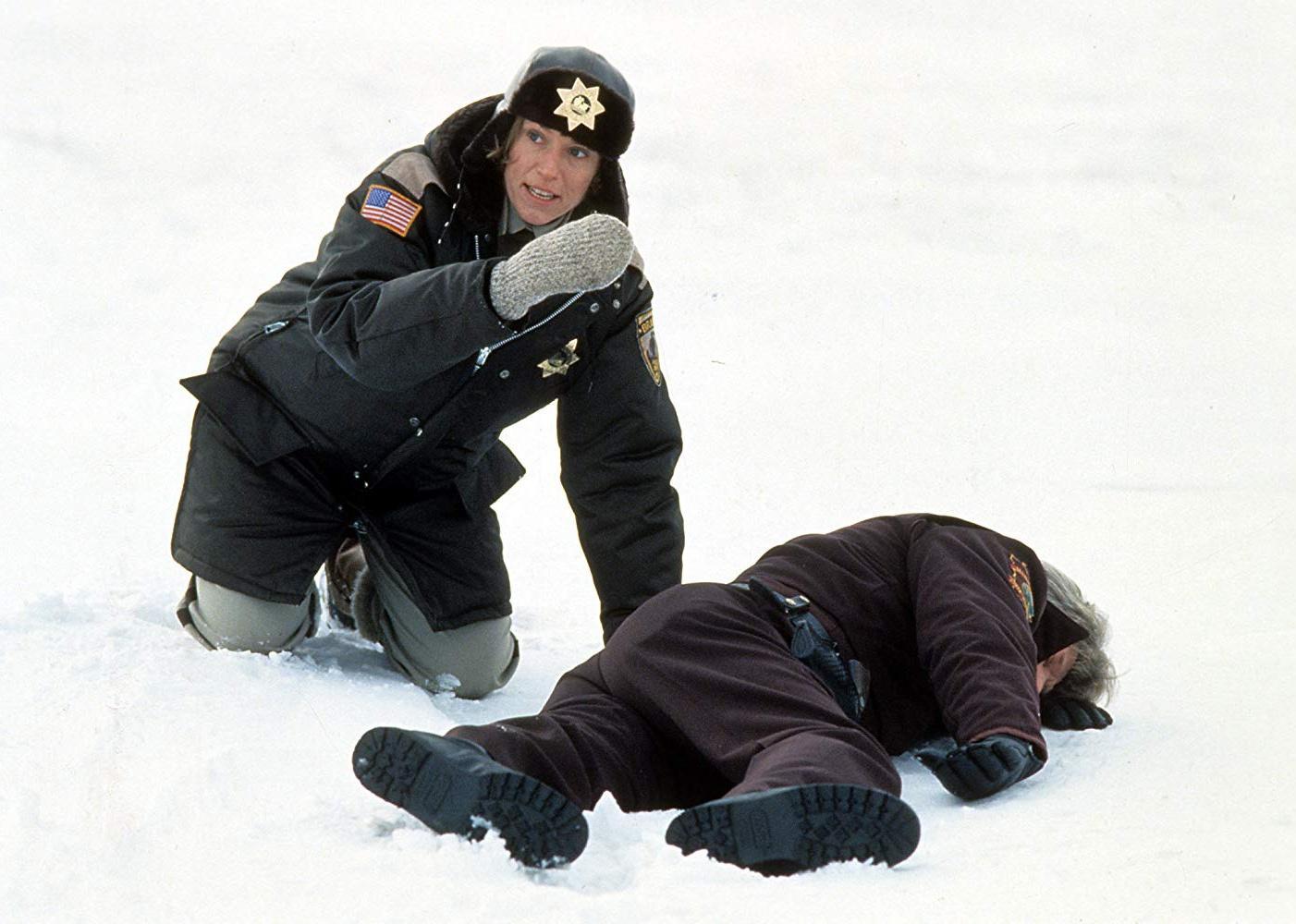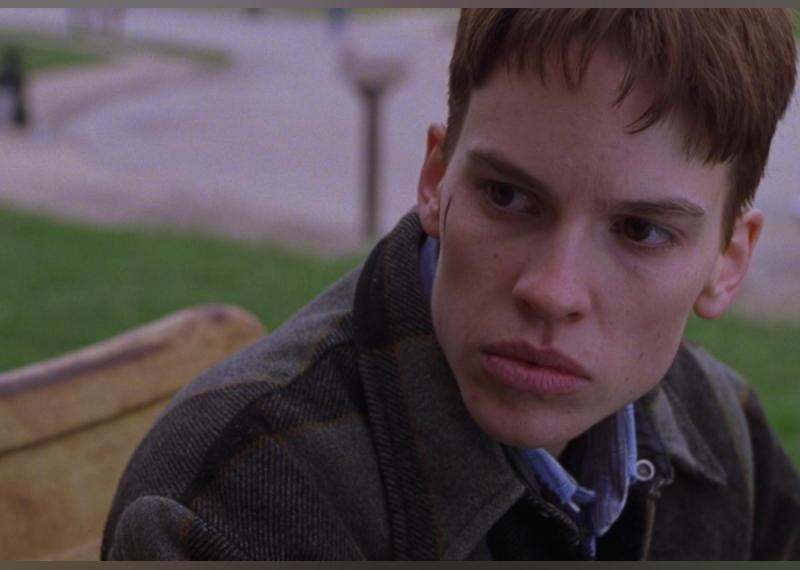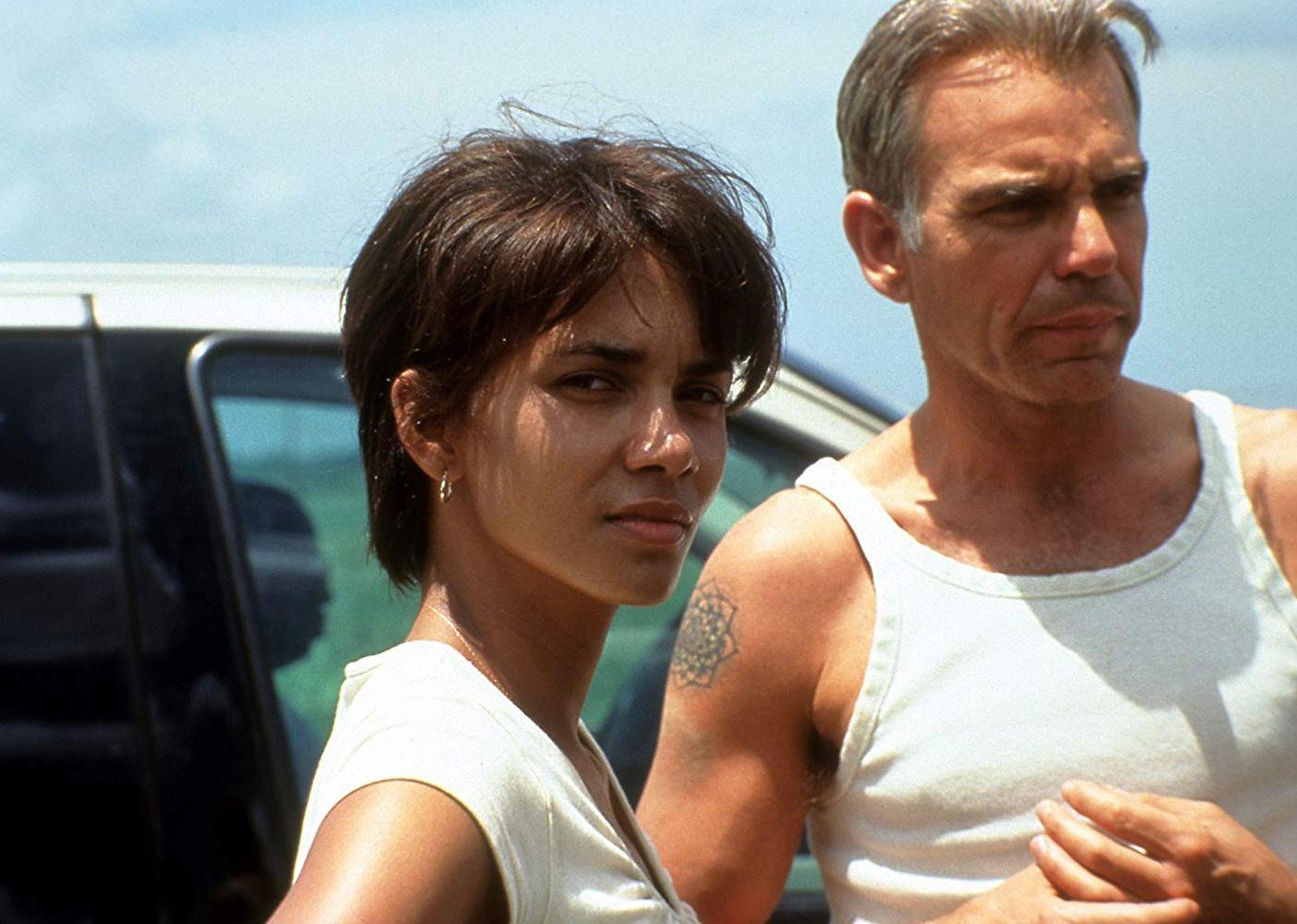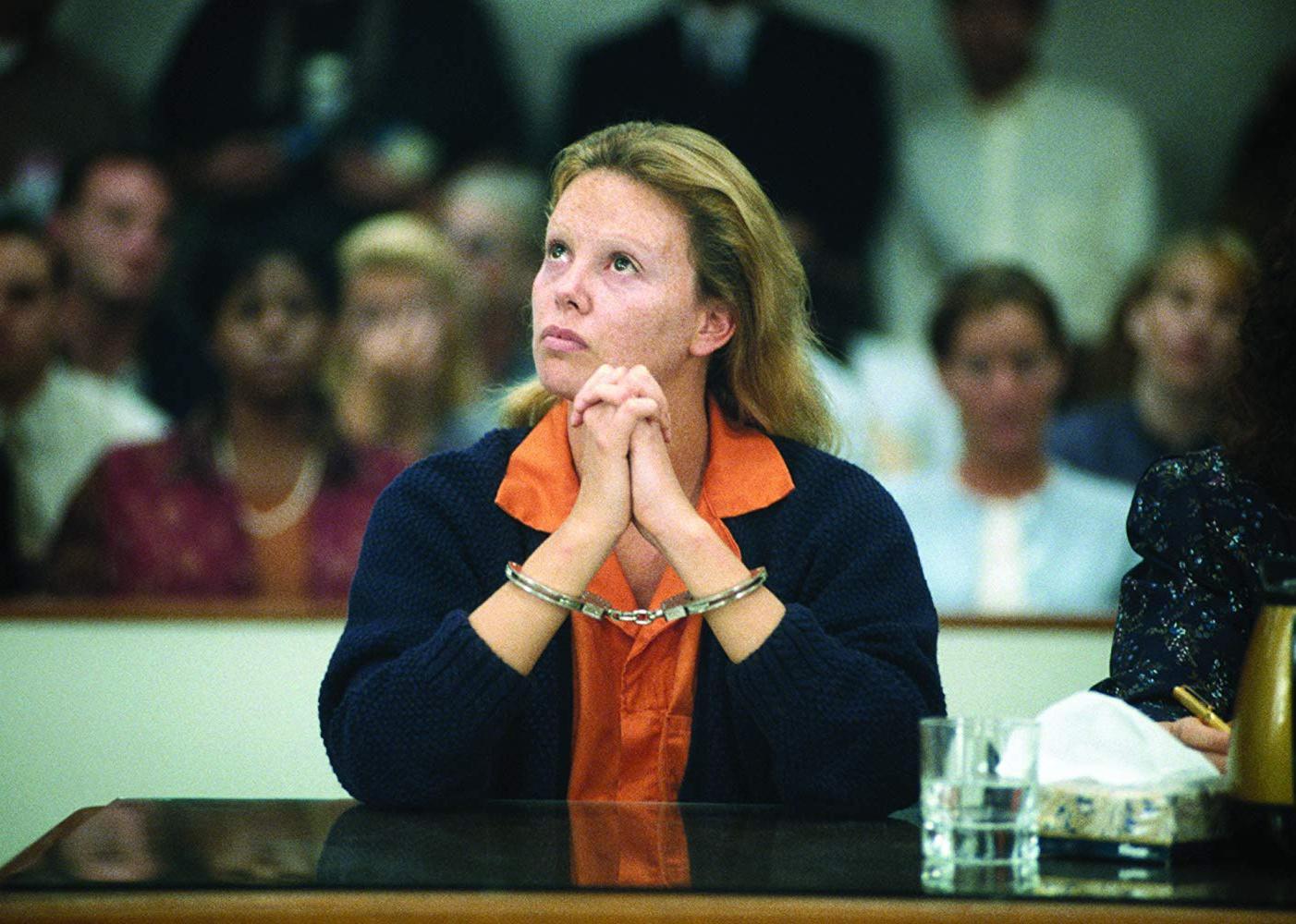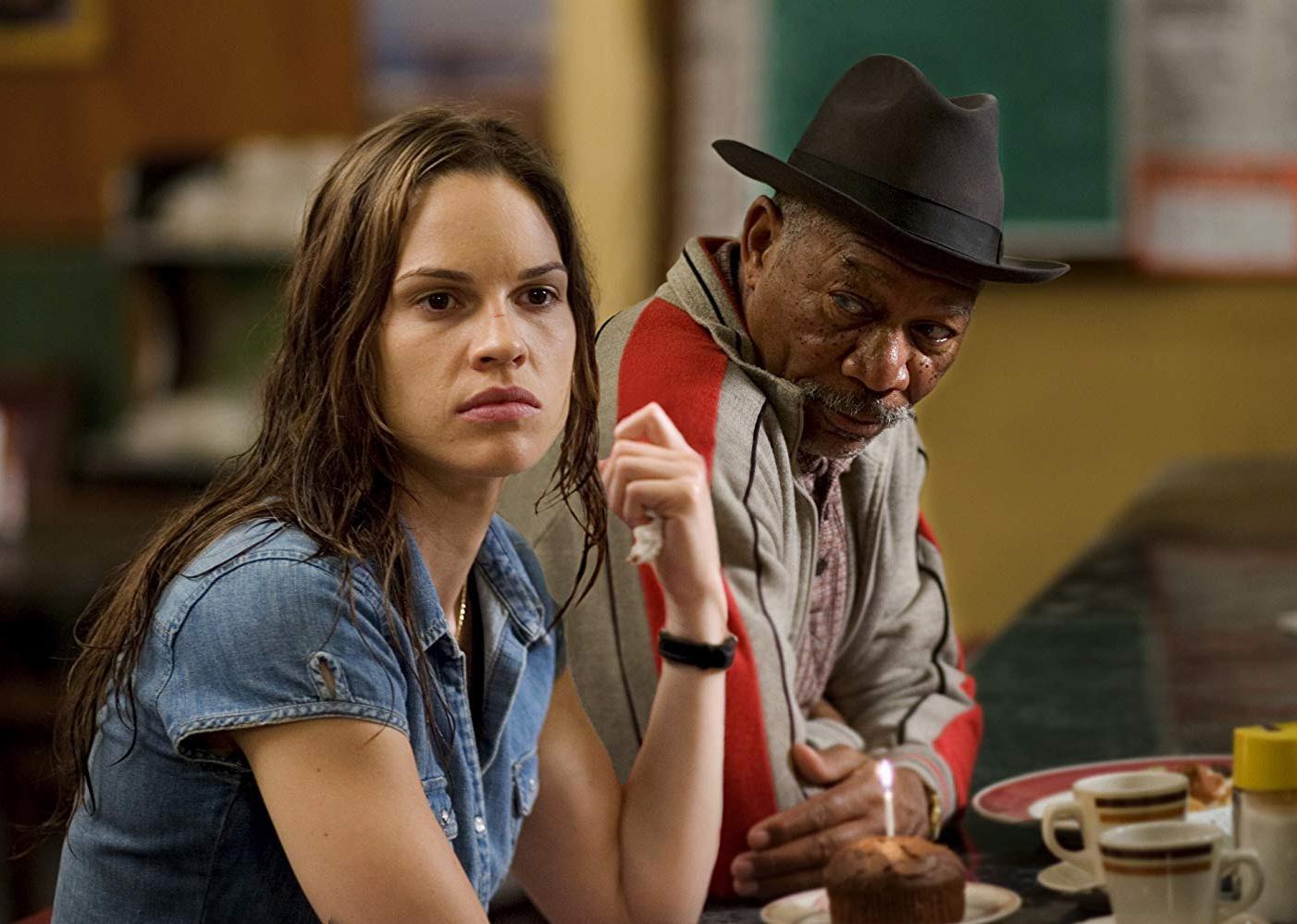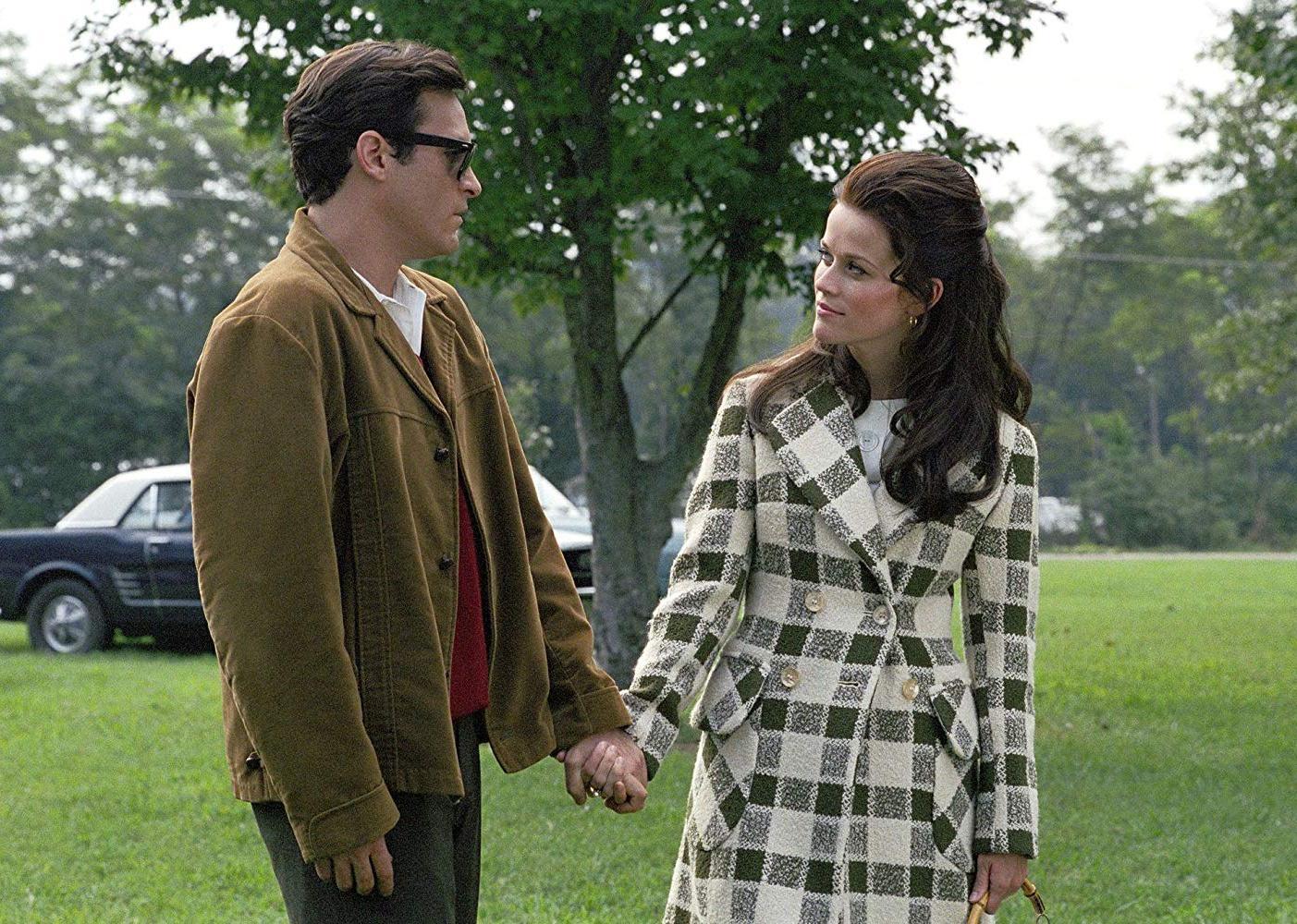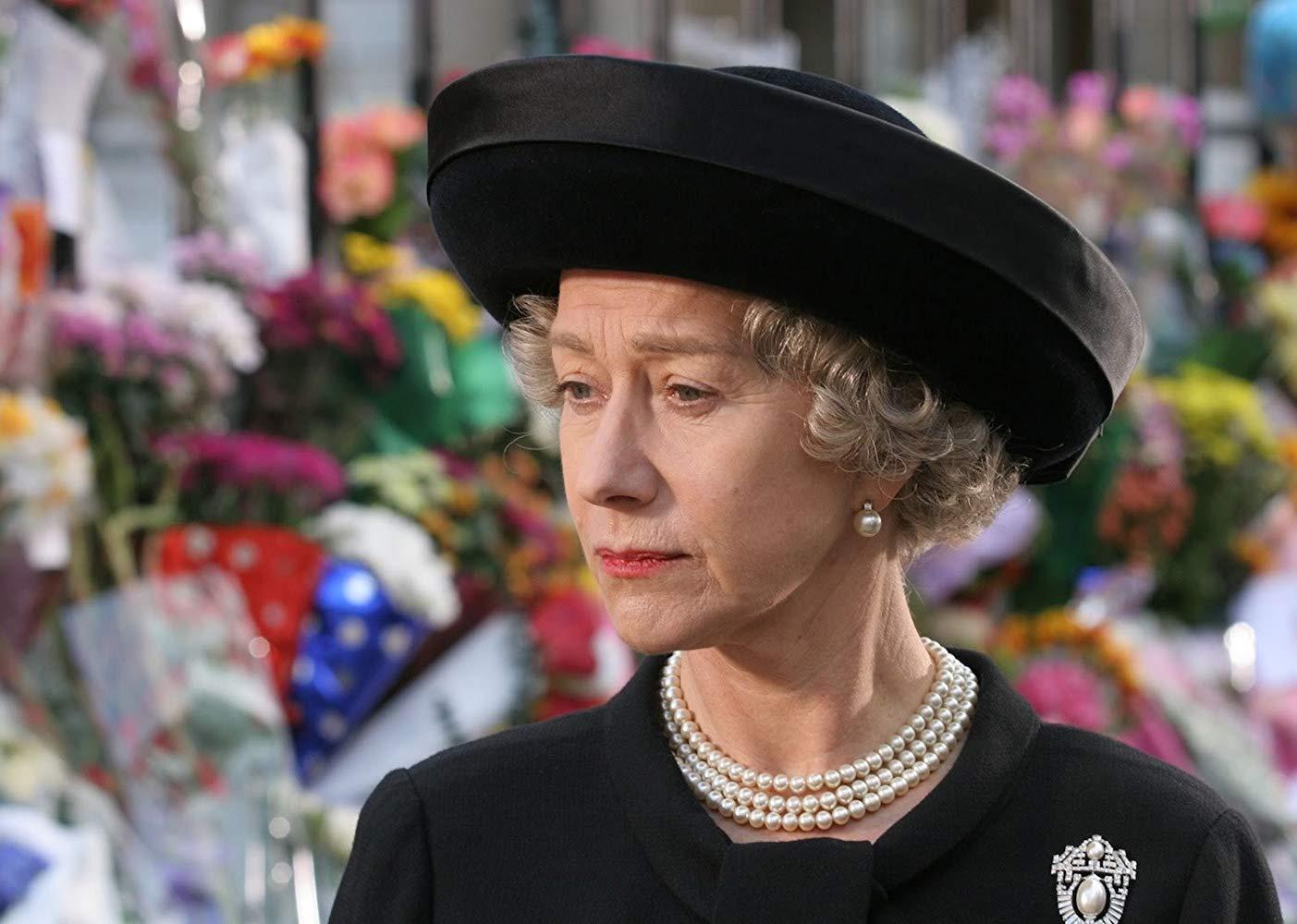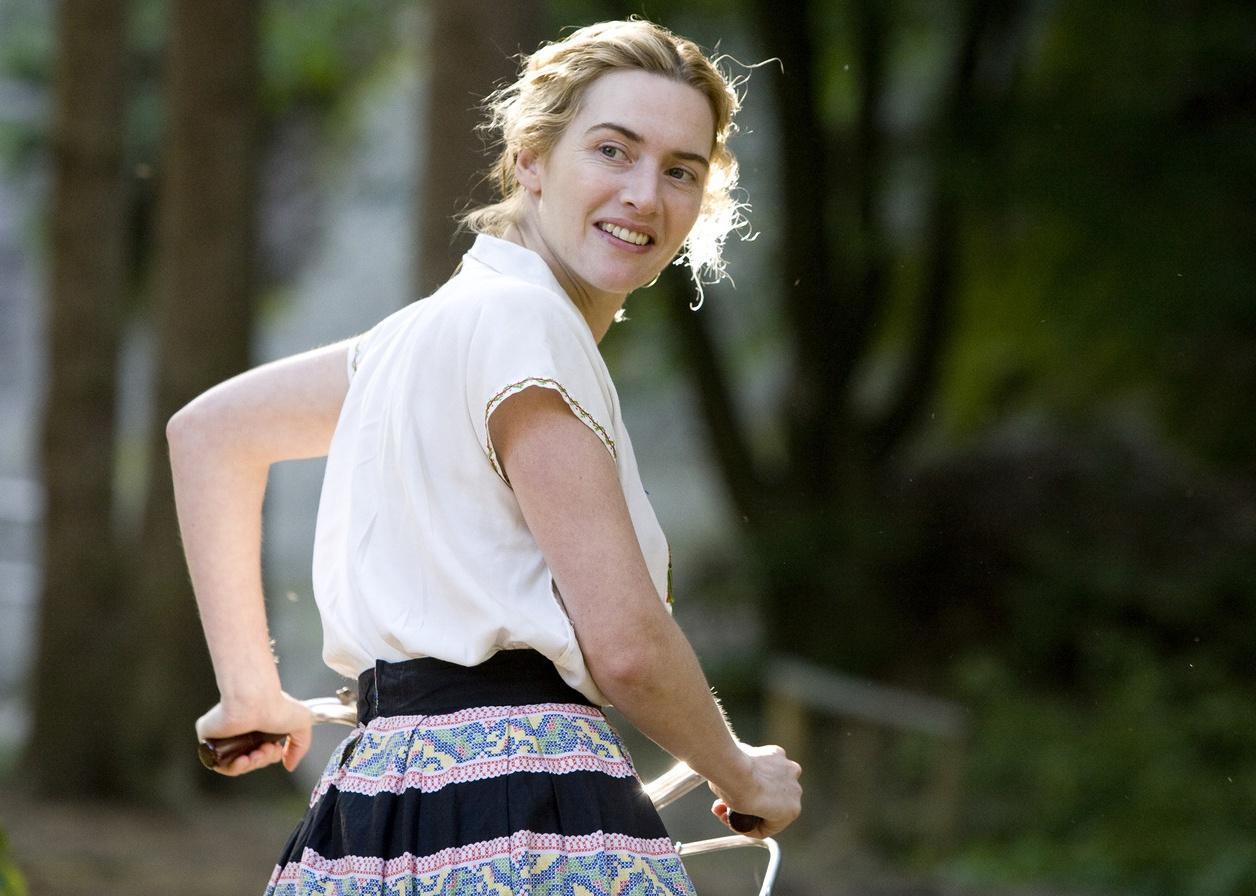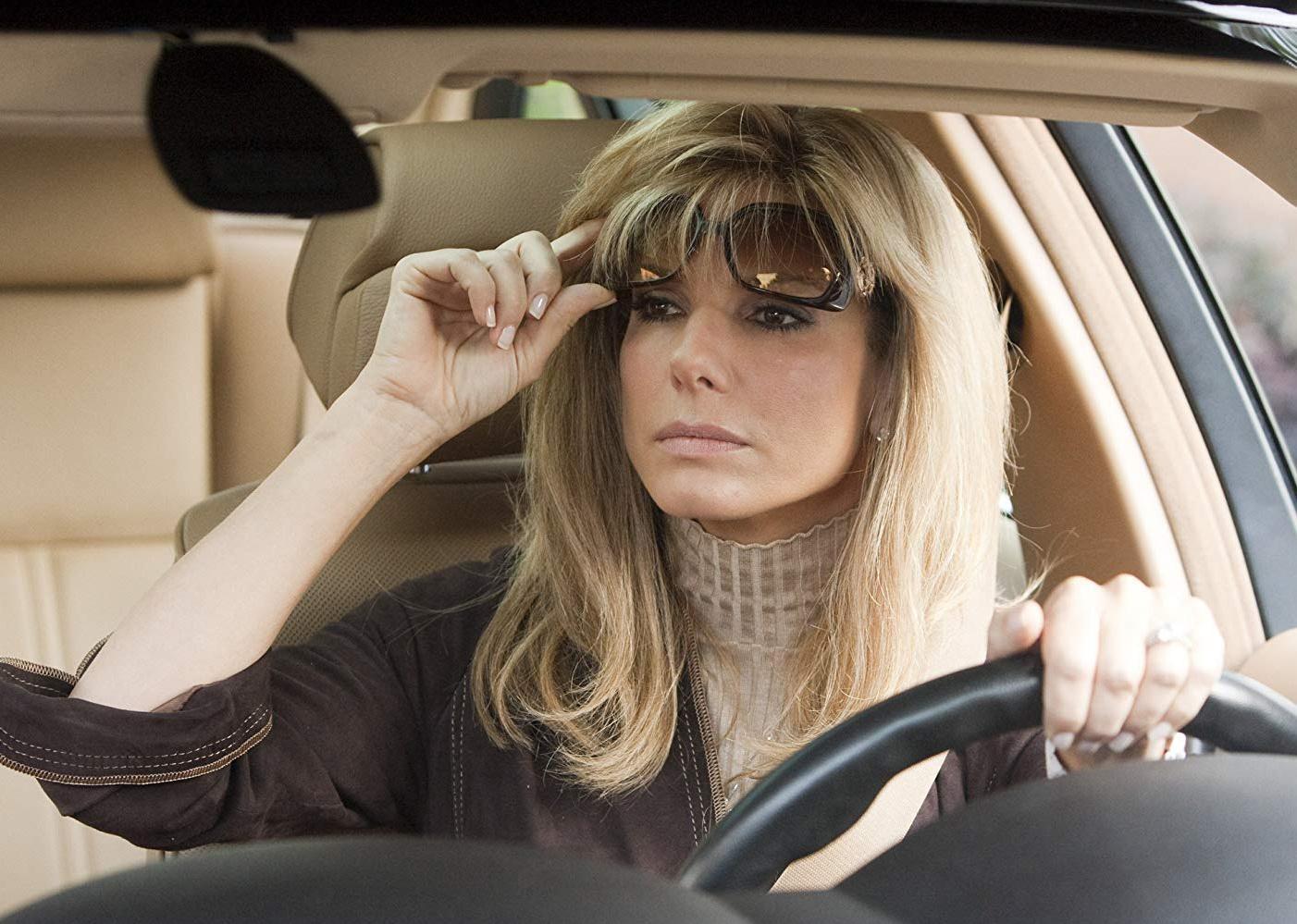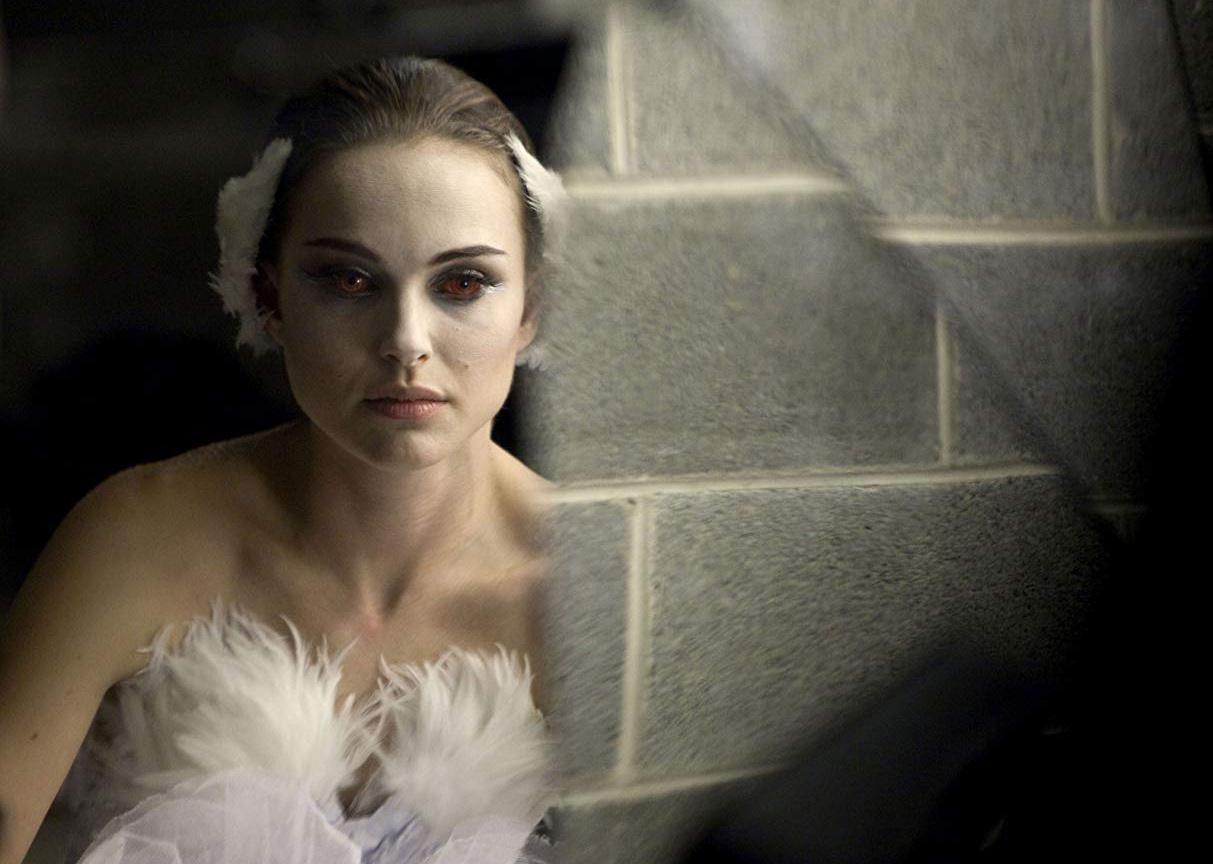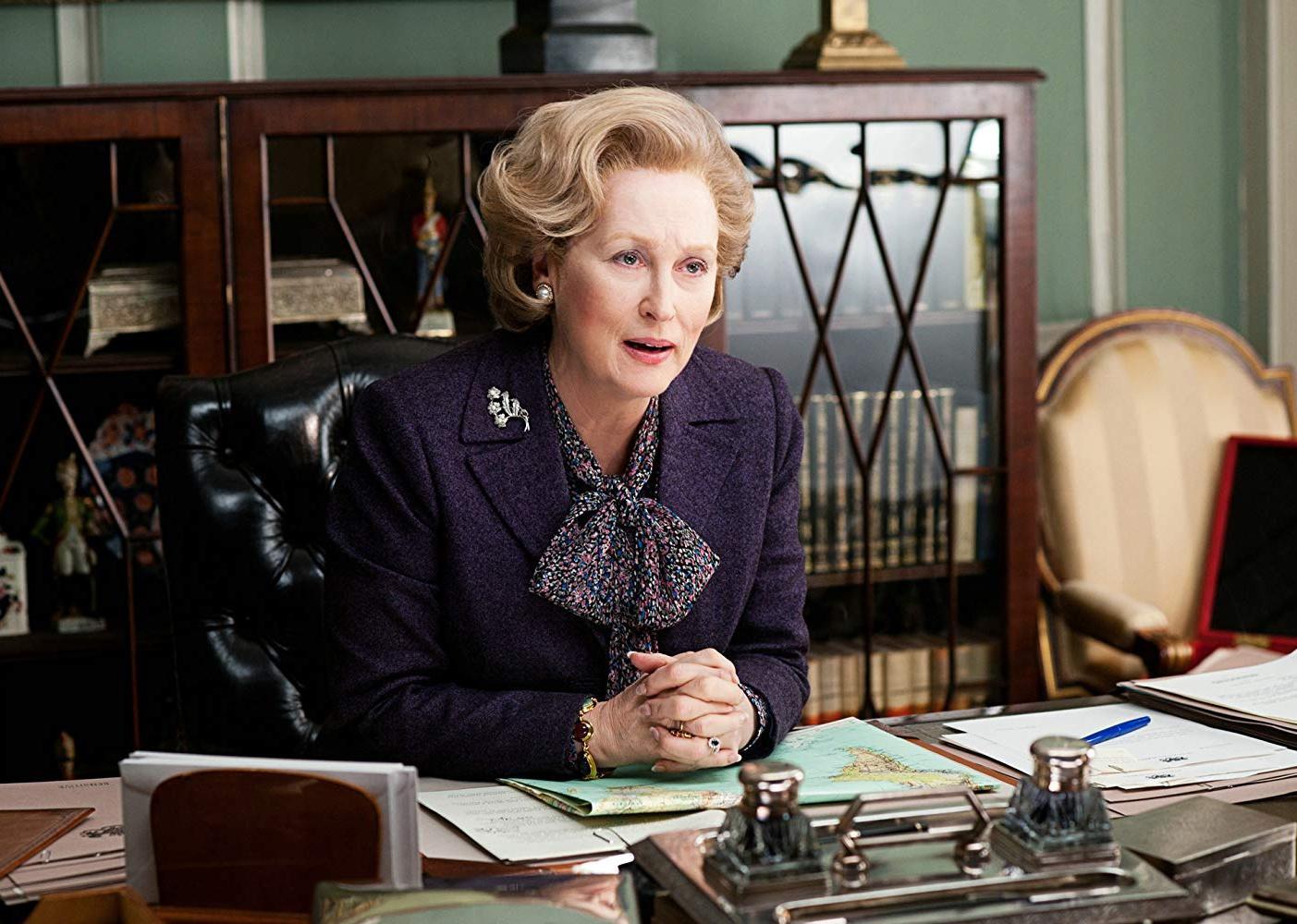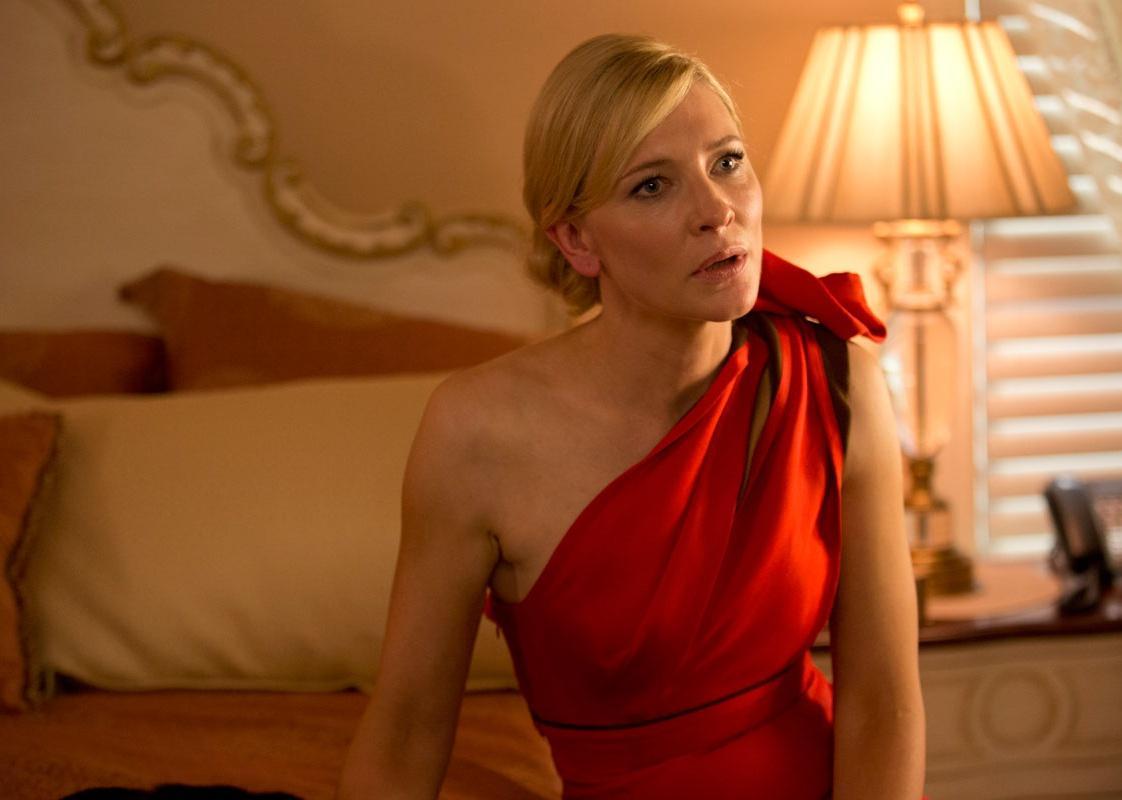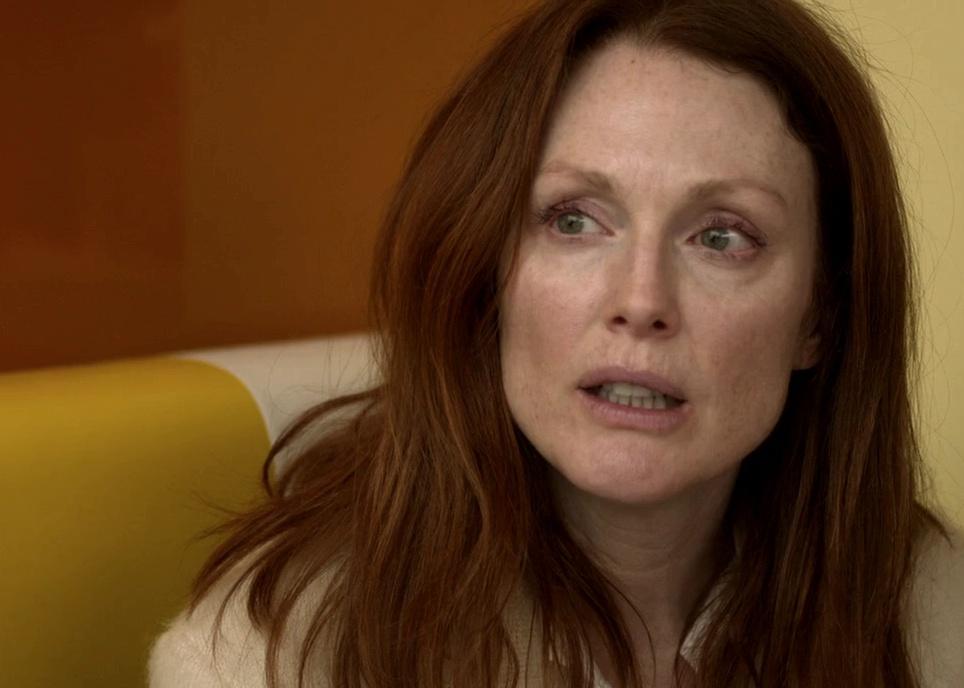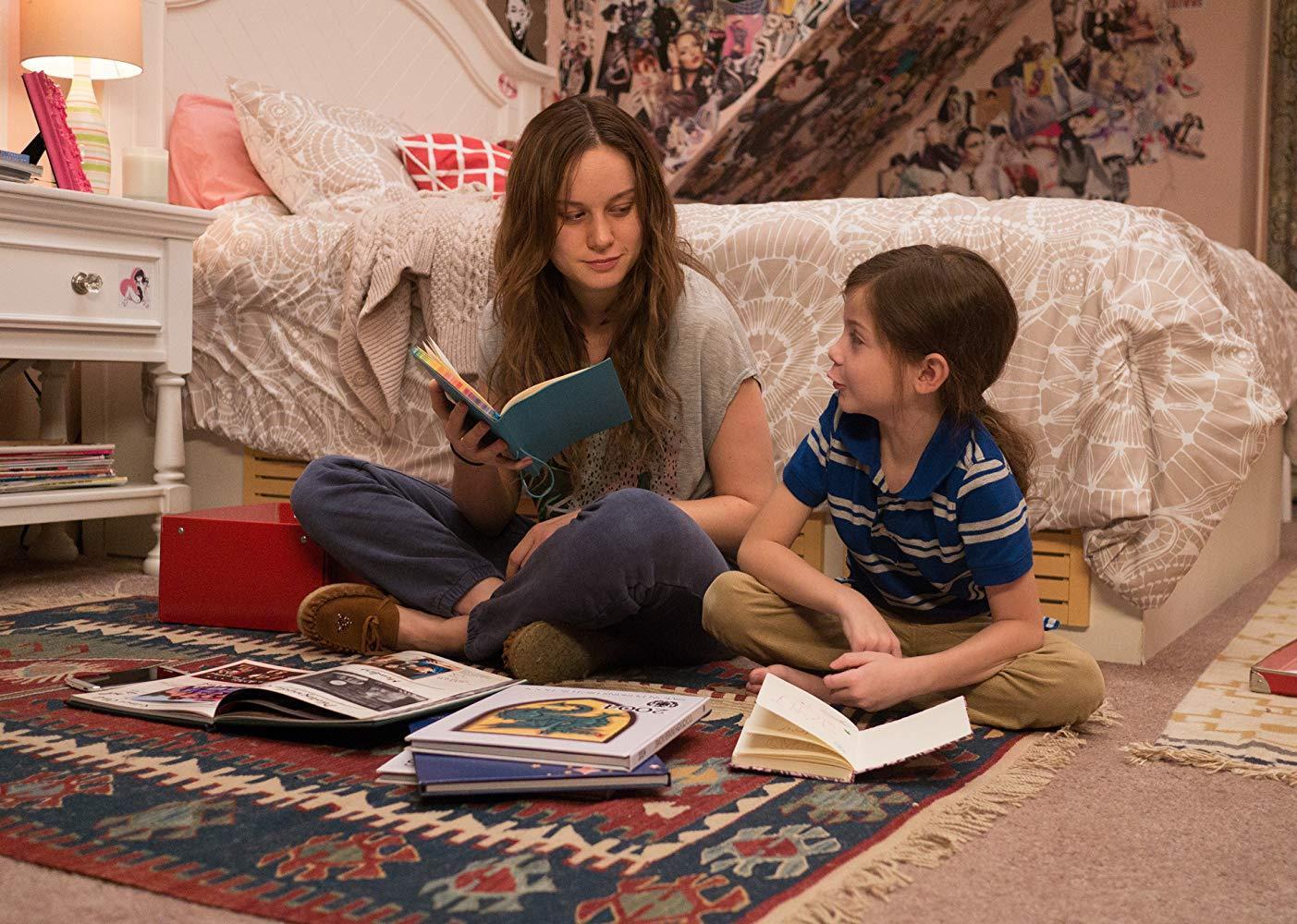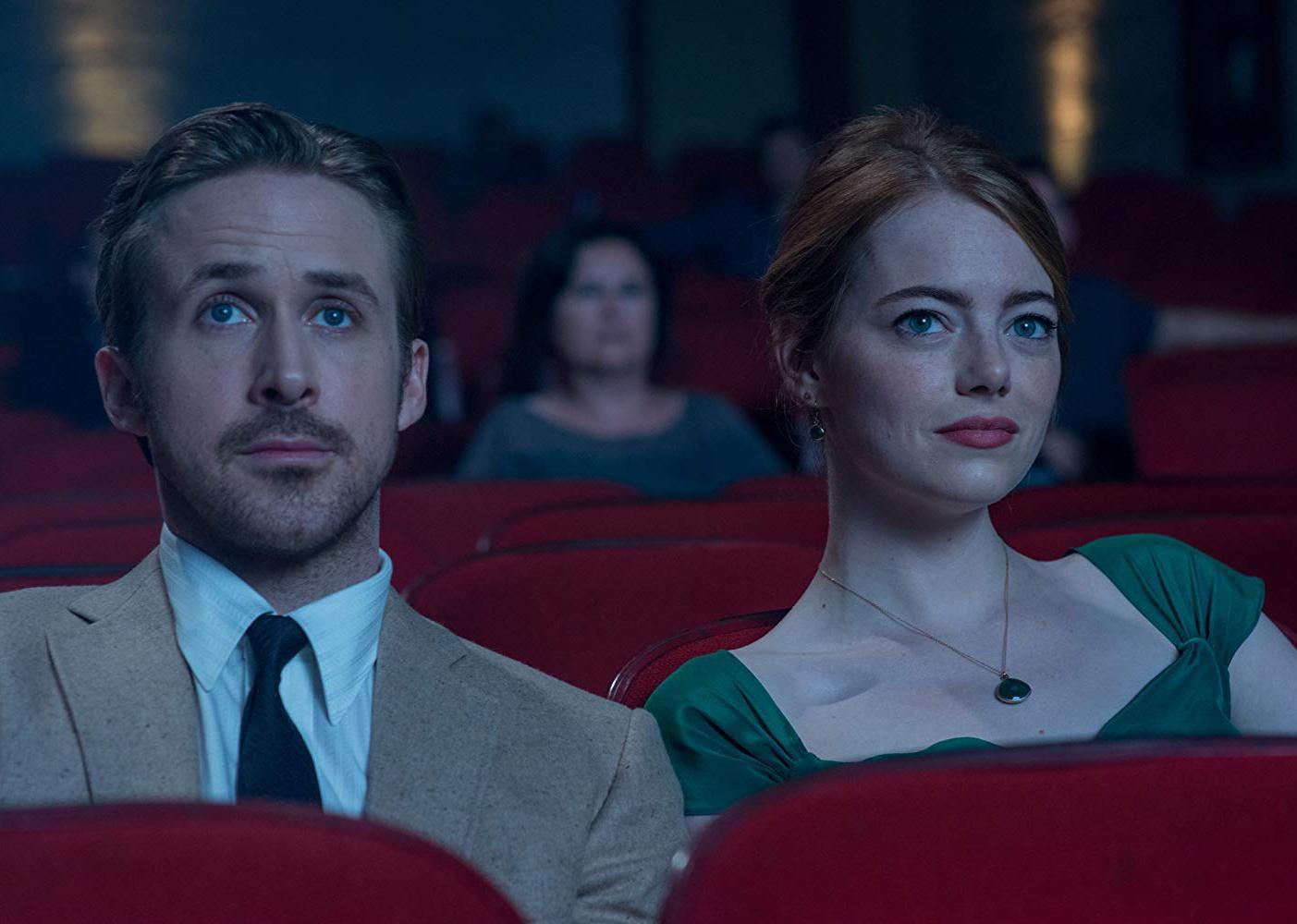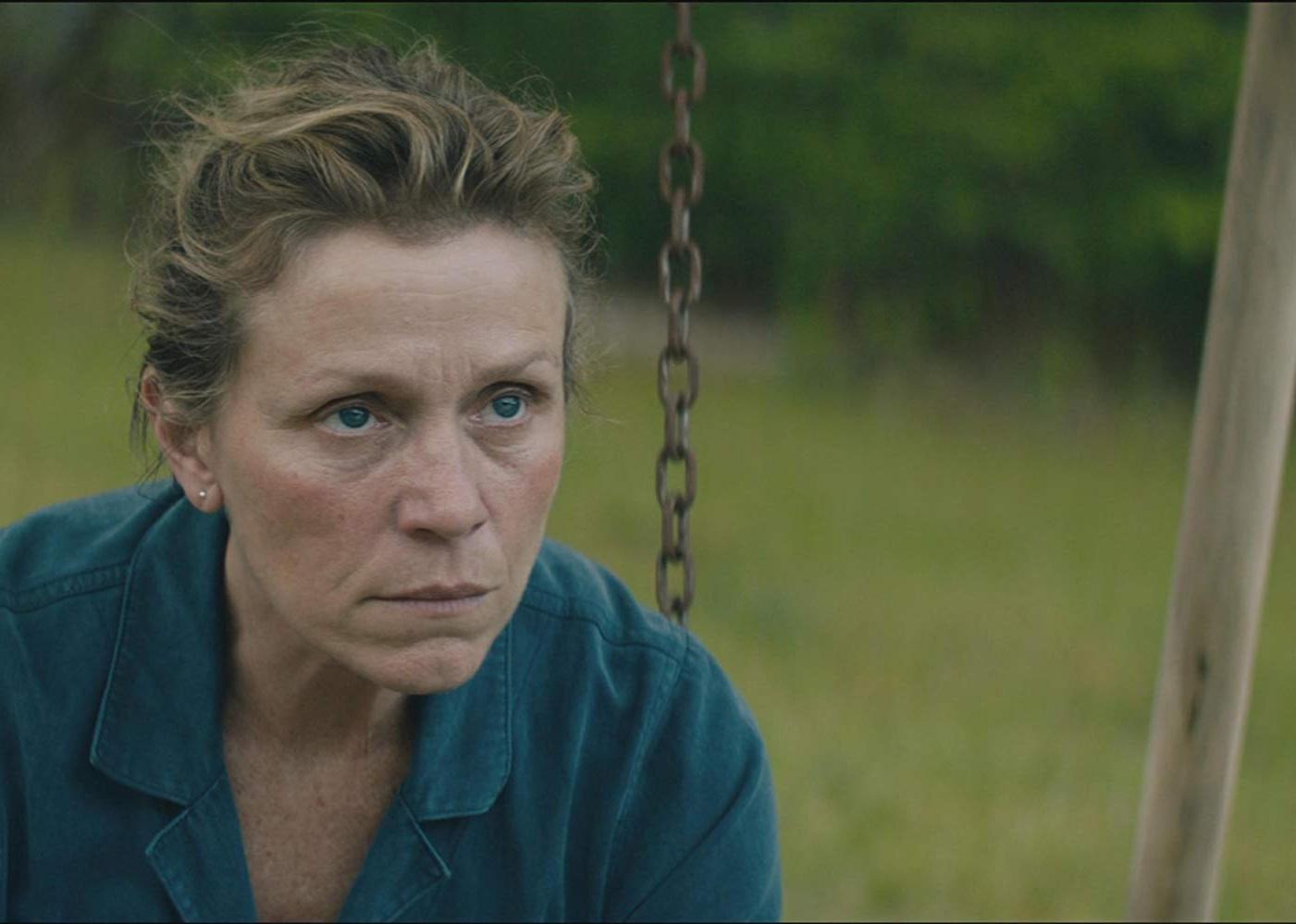Oscar Best Actress winner from the year you were born
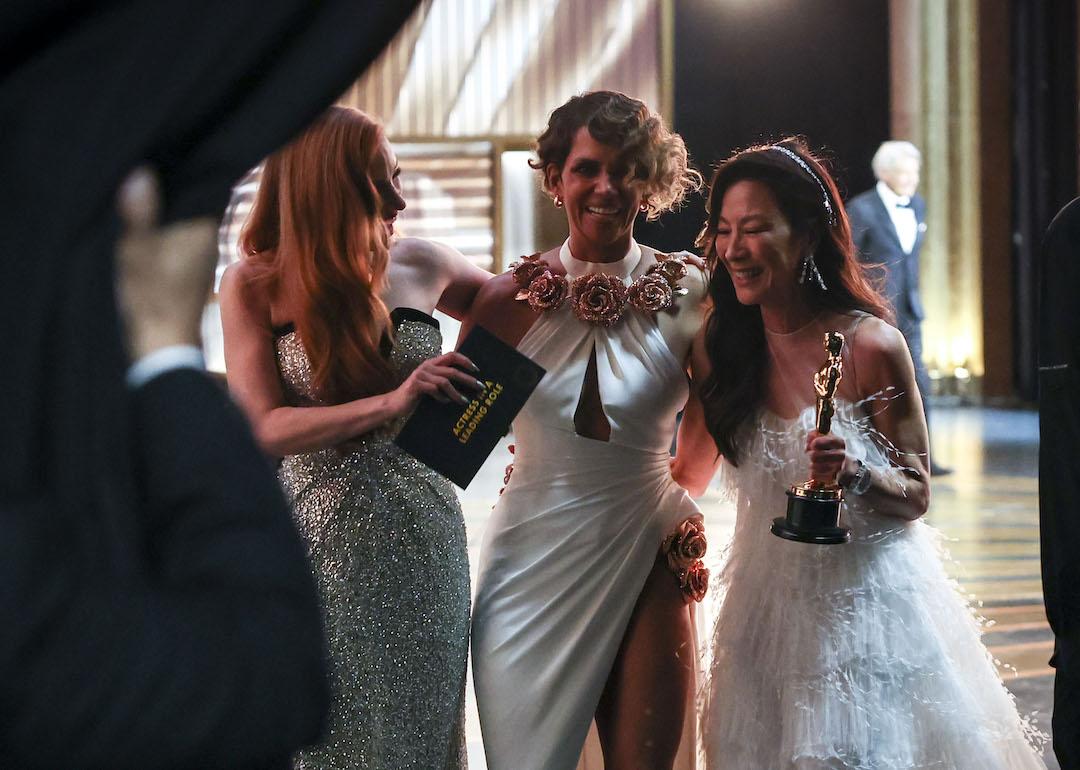
Robert Gauthier // Los Angeles Times via Getty Images
Oscar Best Actress winner from the year you were born
Best Actress Oscar winners Jessica Chastain, Halle Berry, and Michelle Yeoh at the 2023 Academy Awards ceremony.
In the over 90-year history of the Academy Awards, the Best Actress category has illuminated the finest examples of the acting craft, as well as the charge and challenge of nominating just a few women in an industry that offers unequal opportunities. The very topic wrangles in peripheral discussions on the historical depiction of female characters in film, the industry’s unfair treatment of women, nonwhite representation, and the potential elimination of gender categories at awards shows.
At the 95th Academy Awards, a couple of these issues came to light. Michelle Yeoh, the star of the much-awarded “Everything Everywhere All at Once,” became the first Asian woman to win the Oscar for Best Actress and the second woman of color to take home the award. (The first was Halle Berry, who won Best Actress at the Oscars in 2002 for her performance in “Monster’s Ball.” She remains the only Black woman who’s been awarded the Oscar in that category.)
Meanwhile, Yeoh’s co-star Jamie Lee Curtis won the Oscar for Best Supporting Actress and while she celebrated the accolade, she noted how much more room there is for gender inclusion from the Academy. “Obviously, I would like to see a lot more women be nominated so that there’s gender parity in all the areas and all the branches [of the Academy], and I think we’re getting there. We’re not anywhere near there,” Curtis told reporters backstage after her win. “That involves the bigger question, ‘How do you include everyone when there are binary choices?’ Which is very difficult, and as the mother of a trans daughter, I completely understand that.”
Before the 2023 winners, there was a long line of accomplished talents. Stacker looked back on all the Best Actress winners at the Oscars to highlight major achievements in film history. Not coincidentally, the roles for which women actors are nominated are reflective of social movements, deep emotional experiences, remarkable personalities, and occasionally a universal sense of humor.
Keep reading to discover all the Best Actress winners since the first Academy Awards ceremony. Each entry reflects the year of the film’s release and not the year of the ceremony.
You may also like: Why these famous films were banned around the globe
![]()
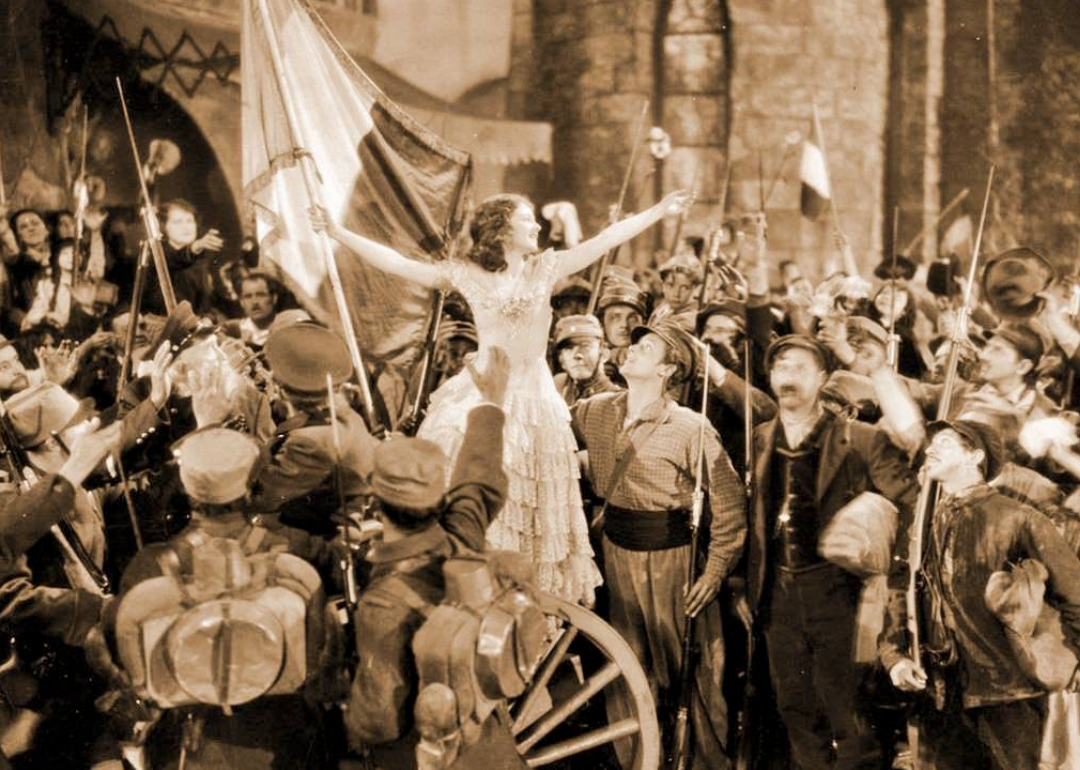
Frank Borzage Production
1928: Janet Gaynor
– Movies: “7th Heaven,” “Sunrise: A Song of Two Humans,” and “Street Angel”
Not only was Janet Gaynor the first to win this award, but she was also the only woman actor to win a single Oscar for multiple roles. As one of the biggest silent film stars of the time, Gaynor’s Best Actress win recognized her work in “7th Heaven,” “Sunrise: A Song of Two Humans,” and “Street Angel.” Gaynor was able to successfully transition her career to “talkies,” and retired at the height of her success at age 33 to start a family.
Pickford Corporation
1929: Mary Pickford
– Movie: “Coquette”
America’s Sweetheart was a Canadian theater actor who took the silent film industry firmly in hand from the minute she landed in Hollywood. Mary Pickford co-produced “Coquette”—her first talkie—which was distributed through United Artists, a company she founded with other power players Charlie Chaplin, Douglas Fairbanks, and D.W. Griffith. Out of the 36 co-founders of the Academy of Motion Picture Arts and Sciences, Pickford was the only female.
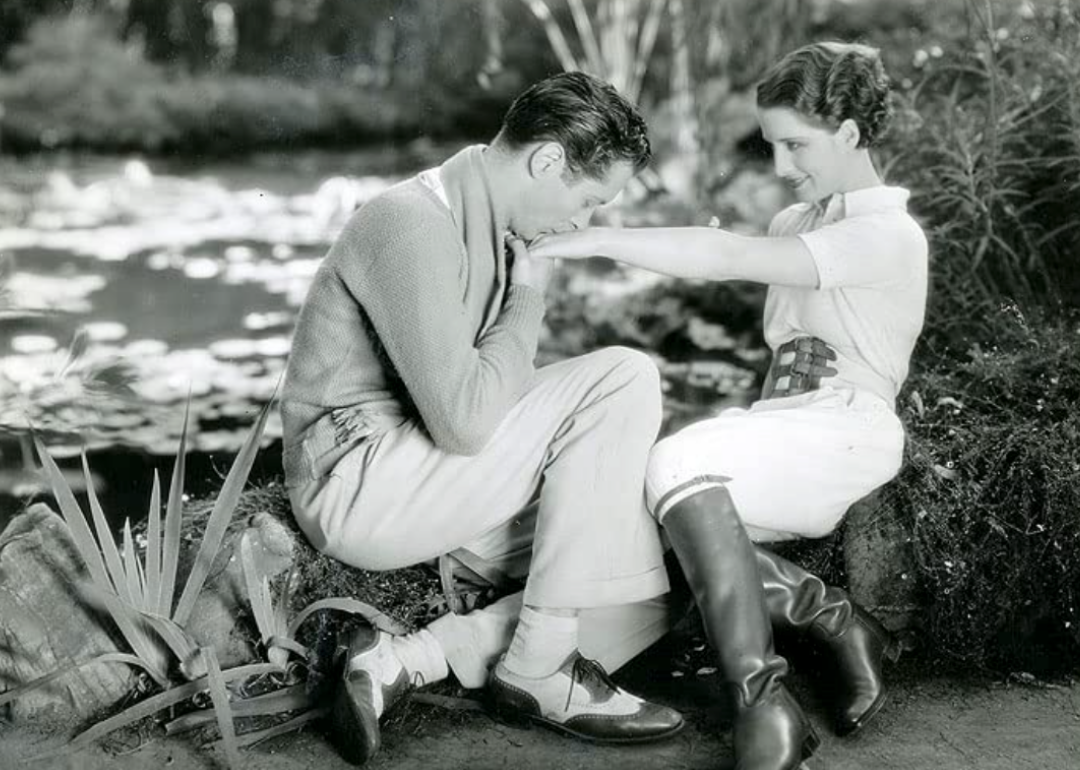
Metro-Goldwyn-Mayer (MGM)
1930: Norma Shearer
– Movie: “The Divorcee”
Norma Shearer was a spitfire, taking roles that portrayed liberated, outspoken women. Before the censorship rules were enacted in Hollywood—the Pre-Code era—she explored sexual agency and messy relationships in “The Divorcee.” For her film work, and her examples off-screen, Shearer is considered an early feminist.
MGM
1931: Marie Dressler
– Movie: “Min and Bill”
Marie Dressler was a comedian and improviser who starred in the first-ever comedy film. Her career took a downturn in the 1920s, but she stayed active in theater until her career got a second wind. At the age of 63, she earned the gold statuette for the comedy-drama “Min and Bill.”
MGM
1932: Helen Hayes
– Movie: “The Sin of Madelon Claudet”
“The first lady of American theater” and EGOT achiever—a term coined for people who have won an Emmy, Grammy, Oscar, and Tony Award—Helen Hayes made her sound film debut as the title character in “The Sin of Madelon Claudet.” It was a melodramatic role; Madelon was a prisoner, prostitute, and single mom. Hayes spent more time back on the stage after leaving this substantive mark on film.
You may also like: Sequels that outperformed the original at the box office
RKO Radio Pictures
1933: Katharine Hepburn
– Movie: “Morning Glory”
For her first of four Oscar wins, Katharine Hepburn played an actor whose self-confidence is tested at every turn. Showing early signs of the style and assuredness that would anchor her legacy, Hepburn brought her stagecraft to the screen for this dramatic, true-to-life role. The part was initially meant for another woman actor but Hepburn lobbied and won it for herself.
Columbia Pictures
1934: Claudette Colbert
– Movie: “It Happened One Night”
One of Hollywood’s most versatile actors, Claudette Colbert was also one of its best paid. She negotiated her own high fee for “It Happened One Night” and assured that filming would be completed in time for her scheduled vacation. The movie dominated the Academy Awards in 1935 with five wins and is preserved in the National Film Registry.
Warner Bros.
1935: Bette Davis
– Movie: “Dangerous”
Roles for women actors playing other women actors were the norm in pre-code films, and Bette Davis played one of the most damaged and redeemed in “Dangerous.” Her willingness to spend time in grit before the glamorous final act was reflected in the daringness she showed throughout her celebrated career.
Metro-Goldwyn-Mayer (MGM)
1936: Luise Rainer
– Movie: “The Great Ziegfeld”
“The Great Ziegfeld” was a glitter-costumed, highly soundtracked extravaganza. Though by today’s standards, her role would have been considered for the Supporting Actress category, Luise Rainer’s heartfelt performance in just one standout dramatic scene won her the statuette. Exceeding everyone’s expectations turned out to be her thing.
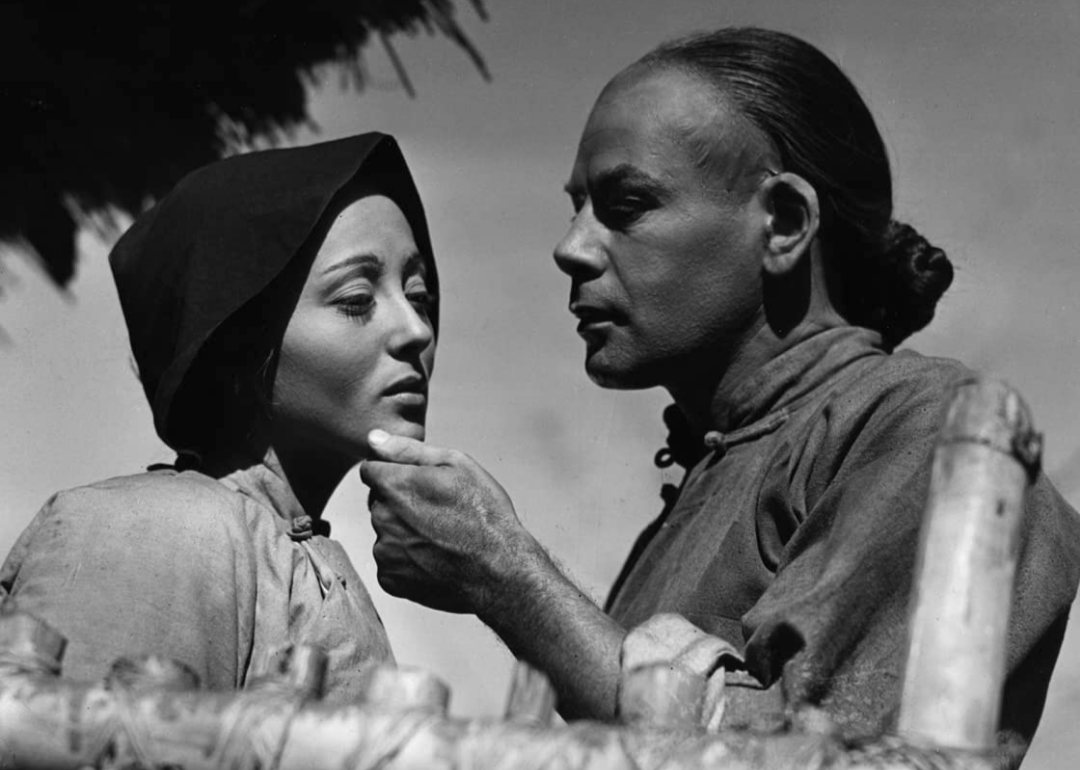
Metro-Goldwyn-Mayer (MGM)
1937: Luise Rainer
– Movie: “The Good Earth”
Luise Rainer returned to the winners’ podium for a second consecutive year for playing a Chinese servant in “The Good Earth.” Discriminatory film code at the time opened up the role for Rainer, as race mixing prevented casting a Chinese actor to play opposite Paul Muni, the white actor cast as the husband.
You may also like: Best Clint Eastwood movies
Warner Bros.
1938: Bette Davis
– Movie: “Jezebel”
For her second win, Bette Davis played a headstrong, but vulnerable young woman in the antebellum South. Expertly shifting between a hard and soft demeanor, this role solidified Davis as a leading lady despite the studio’s doubts about her ability to pull it off.
Selznick International Pictures
1939: Vivien Leigh
– Movie: “Gone with the Wind”
From a talent pool of 1,400 women actors, it was Vivien Leigh who earned a starring role in one of the greatest movies of all time. Always noted for her stunning beauty, Leigh found her looks to burden the years of drama school and stage experience that informed her art. In this film, both of her unique attributes etched Scarlett O’Hara into cinematic history.
RKO Radio Pictures
1940: Ginger Rogers
– Movie: “Kitty Foyle”
Before she worked “backwards and in high heels,” Ginger Rogers took the title role of Kitty Foyle to the Oscar podium. Portraying a woman who endures the loss of father and child, class discrimination, and trifling men, Rogers showed true resiliency. The film was considered a vivid reflection of the everyday struggles of working women at the time.
RKO Radio Pictures
1941: Joan Fontaine
– Movie: “Suspicion”
For her work in this suspense thriller, Joan Fontaine won the only Oscar ever awarded for an acting performance in a Hitchcock film. Her elegant performance was likely informed by her privileged, curious life. Fontaine not only lived in Japan for a time, but was also a licensed pilot, a Cordon Bleu-level chef, and a politically active Democrat. She was an early advocate and generous donor to animal rights groups.
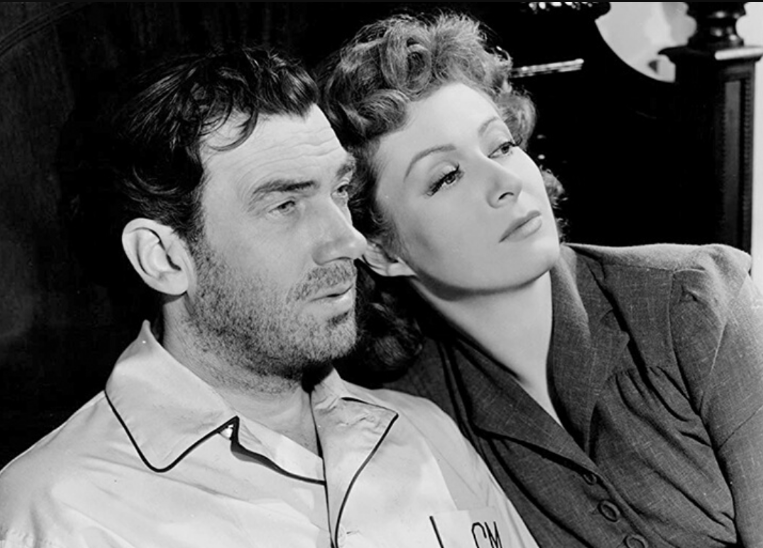
Metro-Goldwyn-Mayer (MGM)
1942: Greer Garson
– Movie: “Mrs. Miniver”
“Mrs. Miniver,” a patriotic wartime melodrama, earned a place in the National Film Registry for its cultural significance. One of the first films to depict the horror and heroism of World War II, the film gave classically trained theater actor Greer Garson a platform for her impassioned performance as a woman in embattled London. Garson used her superstardom and wealth to establish and support theaters and theater programs around the U.S.
You may also like: Most widely watched but universally hated movies of all time
Twentieth Century Fox
1943: Jennifer Jones
– Movie: “The Song of Bernadette”
Based on a bestselling biography, “The Song of Bernadette” offered Jennifer Jones the unique opportunity to play a saint. While her personal life was tragic, Jones translated her challenges into public good. She established the Jennifer Jones Simon Foundation For Mental Health and Education after her daughter committed suicide and was active in the art community, especially as director of the Norton Simon Museum.
Metro-Goldwyn-Mayer (MGM)
1944: Ingrid Bergman
– Movie: “Gaslight”
A highly awarded and internationally significant actor, Ingrid Bergman won her first Oscar—and a Golden Globe—for her role as an emotionally abused wife. In the film, her husband tries to drive her insane to keep her unaware of his past and intentions. This movie inspired the term “gaslight” now frequently used to describe that particular manipulation.
Warner Bros.
1945: Joan Crawford
– Movie: “Mildred Pierce”
This iconic film noir is one of Joan Crawford’s most memorable projects. Hard-boiled drama is where she excelled, and it certainly followed her throughout her public personal life. Her sharp emotional edges drove her acting style, and her relentless, aggressive self-promotion and self-protection were just as edgy. Crawford modeled outspokenness and game-playing in the Hollywood system—qualities formerly reserved for male counterparts.
Paramount Pictures
1946: Olivia de Havilland
– Movie: “To Each His Own”
Along with her sister Joan Fontaine, Olivia de Havilland became the other half of the rare sibling Oscar winners for her performance in “To Each His Own.” This wartime romance elevated the tropes of the single mom, the abandoned lover, the fatherless woman, and the lady patriot so de Havilland could sink into her experience and resiliency in troubled relationships.
RKO Radio Pictures
1947: Loretta Young
– Movie: “The Farmer’s Daughter”
Politics played a major role in Loretta Young’s life. In “The Farmer’s Daughter,” she won an Oscar for playing a farm girl who becomes a congressman’s maid and becomes a candidate herself. Young was very active in the Republican Party in real life, campaigning for Eisenhower, Nixon, and Reagan.
You may also like: 50 best movies about the Vietnam War
Warner Bros.
1948: Jane Wyman
– Movie: “Johnny Belinda”
In “Johnny Belinda,” Jane Wyman plays a motherless woman who is deaf and hard of hearing living with an emotionally abusive father. Jane Wyman soldiered through this heartbreaking role, relying on both her faith—she was buried in a nun’s habit—and deep internal grit.
Paramount Pictures
1949: Olivia de Havilland
– Movie: “The Heiress”
To take home a second Oscar, Olivia de Havilland portrayed a stereotyped character—the love-starved daughter of a cruel, rich man—with her expected depth and delicacy. Spending the first part of the movie hurt, confused, and emotionally desperate, she does a subtle, but impactful 180-degree turnaround when the opportunity for revenge appears. “The Heiress” was added to the National Film Registry.
Columbia Pictures
1950: Judy Holliday
– Movie: “Born Yesterday”
Judy Holliday could ‘play dumb’ and depict needy characters easily manipulated by men, similar to Billie Dawn in “Born Yesterday.” The film was hit with censorship edicts, including keeping Holliday’s breasts well-covered and removing any hint of her sexual agency. Her character did ‘get smart’ and in acting independently, got what she wanted in the end.
Charles K. Feldman Group
1951: Vivien Leigh
– Movie: “A Streetcar Named Desire”
The cultural significance of “A Streetcar Named Desire” cannot be overstated. Its stark, unflinching depiction of the depths of human emotion, addiction, and manipulation requires almost supernatural acting skills—and fearlessness. As Blanche DuBois, Vivien Leigh went all in with one notably brave performance, and for that, she earned her second Oscar.
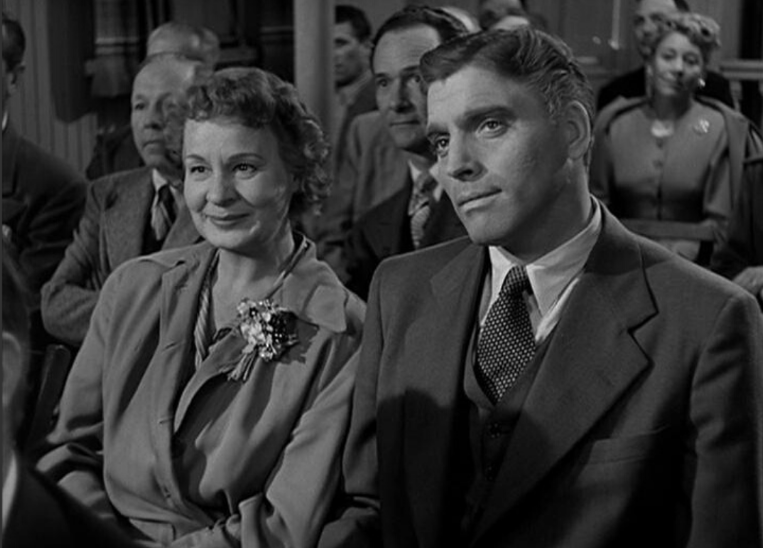
Hal Wallis Productions
1952: Shirley Booth
– Movie: “Come Back, Little Sheba”
Shirley Booth had already won a Tony for her portrayal of the abused, but doting housewife Lola in the play, “Come Back, Little Sheba.” While this role was her film debut, she was a natural to reprise the role in the movie. Translating the drama from stage to screen was a challenge she accepted, bringing with her a fluid acting sensibility. A self-determined widowed woman with no children by choice, Booth quit acting on her terms, choosing a quiet life surrounded by her pets and her painting.
You may also like: 100 greatest movie songs from 100 years of film
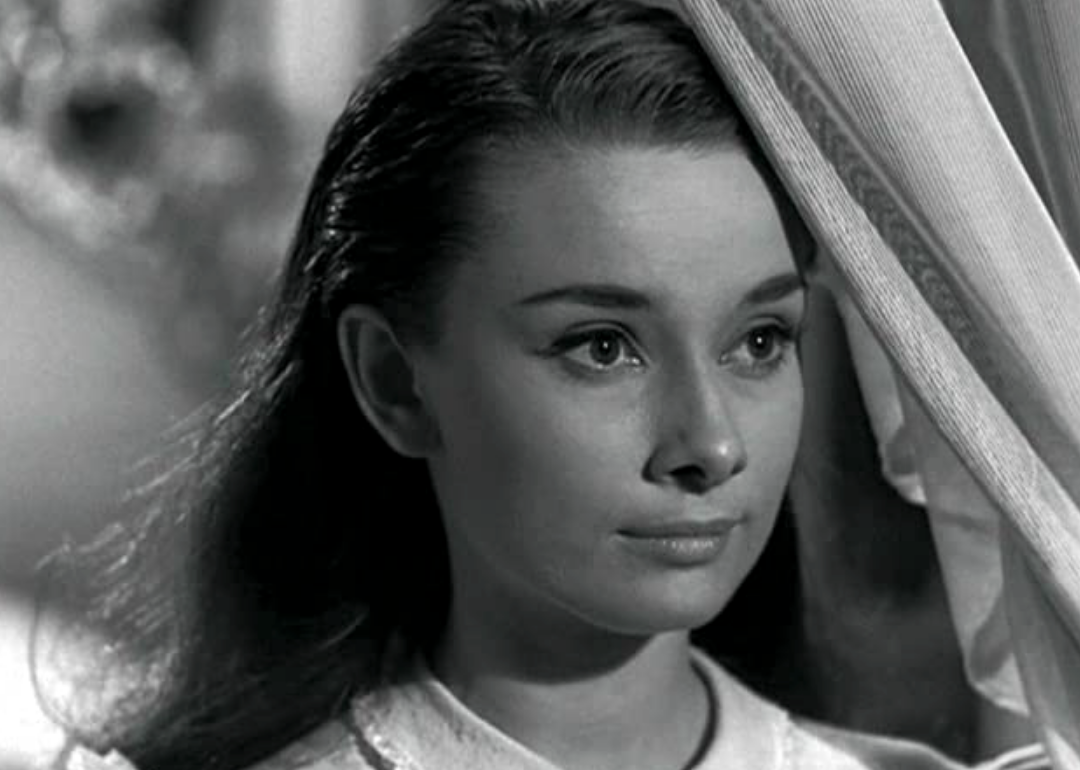
Paramount Pictures
1953: Audrey Hepburn
– Movie: “Roman Holiday”
Playing Princess Ann in “Roman Holiday” skyrocketed Audrey Hepburn’s career, and her angelic beauty and classic style cemented her in culture for eternity. The movie was filmed in Italy, which added to its romantic resonance. Even with her exceptional body of work—and dozens of other performance awards—this is her only Oscar win. A woman of integrity, she worked tirelessly on behalf of UNICEF and was awarded the Jean Hersholt Humanitarian Award by the Academy Awards shortly before her death.
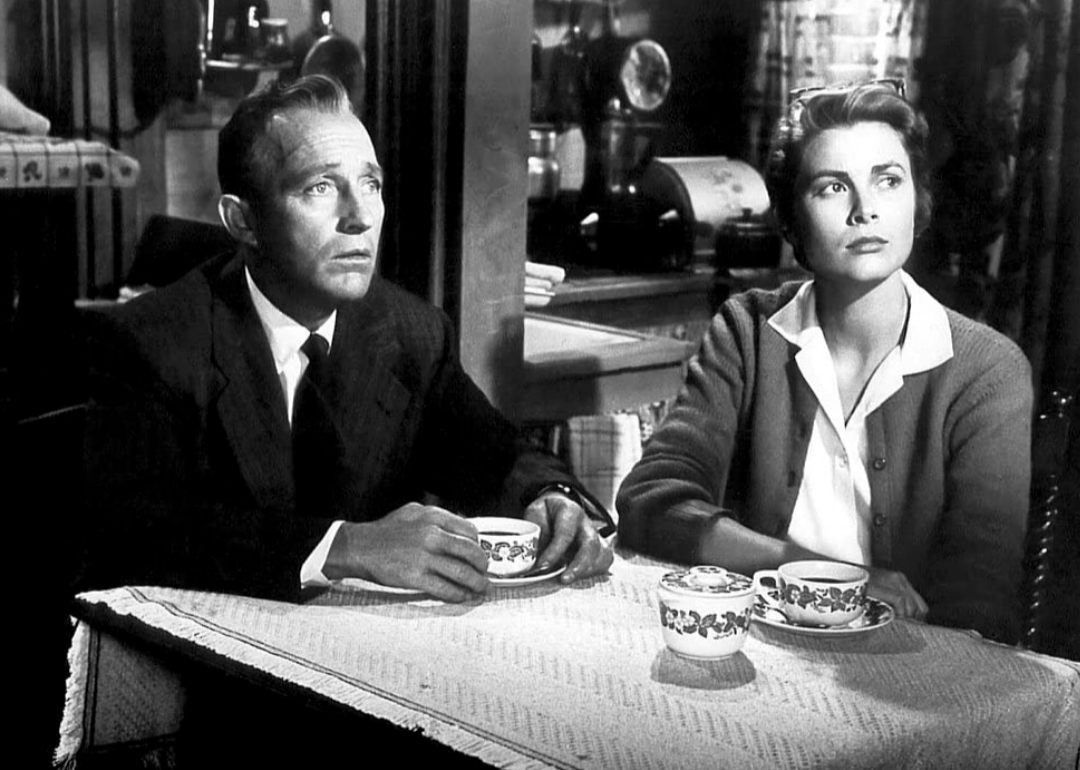
Paramount Pictures
1954: Grace Kelly
– Movie: “The Country Girl”
Grace Kelly had a short, but memorable acting career before shifting to her Princess of Monaco duties. Kelly’s role as the embattled wife of a suicidal alcoholic actor beat out Judy Garland’s performance in “A Star is Born” to win the Oscar. Within two years of the win, Kelly was married, a royal, and committed to philanthropy on behalf of children, the arts, and breastfeeding education.

Hal Wallis Productions
1955: Anna Magnani
– Movie: “The Rose Tattoo”
Fiery Italian Anna Magnani was so much of a force on stage that Tennessee Williams wrote “The Rose Tattoo” with her in mind for the starring role. She turned down the offer until she could learn English to her satisfaction. Magnani was powerful as a scorned woman, channeling passion from her explosive real-life relationships. This brash actor publicly condemned fascism and practiced mysticism, while also dedicating herself and her wealth to her only son who had polio.

Twentieth Century Fox
1956: Ingrid Bergman
– Movie: “Anastasia”
Part historical fiction, part mystery, and part romance, “Anastasia” allowed Ingrid Bergman to revisit Shakespearean drama studies and take home a second Oscar. Her character was either legitimate royalty or a most excellent con, and her poised confidence allowed either to be totally true.
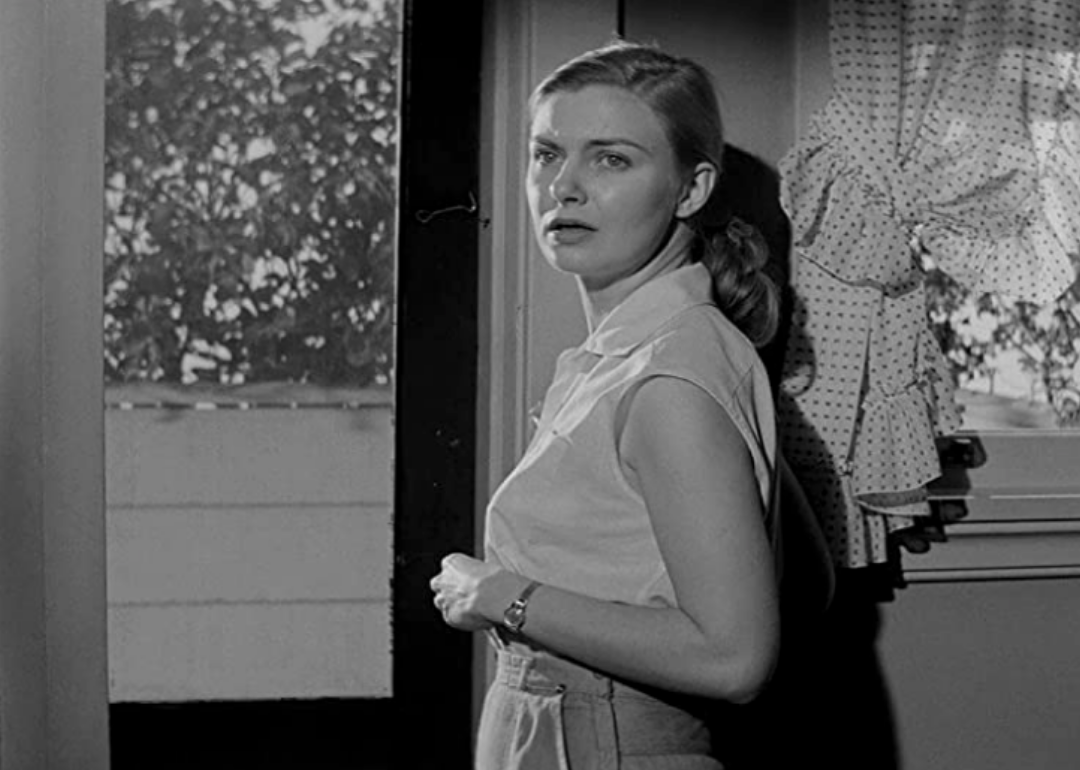
Twentieth Century Fox
1957: Joanne Woodward
– Movie: “The Three Faces of Eve”
Based on a true story, “The Three Faces Eve” posed a unique and staggering opportunity for Joanne Woodward: portraying multiple personalities. The Academy is drawn to roles such as this one and Woodward was a shoo-in. She made more than a dozen films with her husband Paul Newman and produced even more. She graduated from college at age 60 and is known for her charity work for sick children.
You may also like: 25 iconic closing shots from film history
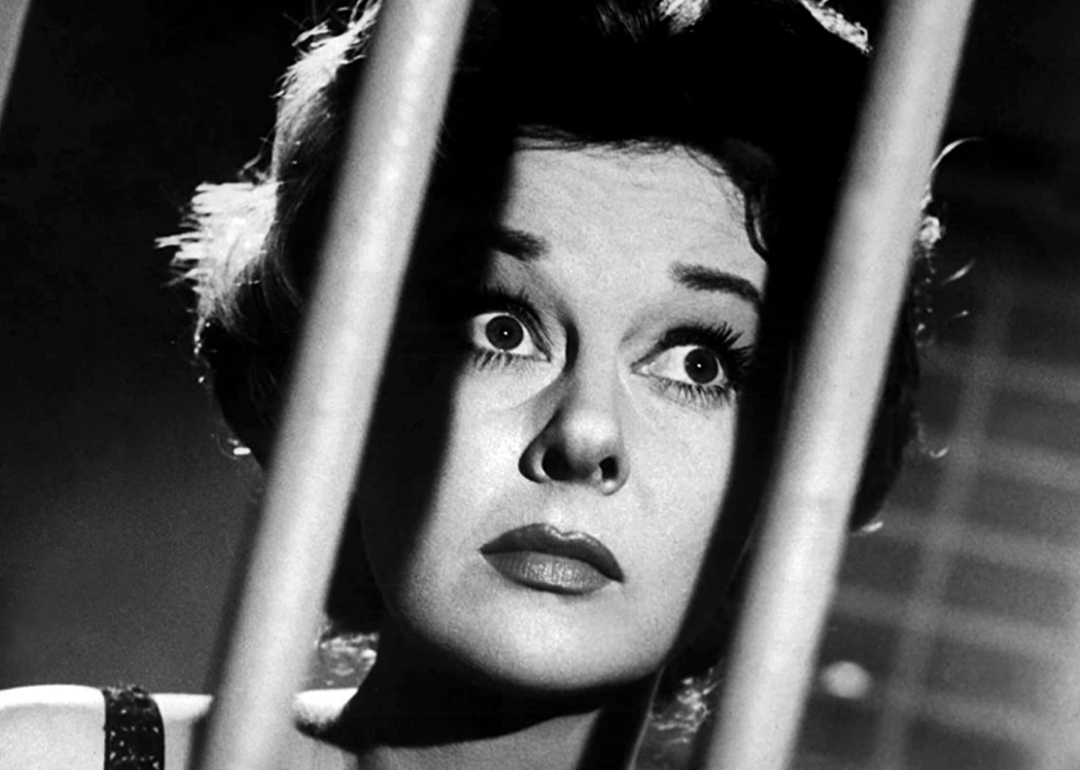
Walter Wanger Productions
1958: Susan Hayward
– Movie: “I Want To Live!”
The fifth time was the charm for Susan Hayward, a model-turned-actor. Without a traditional acting education, she relied on determination, inspiration, and hard work to earn increasingly visible roles. In “I Want To Live!” she brought something unique to the prostitute-criminal-unwed-mother trope, leaving audiences rapt.
Romulus Films
1959: Simone Signoret
– Movie: “Room at the Top”
Simone Signoret was the first French woman actor to win an Oscar. Growing up in Nazi-occupied France, she changed her last name to hide her Jewish roots and was responsible for supporting her family. Frequently cast as a prostitute or unfaithful wife, “Room at the Top” allowed Signoret to add a more mature dimension to the stereotype. Her take on the unhappy woman was lauded in the U.S. and across the pond.
Afton-Linebrook
1960: Elizabeth Taylor
– Movie: “Butterfield 8”
Elizabeth Taylor won her first Oscar portraying a call girl in “Butterfield 8.” She already had excelled in high-profile roles and was ready for a win—though for this film, it was a surprise. Outspoken from the get-go, Taylor—and her co-star and husband Eddie Fisher—thought the movie stunk. She made it just to get out of her contract with MGM.
Compagnia Cinematografica Champion
1961: Sophia Loren
– Movie: “Two Women”
The Oscar was just one of many awards Sophia Loren won for “Two Women,” and the first awarded for a non-English speaking role. In the movie, Loren plays a mother trying to protect her young daughter from the terrors of WWII. As a child, Loren lived in an area in Italy highly affected by WWII and was injured by shrapnel during a raid. This experience undoubtedly informed her unforgettable performance.
Playfield Productions
1962: Anne Bancroft
– Movie: “The Miracle Worker”
A prolific actor in every medium of the time, Anne Bancroft won a Tony for her depiction of Anne Sullivan, Helen Keller’s tenacious tutor, in the Broadway version of “The Miracle Worker” before winning the Oscar for the film. Even then, the director was offered 10 times the budget if he cast Elizabeth Taylor for the film. Pairing Bancroft with her stage counterpart Patty Duke allowed for the violent—and real—physicality the roles demanded of each other.
You may also like: 100 best international movies of all time
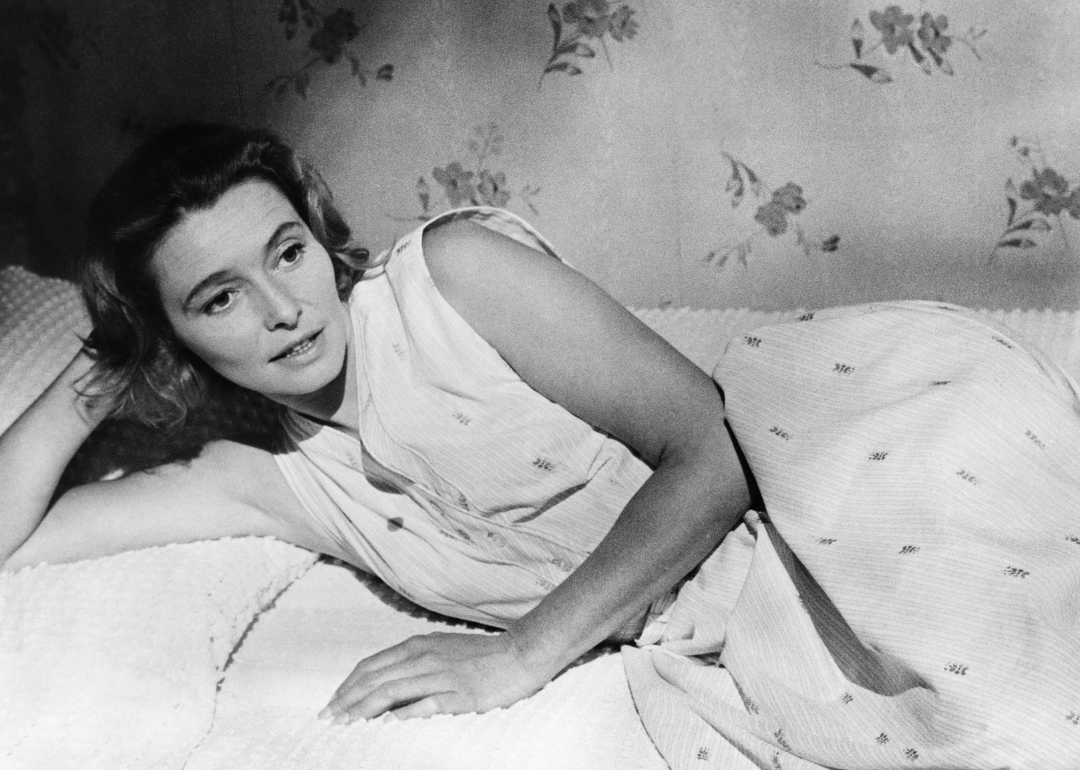
John Springer Collection/CORBIS/Corbis via Getty Images
1963: Patricia Neal
– Movie: “Hud”
A western without a hero, the heavy drama is relentless in “Hud.” Patricia Neal held her own among three male co-stars as the world-weary housekeeper who is assaulted by Hud. Self-described as having a “bad girl’s bravado and an earth mother’s compassion,” Neal’s off-screen work included advocating on behalf of stroke, spinal cord, and brain injury patients.
Walt Disney Productions
1964: Julie Andrews
– Movie: “Mary Poppins”
Though it would be her feature film debut, Walt Disney was so confident in her perfection for the title role, he waited for Julie Andrews to give birth to begin filming. She had just lost the lead in “My Fair Lady,” which was also nominated in the category, for not having sufficient box office pull. During her Oscar acceptance speech, she thanked the competition for making her win possible.
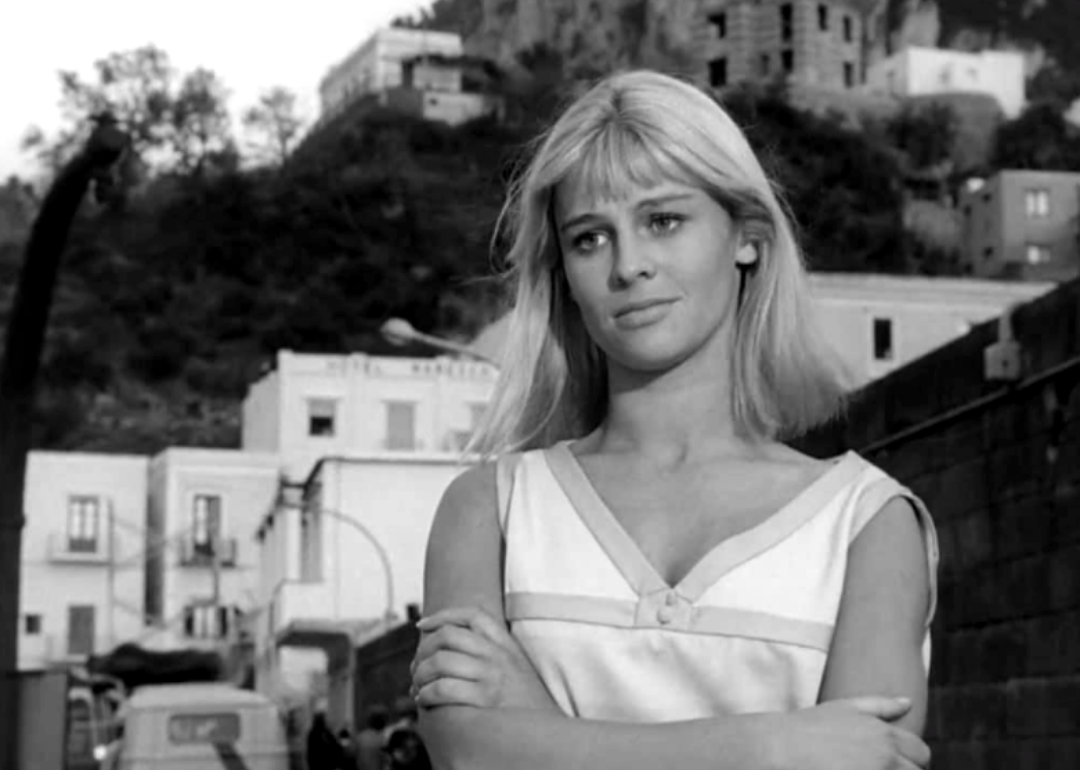
Joseph Janni Production
1965: Julie Christie
– Movie: “Darling”
British actor Julie Christie epitomized the mod scene of the ’60s—all fashion and flippant attitude—used as the social scene that drives the action in “Darling.” It’s a cynical film, illuminating the hypocrisy of wealth and the vacancy of visibility, but to do so, it employs the manipulated and abandoned woman trope. Christie continues to use her celebrity to highlight issues of universal importance such as animal rights and environmental protection.
Warner Bros.
1966: Elizabeth Taylor
– Movie: “Who’s Afraid of Virginia Woolf?”
Only two films have ever been nominated in every single eligible category, and this is one of them. Elizabeth Taylor took home the Best Actress Oscar for her unexpectedly raw performance. The most beautiful woman in Hollywood gained 30 pounds to play the role of an average middle-aged wife and shed any sheen of politeness and grace; as profane and sexually explicit as allowed at the time, the movie advertising required warnings for adult content.
Columbia Pictures
1967: Katharine Hepburn
– Movie: “Guess Who’s Coming to Dinner”
“Guess Who’s Coming to Dinner” brought a positive view of interracial marriage at a pivotal time in the Civil Rights movement. Katharine Hepburn starred opposite Spencer Tracy as parents struggling to reconcile biases towards the engagement of their daughter to a Black man, played masterfully by Katharine Houghton and Sidney Poitier, respectively. The film was nominated for 10 Oscars and was Tracy and Hepburn’s final on-screen match; Tracy died 17 days after filming ended. For both its message and its memory, this remains one of Hepburn’s most notable roles.
You may also like: Classic movie quotes that have broken into our daily vocabulary

Columbia Pictures
1968 (tie): Barbra Streisand
– Movie: “Funny Girl”
Representing Jewish women in entertainment, the film’s subjects Fanny Brice and Barbra Streisand are inseparable. Streisand’s spunk and outspokenness proved beneficial outside the film. When the Six-Day War between Israel and its neighbors broke out and the media pitted Egyptian co-star Omar Sharif against Jewish Streisand, she responded in defense of Sharif with a sly joke, dismissing any presumptions of political conflict amongst the cast.
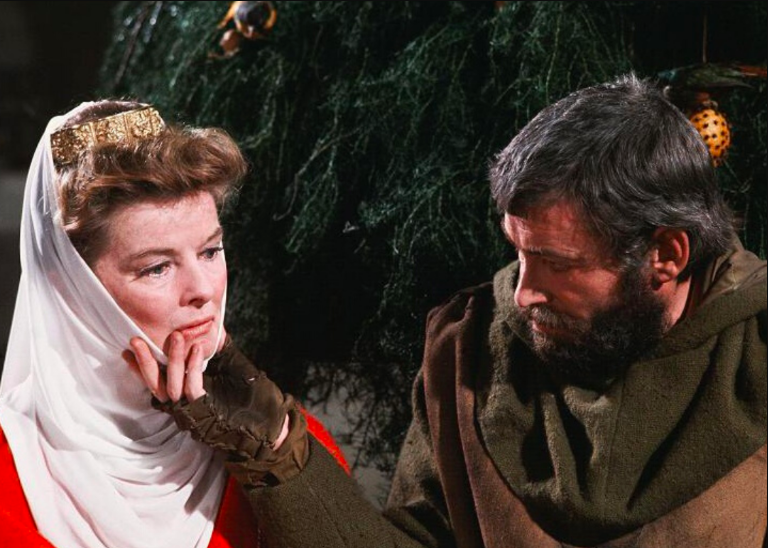
Haworth Productions
1968 (tie): Katharine Hepburn
– Movie: “The Lion in Winter”
For the first time in Academy history, there was a tie for Best Actress. With Barbra Streisand, Katharine Hepburn won the award for the lust historical drama “The Lion in Winter.” Shakespearean in its layered relationships, numerous double-crossings, and vicious manipulations, it afforded Hepburn the opportunity to act as a mature, complex woman while working through her real-life grief from losing her long-time partner Spencer Tracy after his death in 1967.
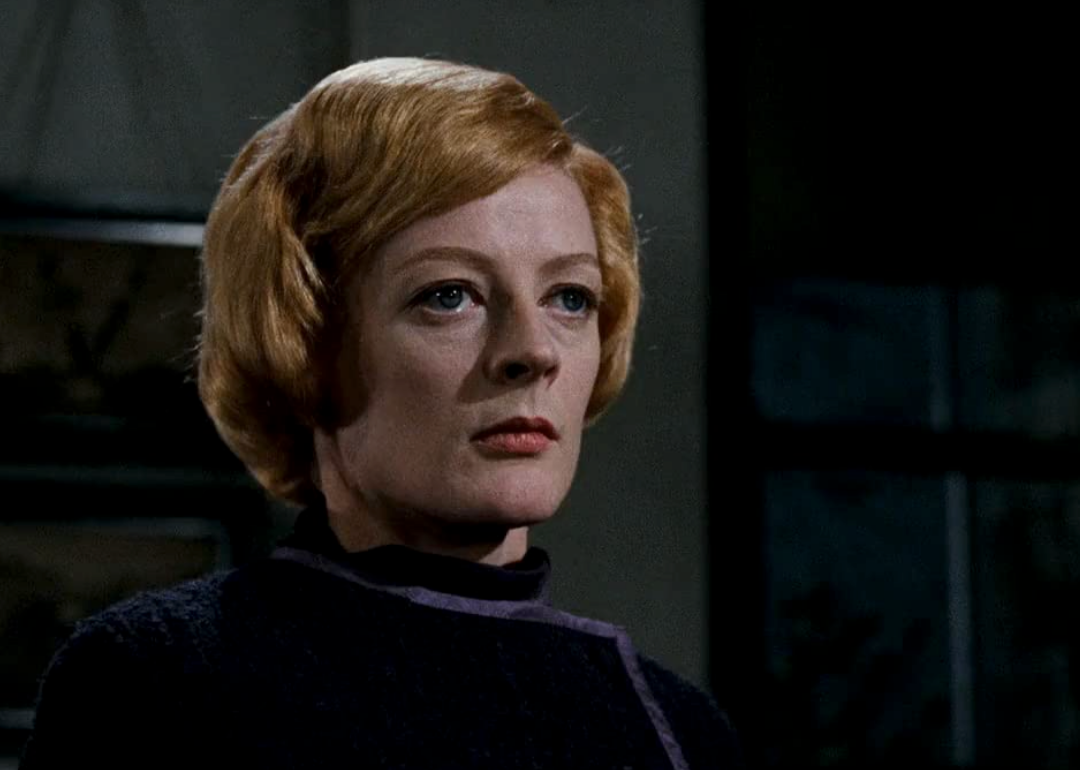
20th Century Fox
1969: Maggie Smith
– Movie: “The Prime of Miss Jean Brodie”
There’s a disarming and alarming coolness to Miss Jean Brodie and the way she manipulates her female charges and deludes herself. The impeccable Maggie Smith won her first Oscar for portraying a calculating liar with a penchant for political dictators. Brodie wasn’t a victim, or deserving of sympathy, yet it’s a must-see portrayal of intentional cruelty.
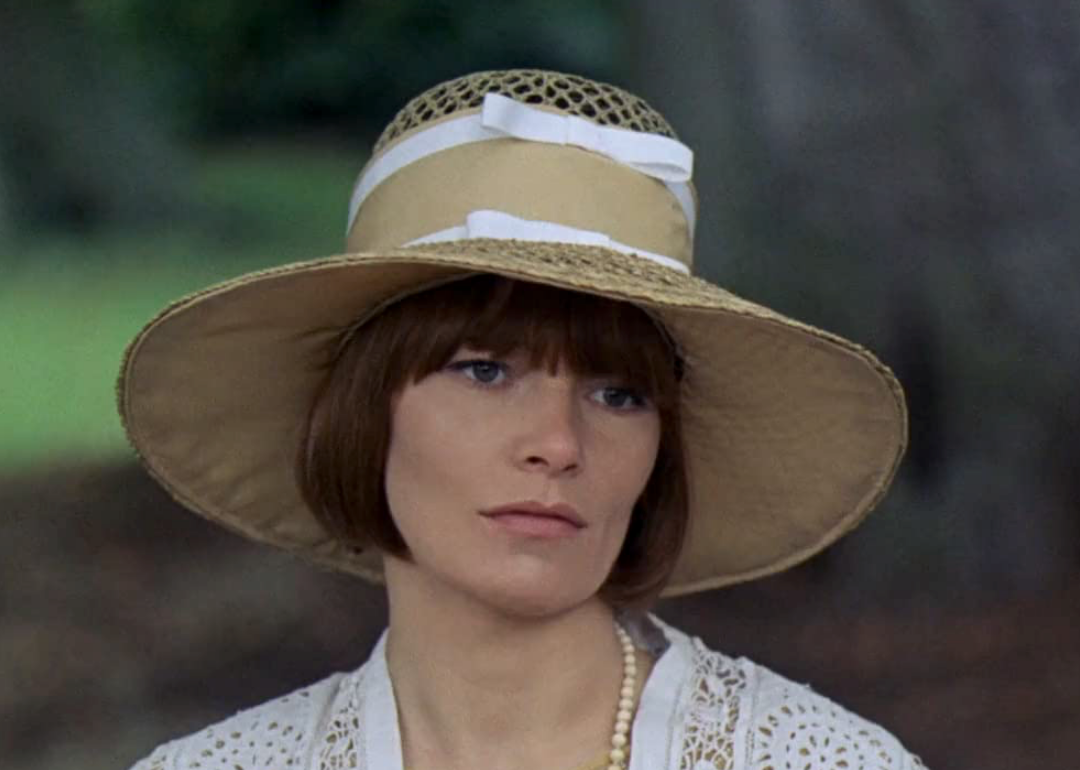
Metro-Goldwyn-Mayer (MGM)
1970: Glenda Jackson
– Movie: “Women in Love”
Glenda Jackson’s illustrious work with the Royal Shakespeare Company proved a valuable asset for this role. As Gudrun Brangwen, Jackson had to be emotionally abrasive with a script that explores the varying nature of love and sex. Jackson retired from acting in 1992 to begin her decades-long political career as a Member of Parliament in Britain. After a 25-year acting hiatus, Jackson returned to the stage to perform Shakespeare in London in 2019.
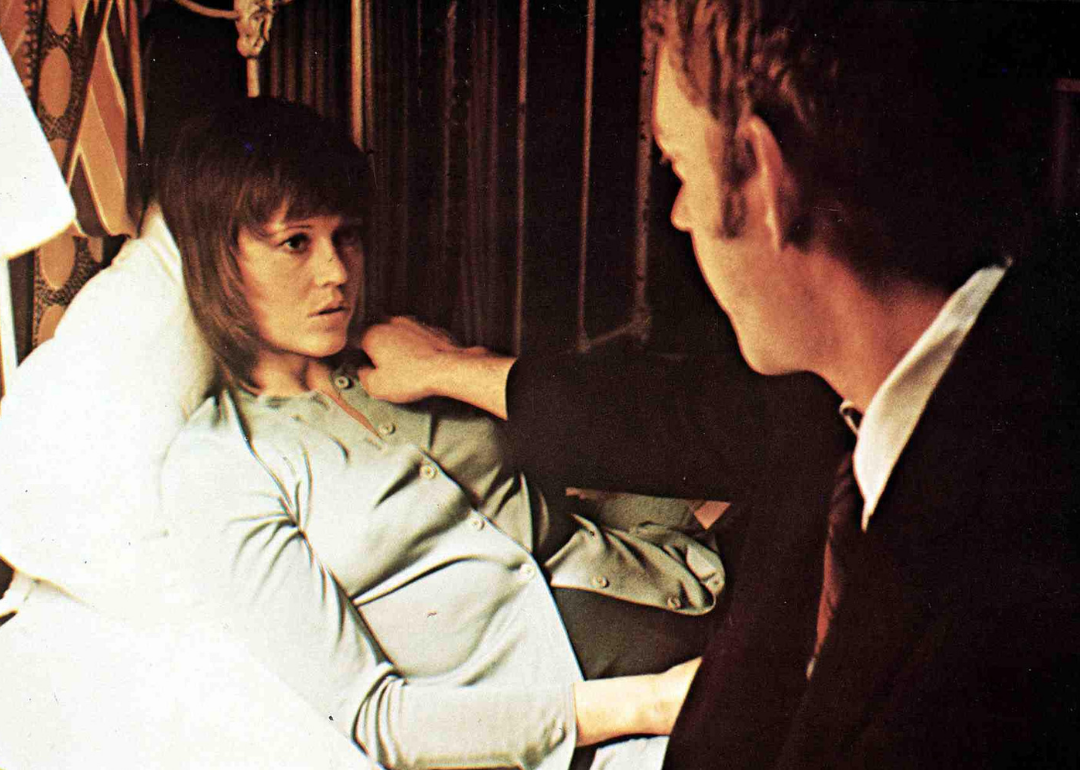
FilmPublicityArchive/United Archives via Getty Images
1971: Jane Fonda
– Movie: “Klute”
In the midst of her unbridled political activism against the Vietnam War and on behalf of civil and women’s rights, Jane Fonda took time to play prostitute Bree Daniels in “Klute.” This wasn’t a stereotypical role and Fonda is in no way a typical actor: The intensity of Bree’s inner world showed in every fiber of Fonda’s body and each word she uttered. Humanizing a sex worker beyond the trope earned Fonda her first Oscar.
You may also like: Different movies with the same plots
Allied Artists Pictures
1972: Liza Minnelli
– Movie: “Cabaret”
A musical as extraordinary as “Cabaret” required an extraordinary female lead, one who could not only sing and dance but who could shoulder the weight of its themes without collapsing. Liza Minnelli was cast immediately as Sally Bowles. Her wide-eyed frenetic energy was irresistible even when it highlighted the hatred and corruption around her. Minnelli dedicated her upwardly mobile career to fighting such hatred as a gay rights advocate and AIDS fundraiser.
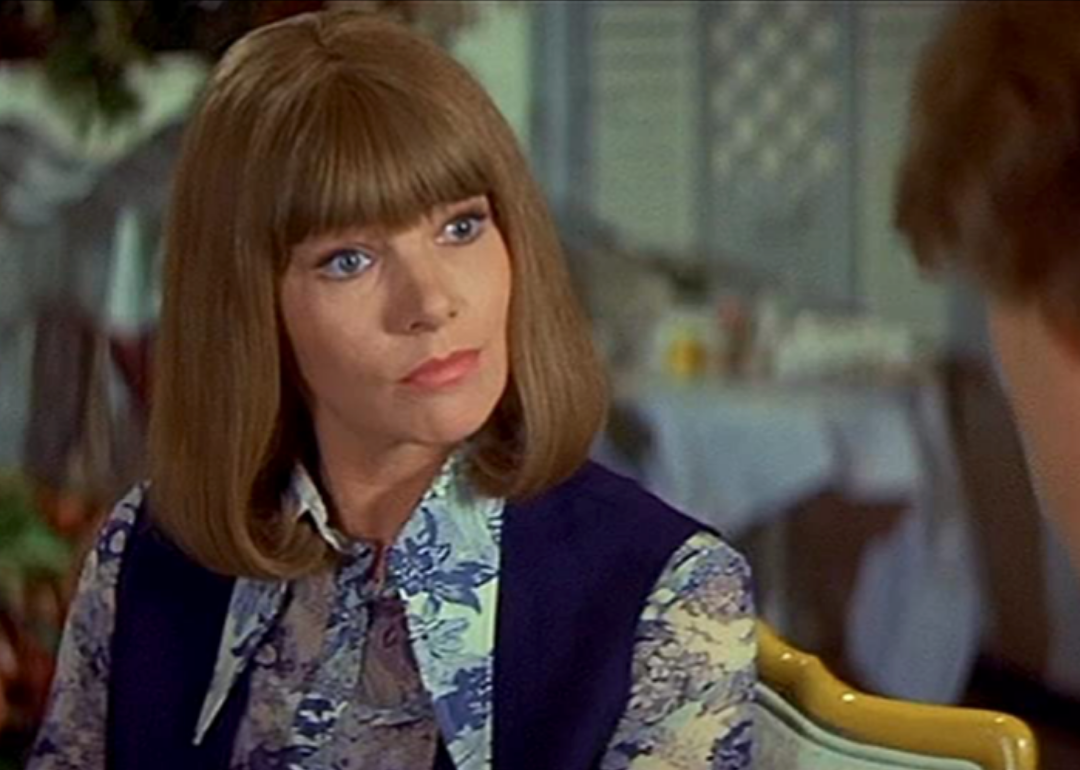
Brut Productions
1973: Glenda Jackson
– Movie: “A Touch of Class”
Glenda Jackson brought home her second Academy Award just two years after her first. Infidelity was a common driver for dramas, and comedies tried to make it a charming theme as well. As an upwardly mobile English businesswoman in “A Touch of Class,” Jackson begins an affair with a married man. The delicacy and vulnerability with which she portrayed her increasing enmeshment with an unavailable man set her performance apart.
Warner Bros.
1974: Ellen Burstyn
– Movie: “Alice Doesn’t Live Here Anymore”
Ellen Burstyn was involved in the women’s rights movement and wanted to choose a project that reflected a multifaceted female experience. The character of Alice, a widowed mother who takes her son across the country to start a new life, spoke to her. She wanted to be directed by a young upstart, to give the film some grit and weight. Given the chance to uplift new talent, she lobbied for Martin Scorsese—he accepted.
Fantasy Films
1975: Louise Fletcher
– Movie: “One Flew Over the Cuckoo’s Nest”
Louise Fletcher took an 11-year break from her acting career to raise her children. The woman-as-antagonist stereotype wasn’t appreciated during the women’s movement, so many heavyweight actors turned down the role of uber-villain Nurse Ratched. Fletcher’s backstory for the nurse was more about control and self-righteousness than evil, which informed her hard-as-steel delivery. Her Oscar was just one of many accolades for this legendary film.
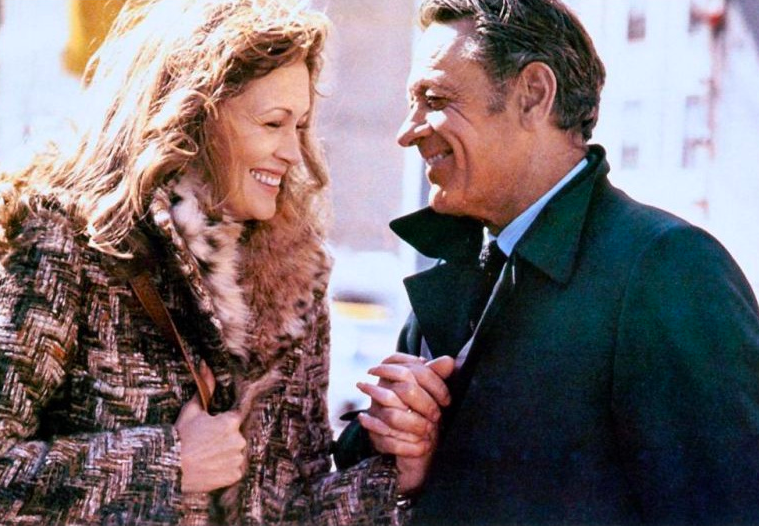
Metro-Goldwyn-Mayer (MGM)
1976: Faye Dunaway
– Movie: “Network”
Faye Dunaway believed the role of TV executive Diana Christensen was one of the most important to come around for a woman actor in years. Portraying a scheming, ruthless, stoic female in a male-dominated industry allowed a powerful view of women in the workplace as decision-makers. The prophetic film about nonstop media in the time of deep government corruption is shockingly relevant today, with Dunaway’s character a timeless reflection of how news is consumed.
You may also like: Mistakes from the 50 best movies of all time
Jack Rollins & Charles H. Joffe Productions
1977: Diane Keaton
– Movie: “Annie Hall”
After working together on three other films, Woody Allen wrote the title role for Diane Keaton—and nobody but Diane Keaton. The story was true-to-life, as much of Keaton’s personality was displayed through Annie: the ditzy charm, the insecurity, the dreaminess. Combined with a most unusual, but emulated sense of fashion, Keaton created a character that is so likable and relatable, she’s unforgettable.
Jerome Hellman Productions
1978: Jane Fonda
– Movie: “Coming Home”
Jane Fonda commissioned one of her feminist friends to write a screenplay about war through the eyes of a military wife. The story morphed into messaging about opposition to the Vietnam War and the struggles of vets after returning home. Those messages were tempered by physically and emotionally heartbreaking performances from Fonda and co-star Jon Voight, who both earned Oscar gold.
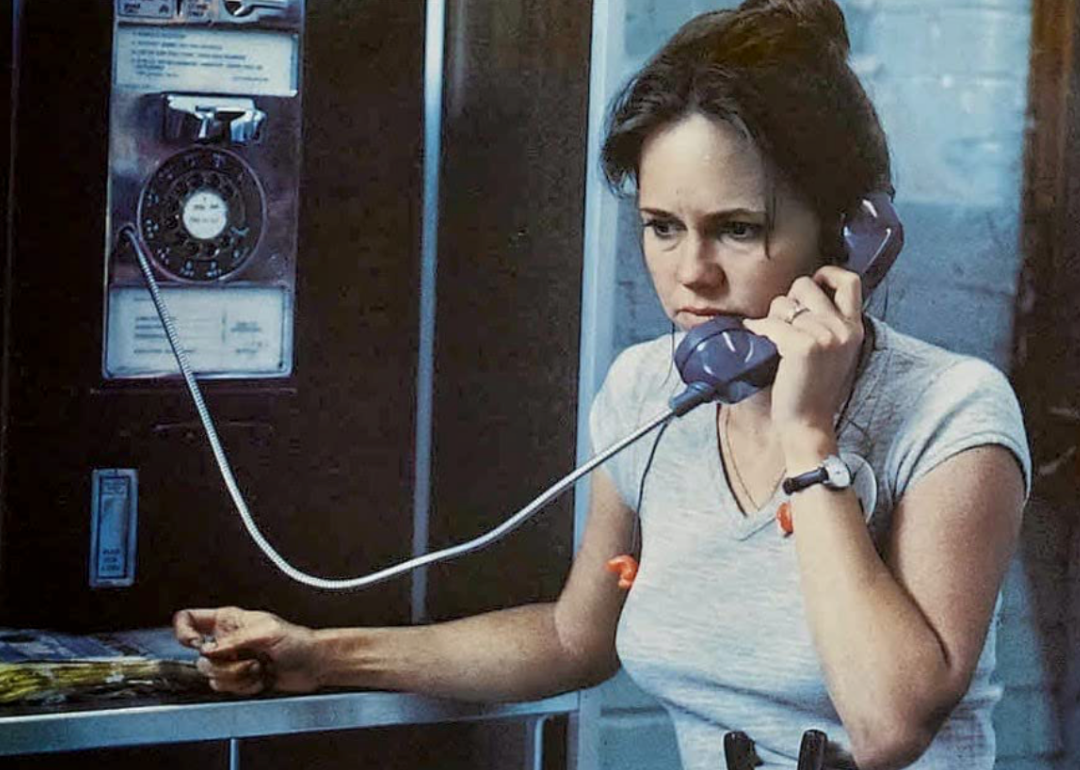
Twentieth Century Fox
1979: Sally Field
– Movie: “Norma Rae”
Based on a true story, “Norma Rae” celebrates the power of one woman to affect great and enduring change. Sally Field was just transitioning from youthful roles that exploited her undeniable cuteness into characters that reflected both her true acting chops and progressive social leanings. A long-time women’s rights advocate, Field’s depiction of a female union organizer remains exciting and inspiring.
Universal Pictures
1980: Sissy Spacek
– Movie: “Coal Miner’s Daughter”
Sissy Spacek never shied away from playing a complicated woman. After her brother died from cancer at a young age, she vowed to be fearless and act with depth. Not only did Spacek portray living music icon Loretta Lynn, but she also sang Lynn’s most famous songs for the soundtrack. For this, she won her first Academy Award.
Metro-Goldwyn-Mayer // Wikimedia Commons
1981: Katharine Hepburn
– Movie: “On Golden Pond”
This was the fourth and final Academy Award for the great Katharine Hepburn. While her on-screen dignity and power were evident in this story about family, aging, and death, her behind-the-scenes work was just as notable. She made it to set five weeks after shoulder surgery at age 74 and still did her own stunts. She managed the strained relationship between co-stars Henry and Jane Fonda, freeing them to achieve award accolades. Generous on screen and off, she gave Fonda one of Spencer Tracy’s hats, which he wore in the film.
You may also like: Famous movie quotes from the year you were born
ITC
1982: Meryl Streep
– Movie: “Sophie’s Choice”
Already a Supporting Actress winner for “Kramer vs. Kramer,” this was Meryl Streep’s first Oscar for Actress in a Leading Role. She was not even in the top three considered for this role, as an actor with an accent was preferred. Streep lobbied and begged to play Sophie, and proved to be masterful with a Polish accent, as well as German and Polish language. The ‘choice’ scene—Sophie in a concentration camp—is one of the most memorable in film history. So emotionally scarring, Streep was the one to calm and prepare the child actors in between takes, just as a mother would.
Paramount Pictures
1983: Shirley MacLaine
– Movie: “Terms of Endearment”
Shirley MacLaine was nominated for five Oscars before finally winning for “Terms of Endearment.” Much like three of the 2018 nominees, the film explored the strained relationship between mother and daughter. While MacLaine and co-star Debra Winger annoyed each other off-screen, they transmuted that energy to the 30-year journey the audience takes with these two strong women.
Delphi II Productions
1984: Sally Field
– Movie: “Places in the Heart”
Both a Depression-era period piece and character study, “Places in the Heart” allowed Sally Field to earn her second Oscar. Portraying a widowed mother trying to save her farm, the film tugged at heartstrings with themes of community, race, and forgiveness. When she took to the podium for her acceptance speech, Field uttered the oft-misquoted but still memorable, “I can’t deny the fact that you like me, right now, you like me!”
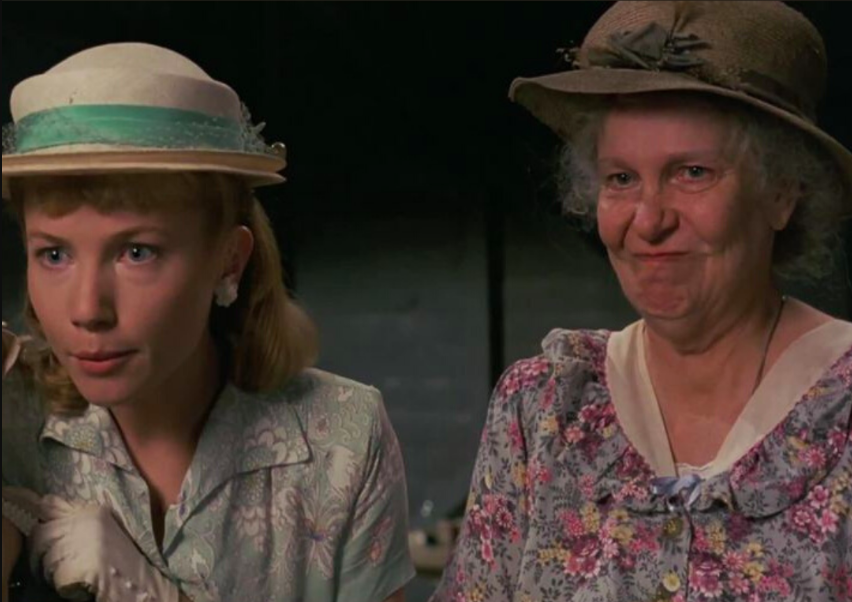
Bountiful Film Partners
1985: Geraldine Page
– Movie: “The Trip to Bountiful”
Geraldine Page’s first Oscar nomination was in 1954, and she finally won the award seven nominations later at age 61. As Mrs. Watts, Page erased the stereotype of an ineffective, dour older woman and played a determined, tenacious character with wit and strength. Page learned in the theater, continued to work in theater, and supported repertory companies until her death, which was the year after winning her Oscar at age 62.
Paramount Pictures
1986: Marlee Matlin
– Movie: “Children of a Lesser God”
At its core, “Children of a Lesser God” was a romantic drama exploring love through the senses. Significantly, its star was the first-ever—and only—deaf Oscar winner. In her film debut, Marlee Matlin, who lost her hearing at 18 months old, had been performing with deaf theater groups before a Hollywood script about employees at a school for the deaf made the rounds. Henry Winkler, familiar with Matlin’s stage work, endorsed her for this textured, groundbreaking role.
You may also like: 100 best American movies of all time
Metro-Goldwyn-Mayer (MGM)
1987: Cher
– Movie: “Moonstruck”
She dominated music, then network television, but she wanted a film career. No one took her seriously, which is when she turned to the theater. It was from the stage that she could parlay her instinctive acting skill to screen. While she’s chosen roles that highlight her personal advocacy for the gay community, women, equality, and freedom, her natural comedic ability shined in “Moonstruck.” Immersed in this vibrant character, Cher delivered lines and reactions that are retained forever in pop culture history.
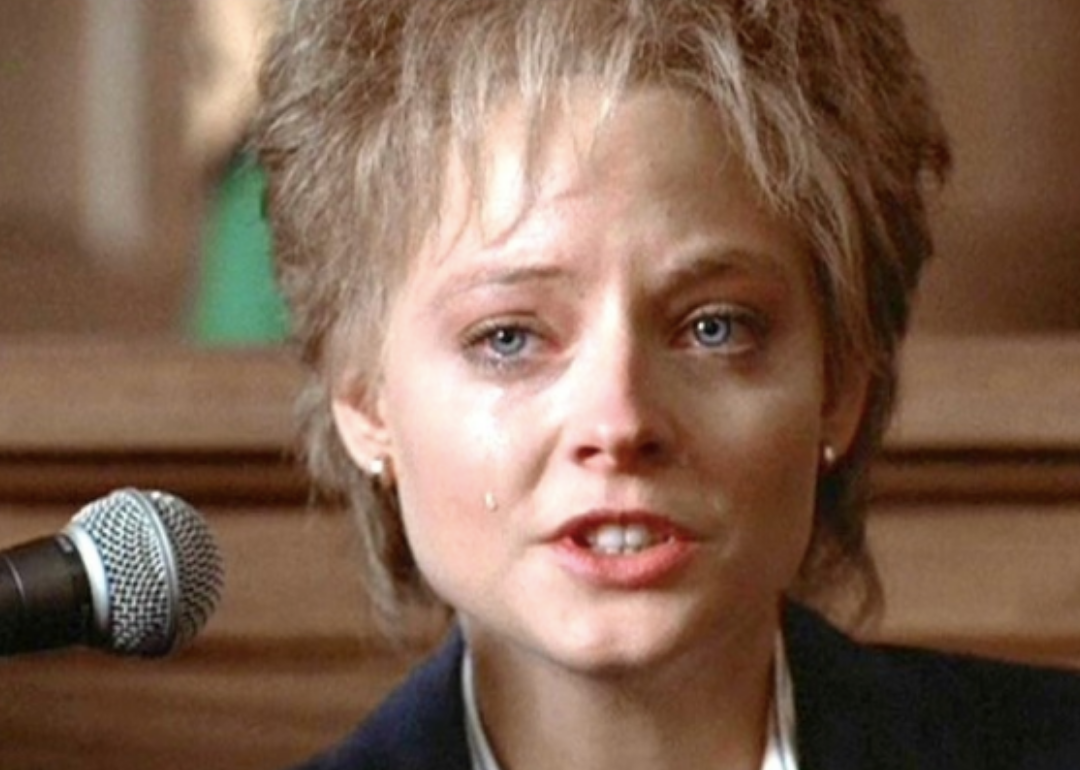
Paramount Pictures
1988: Jodie Foster
– Movie: “The Accused”
Rape has been a trope in films since the 1940s, but never had it been as explicitly and aggressively depicted as in “The Accused.” Based on a true story, this was Jodie Foster’s first adult role after completing her Yale education. She did not prepare for the rape scene to maintain vulnerability but the production team did. In addition to supporting and protecting the actors, the focus was kept on the victim’s experience from assault to blaming to trial. It was a tough film to make and release, and watch. Foster won her first Oscar for this role.
The Zanuck Company
1989: Jessica Tandy
– Movie: “Driving Miss Daisy”
A quiet but powerful film, “Driving Miss Daisy” discussed racism, antisemitism, and aging through its two lead characters: a rich, old, white Jewish woman and a less-old and less-rich Black man. Their unique relationship develops throughout 25 years during which they challenge and support each other. Jessica Tandy was into a 60-year acting career when she won her Oscar at 81.

Castle Rock Entertainment
1990: Kathy Bates
– Movie: “Misery”
Kathy Bates had a solid acting career with memorable supporting roles that exploited her jovial nature and brash delivery. It wasn’t until one of Stephen King’s greatest psychopaths was coming to the screen that she became a lead. As Annie Wilkes, Bates played toe-to-toe with heavyweight actor James Caan; the tension that they created was nerve-wracking, especially during the fight scene they performed themselves. “I’m your number one fan” will always sound a little sinister now.
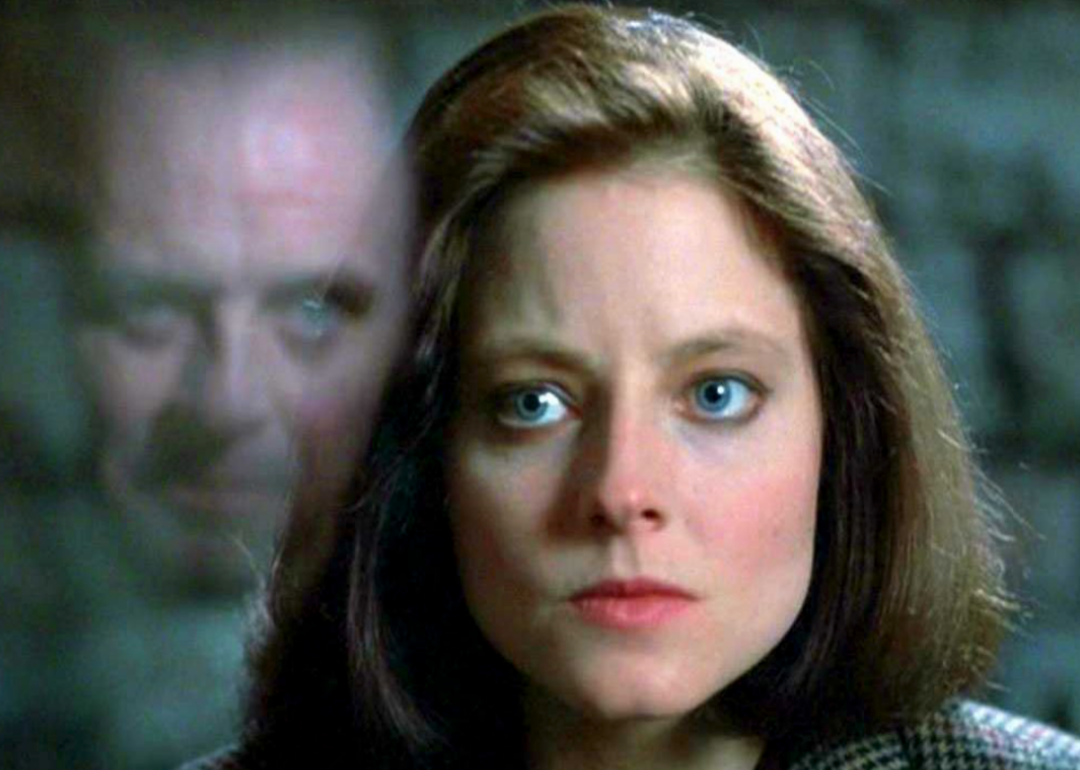
Metro-Goldwyn-Mayer (MGM)
1991: Jodie Foster
– Movie: “The Silence of the Lambs”
For a terror film to be nominated in all five top Oscar categories was a unique achievement in itself; to be significant enough to be in the National Film Registry validated the possibilities of the genre. Certainly, Jodie Foster’s performance as Clarice Starling made the subject matter more accessible to the general public. She lobbied for the role to finally play “a woman who saves the women.”
You may also like: 100 best Western films of all time
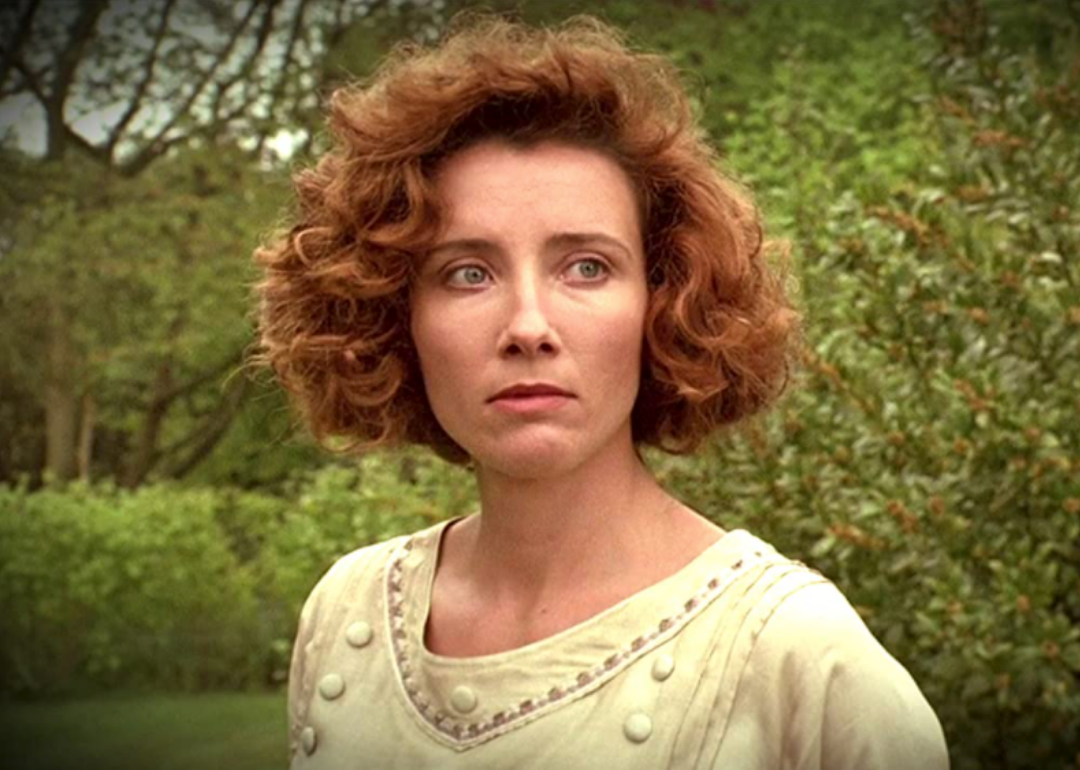
Merchant Ivory Productions
1992: Emma Thompson
– Movie: “Howards End”
The gorgeous period piece, “Howards End,” was a game-changer for Emma Thompson. She had a great deal of London stage and television success, and some well-received comedic turns in film. We got to know more about Thompson through her portrayal of a progressive, intellectual woman experiencing classism in Edwardian England. Often criticized for being too vocal about human rights and environmentalism, Thompson had an informed perspective for this role.
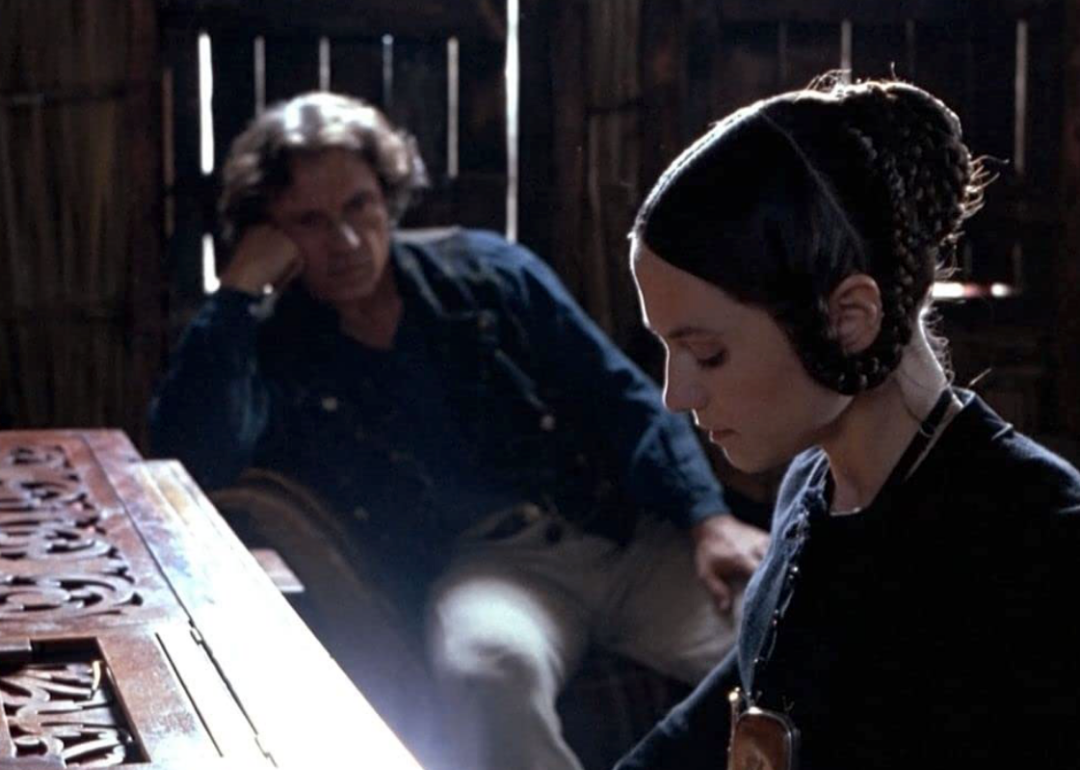
CiBy 2000
1993: Holly Hunter
– Movie: “The Piano”
Holly Hunter was nominated for two Oscars in 1993; she lost Best Supporting Actress for “The Firm,” but won her first Oscar for “The Piano.” She portrayed a mute piano player negotiating her life around the opportunity to play. Hunter, born deaf in one ear, taught co-star Anna Paquin sign language. Hunter also played her own pieces in the film. “The Piano” is notable for having two strong female stars, a female writer and director, and a female co-producer.
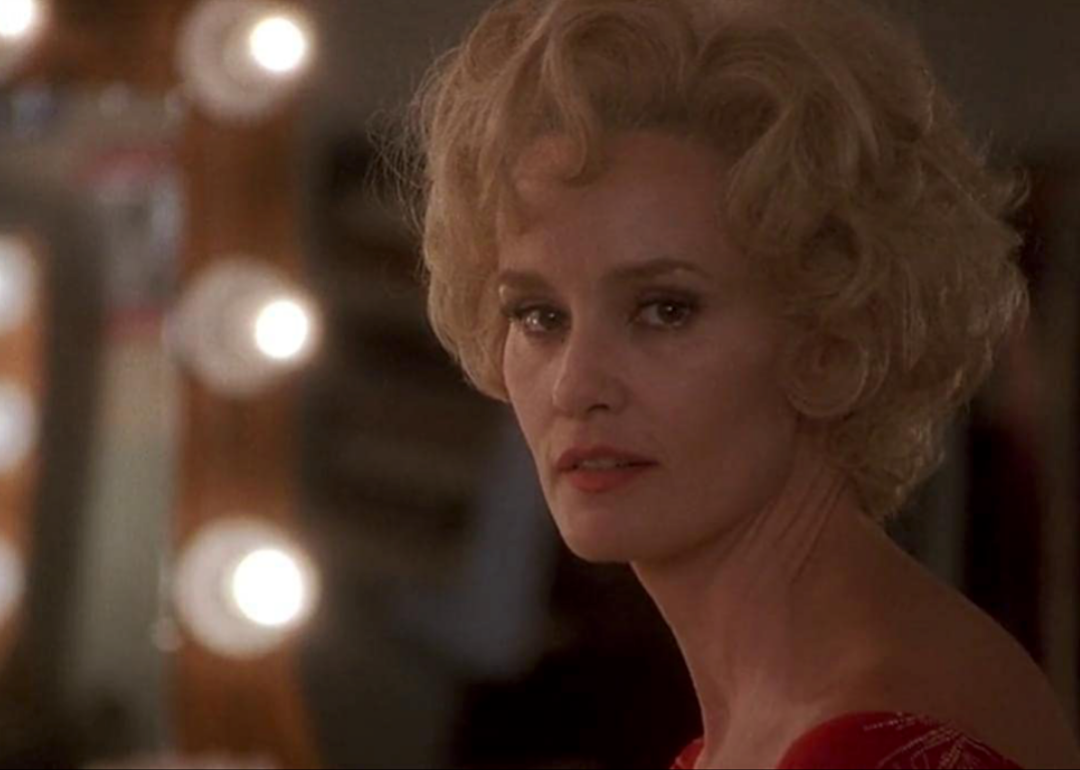
Metro-Goldwyn-Mayer (MGM)
1994: Jessica Lange
– Movie: “Blue Sky”
Everything known about Jessica Lange is demonstrated in “Blue Sky.” Her role portrayal of Carly Marshall, who has a mental illness, could have been a caricature. Instead, it’s a genuine look at a woman trying to thrive in a suffocating situation. This was Lange’s first Oscar win.
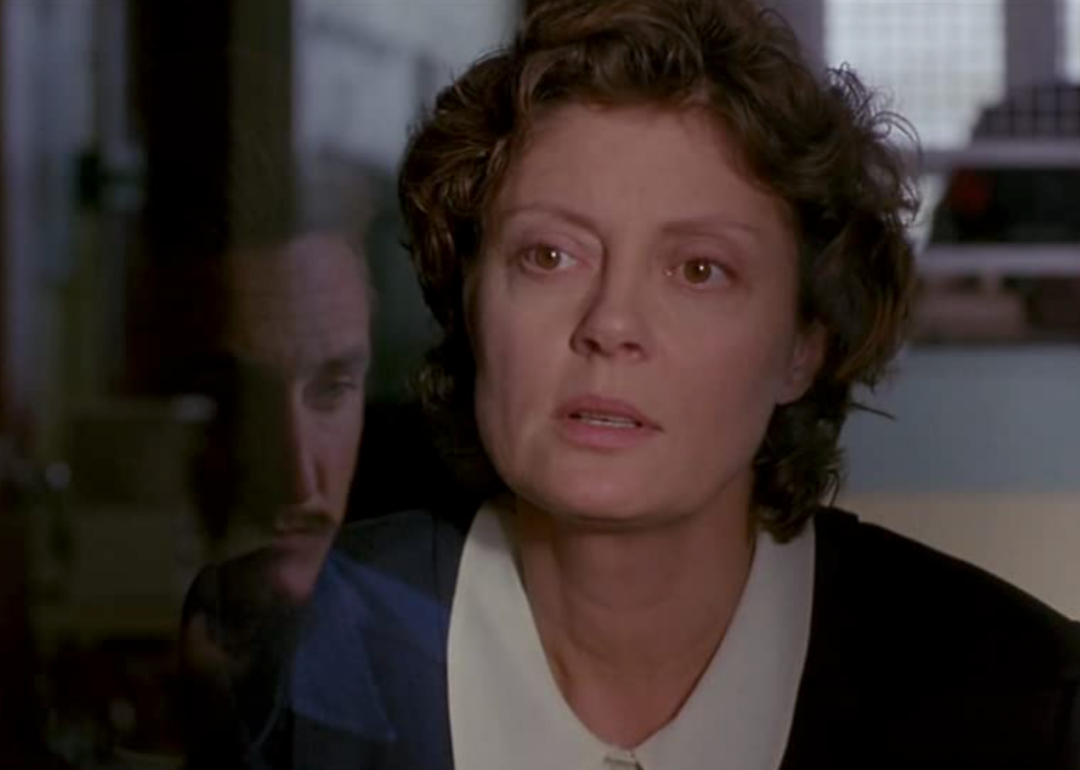
Metro-Goldwyn-Mayer (MGM)
1995: Susan Sarandon
– Movie: “Dead Man Walking”
The fifth nomination was a charm for Susan Sarandon, winning the Best Actress award for her portrayal of Sister Helen Prejean in “Dead Man Walking.” Based on a true story by Helen Prejean, the film delves into heavy existential territory; forgiveness, redemption, and faith are all under consideration by a convicted murderer, a nun, the victim’s families, and the penal system. Sarandon managed a performance that was miraculously non-judgemental, offering questions without answers about justice and mercy.
Polygram Filmed Entertainment
1996: Frances McDormand
– Movie: “Fargo”
One of the 2018 nominees earned her first Oscar with a quirky character and an unforgettable accent. In the black-as-night comedy “Fargo,” Frances McDormand played Brainerd, Minnesota, police chief Marge Gunderson. Pregnant and having to solve gruesome murders that are part of an extortion plan, Gunderson is the anchor in an absolutely absurd scenario. Pulling off that kind of comedy with a solid accent required the kind of quiet confidence and natural off-centeredness McDormand possesses.
You may also like: 100 best fantasy movies of all time
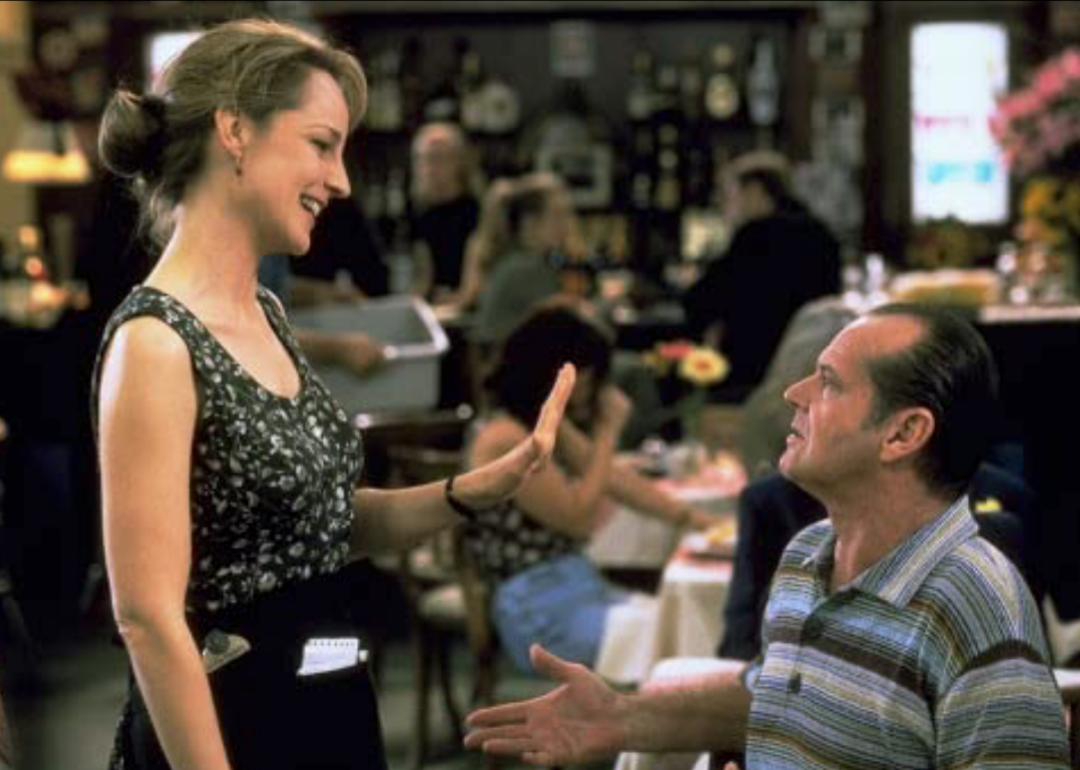
TriStar Pictures
1997: Helen Hunt
– Movie: “As Good As It Gets”
In an acting career that included roles as a storm-chaser and a sex surrogate, it was for a more subtle part that Helen Hunt won her first Oscar. The relationship comedy starred Hunt as the single mom of an ill boy, with Jack Nicholson as a misanthropic love interest and Greg Kinnear as a gay friend. She had to do the emotional maneuvering around three characters with chronic issues. That heavy lifting combined with her woman-next-door persona was the kind of engaging role that wins gold.
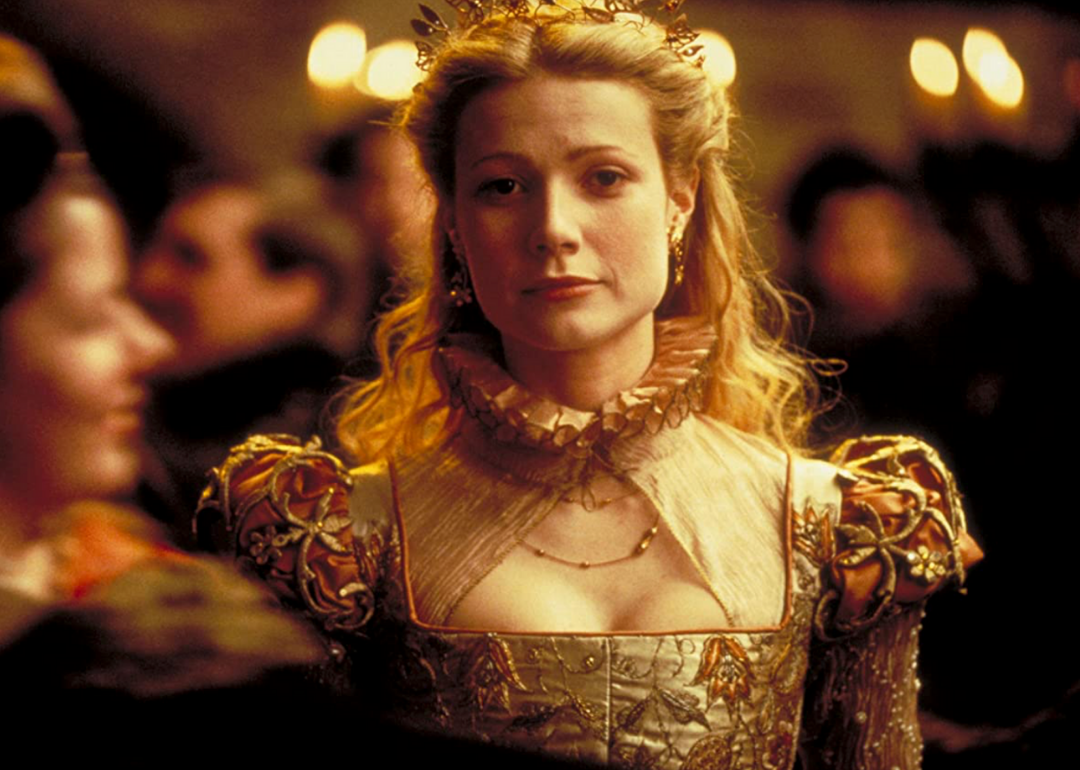
Miramax
1998: Gwyneth Paltrow
– Movie: “Shakespeare in Love”
Of the five high-profile movies in which Gwyneth Paltrow starred in 1998, it was “Shakespeare in Love” that was best reviewed and most awarded. In Shakespeare’s time, it was illegal for women to perform on stage. Paltrow’s character Viola, determined to act, disguises herself as a boy to become a member of Shakespeare’s theater company. To tap into a sense of masculinity, Paltrow stuffed her tights for a more profound physical shift. In the end, femininity claimed its place, thanks to the powerful message of Queen Elizabeth.
Fox Searchlight Pictures
1999: Hilary Swank
– Movie: “Boys Don’t Cry”
From trailer park to high school dropout, Hilary Swank faced some challenges on the road to her Oscar, which may have helped prepare her for the task of portraying Brandon Teena, a trans man who met a tragic end while searching for love and acceptance in the conservative Midwest. Swank accepted a $3,000 salary and physically transformed herself to resemble Teena as closely as possible. The film sparked controversy for its subject matter and story, but importantly illuminated the dangers of gender identity discrimination.
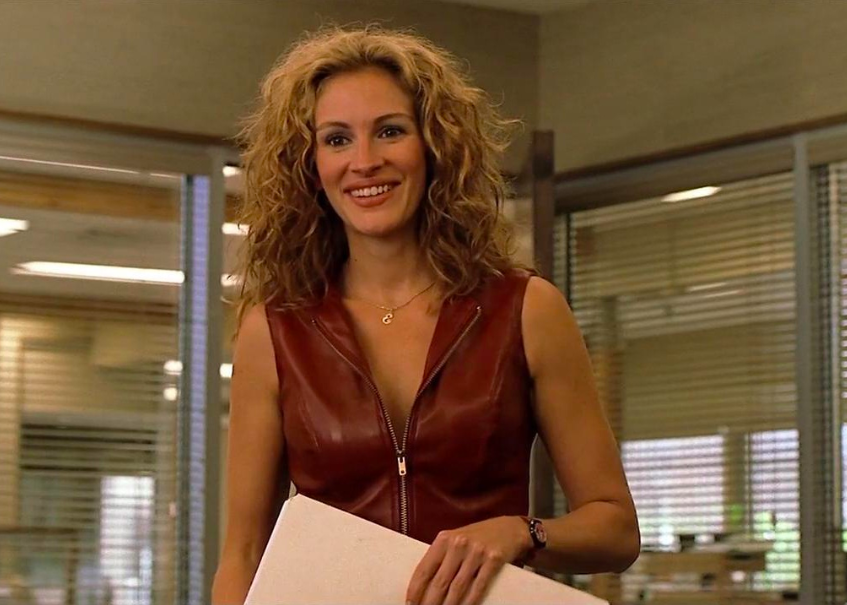
Universal Pictures
2000: Julia Roberts
– Movie: “Erin Brockovich”
With her third Oscar nomination, America’s Sweetheart brought home the statue for portraying real-life activist Erin Brockovich. Brockovich was a law clerk key in winning a case against PG&E for contaminating the water supply. She was not an attorney, but a single mom with a foul mouth, big heart, and extraordinary grit. Julia Roberts got it right—even Brockovich appreciated the accurate depiction—however, she did forget to thank Brockovich in her speech.
Lee Daniels Entertainment
2001: Halle Berry
– Movie: “Monster’s Ball”
Halle Berry stunned critics and audiences with her previous film work, but her performance in “Monster’s Ball” was next-level. It wasn’t just the tense and deeply erotic scene that showed incredible vulnerability; Berry’s dive into a financially and emotionally struggling widow and mom was pure heartache. Berry was the first and remains the only Black woman to win a Best Actress Academy Award. The award, she said, is “for every nameless, faceless woman of color that now has a chance because this door tonight has been opened.”
You may also like: 50 best WWII movies of all time
Paramount Pictures
2002: Nicole Kidman
– Movie: “The Hours”
To portray Virginia Woolf, the through-line character in “The Hours,” Nicole Kidman became unrecognizable. Her face was altered by makeup and prosthetics, she learned to write with her right hand, her voice changed, and she became the famous mentally ill author. The time-jumping drama boasted a cast that included Meryl Streep, Julianne Moore, Ed Harris, and Claire Danes, and earned nine nominations. Kidman’s performance was the only win.
Media 8 Entertainment
2003: Charlize Theron
– Movie: “Monster”
Based on the true story of the serial killer Aileen Wuornos, “Monster” included many of the tropes the Academy often rewards: prostitution, rape, murder, and revenge. But Charlize Theron won her first Oscar for her physical and emotional transformation into this damaged character. The gorgeous Theron gained 30 pounds, wore fake teeth, shaved her eyebrows off, and adopted the body language and voice of an angry, deranged woman in a truly frightening performance.
Warner Bros.
2004: Hilary Swank
– Movie: “Million Dollar Baby”
Hilary Swank again physically transformed herself for a challenging role. This time, she gained 19 pounds of muscle from a five-hour daily training to play boxer Maggie Fitzgerald. She learned that boxing is an exercise in mental toughness as well, so when she got a staph infection during training, she didn’t say a word. Co-star and director Clint Eastwood wasn’t sure Swank could look the part, but noted her intense work ethic got her there—and to her second Oscar win.
Fox 2000 Pictures
2005: Reese Witherspoon
– Movie: “Walk the Line”
Reese Witherspoon started acting as a teenager and won her first Oscar before the age of 30. To play June Carter Cash, she was in rehearsal for four months, learning the autoharp and taking voice lessons because the cast was recording an album. Getting Carter Cash right was critical, as Witherspoon was already a fan of the musician and the way she directed her own life contrary to social norms. This was the second Oscar awarded for a portrayal of a female country music star.
Pathé Pictures International
2006: Helen Mirren
– Movie: “The Queen”
Dame Helen Mirren’s acting career spanned 40 years before she won her first Oscar for “The Queen.” Sharing similar facial features made the physical transformation rather natural and voice coaching perfected the speech delivery. The Queen herself was so taken by the performance that she invited Mirren to dinner at Buckingham Palace.
You may also like: Can you guess which iconic movie these scenes are from?
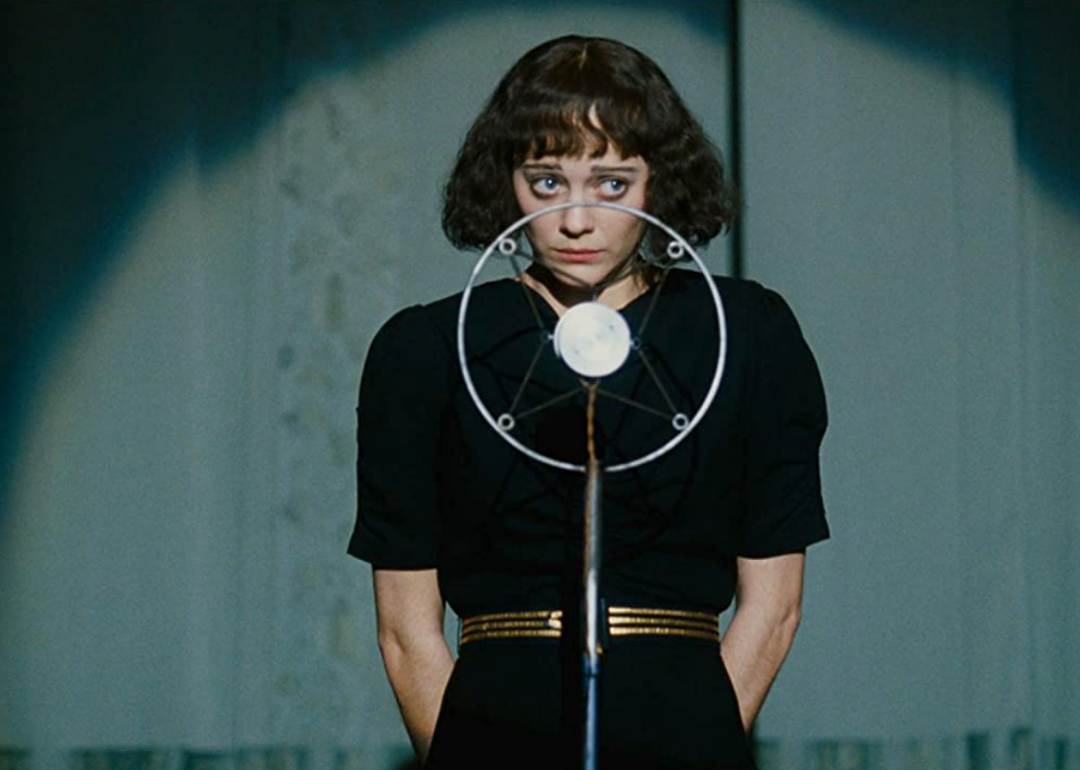
Legende Films
2007: Marion Cotillard
– Movie: “La Vie En Rose”
Marion Cotillard’s first Oscar win was also the first and only Oscar awarded for a French-language role. Cotillard was awarded the part portraying the famous French chanteuse Édith Piaf by the director who remarked that her eyes were reminiscent of Piaf’s. Piaf was an astonishingly tragic figure, enduring parental abandonment, untimely deaths, deceptions, WWII, addiction, and ultimately fatal illness. Cotillard embraced each tragedy with requisite resilience.
The Weinstein Company
2008: Kate Winslet
– Movie: “The Reader”
The backdrop of “The Reader” was the Holocaust, but this was not a war movie. It was a movie about the secrets and decisions of Hanna Schmitz, secrets and decisions so destructive that it would take a deft actor to make it watchable. In the course of the film, Kate Winslet went from the illiterate seductress of a young man to an imprisoned war criminal. The journey was awarded an Oscar, Winslet’s first.
Alcon Entertainment
2009: Sandra Bullock
– Movie: “The Blind Side”
Sandra Bullock was a lead in many critically acclaimed and high-grossing films before her first Oscar win for “The Blind Side.” The movie was based on a true story of once-homeless Black football player Michael Oher and Leigh Anne Tuohy, the white woman who took him in and supported his career. Bullock was hesitant to accept the role, wanting to do Tuohy’s soft but fierce heart justice. She found the sweet spot, connecting with the message that when you can give someone a helping hand, it’s a human’s duty.
Fox Searchlight Pictures
2010: Natalie Portman
– Movie: “Black Swan”
That she actually studied dance and had a psych degree were bonuses in casting Natalie Portman as a hauntingly committed ballerina in “Black Swan.” That she had been acting in heavy dramas since age 13 is what earned her the part of Nina Sayers. She lost 20 pounds and trained extensively to perform dance scenes. The exploration of perfectionism, ego, and art came from a different discipline. In spite of many controversies surrounding the production and messaging, Portman brought home her first Oscar for this role.
DJ Films
2011: Meryl Streep
– Movie: “The Iron Lady”
Twenty-nine years after her first Best Actress win, Meryl Streep earned another for her portrayal of British Prime Minister Margaret Thatcher in “The Iron Lady.” The film received mixed reviews, with complaints of historical inaccuracies and a weak script. Neither of those things overshadowed the exactness with which Streep embodied her subject. Never succumbing to caricature or melodrama, her performance was, as always, astonishing.
You may also like: 50 times actors hated their own movies
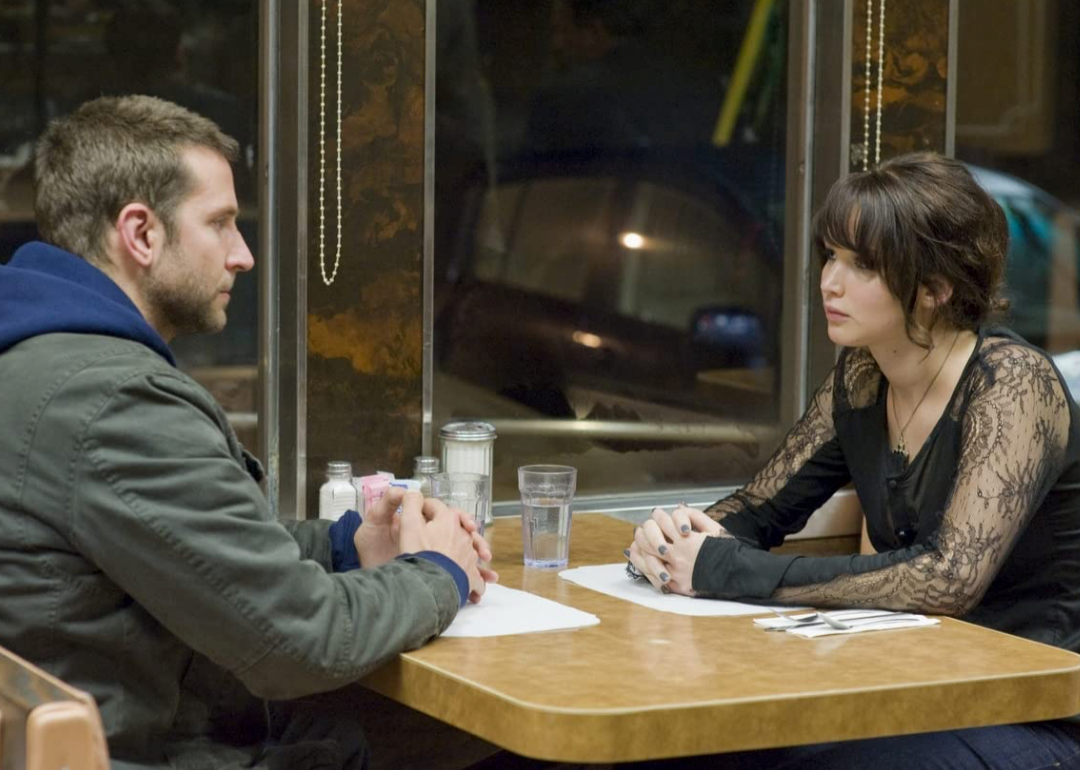
The Weinstein Company
2012: Jennifer Lawrence
– Movie: “Silver Linings Playbook”
In the same year that Jennifer Lawrence debuted as Katniss Everdeen in “The Hunger Games”—making Lawrence the highest-grossing action heroine ever—”Silver Linings Playbook” was released. Originally considered too young to play a character so complex, Lawrence’s audition earned the role of Tiffany Maxwell: a depressed, impulsive, and brash widow. The dexterity she showed in portraying this character put an Oscar in her hand at the age of 22.
Gravier Productions
2013: Cate Blanchett
– Movie: “Blue Jasmine”
With seven nominations and one Supporting Actress win, Cate Blanchett added a Best Actress award to her Oscar resume for “Blue Jasmine.” In Woody Allen’s dark comedy, Blanchett plays Jasmine, a New York socialite who loses her wealth and status after her husband is jailed for financial fraud. Jasmine is an addict, delusional, fearful, and possibly complicit in her husband’s crimes. In Blanchett’s care, we see the vulnerability and the history of abuse, and she inspires empathy.
Lutzus-Brown
2014: Julianne Moore
– Movie: “Still Alice”
Julianne Moore moved from theater to TV to film fueled by good choices and brave work, which led to critical acclaim. Her fifth Oscar nomination for “Still Alice” finally got her the statue. Portraying a 50-year-old professor, wife, and mother with early-onset Alzheimer’s disease was a typically bold and challenging decision for Moore. Her character’s rapid mental decline exhibited itself physically as well, offering Moore an even greater opportunity to show the meticulous yet fragile nature of her work.
Element Pictures
2015: Brie Larson
– Movie: “Room”
Brie Larson had a solid screen acting career before a series of independent films skyrocketed her to an Oscar. “Room” is a slow-build drama that defies easy description. At its heart—and the reason Larson earned the award—is the fiercely protective, sacrificing love a mother has for her child in a most horrifying situation. Larson consulted with trauma and nutrition experts to fully grasp the realistic results of that situation, which made her performance even more effective.
Summit Entertainment
2016: Emma Stone
– Movie: “La La Land”
A good old-fashioned romantic musical fantasy, “La La Land” earned a record-tying number of nominations—14—and six wins. And just over 10 years into her professional acting career, Emma Stone was one of those six, taking home Best Actress gold. She connected with her struggling actor character easily, remembering her rough first years in Hollywood. Already a singer, dancer, and musical lover, she met the many unique demands of the role with ease and charm.
You may also like: 15 controversial Oscar wins—and how they’ve aged
Blueprint Pictures
2017: Frances McDormand
– Movie: “Three Billboards Outside Ebbing, Missouri”
Frances McDormand picked up her fifth career Oscar nomination, and second win (Best Actress, “Fargo,” 1997), for her riveting portrayal of grieving mother Mildred Hayes. Martin McDonagh’s “Three Billboards Outside Ebbing, Missouri,” tells of Hayes’ attempt to bring awareness to her murdered daughter’s unsolved case. The story, direction, score, and performance of legendary actor McDormand were all universally praised.
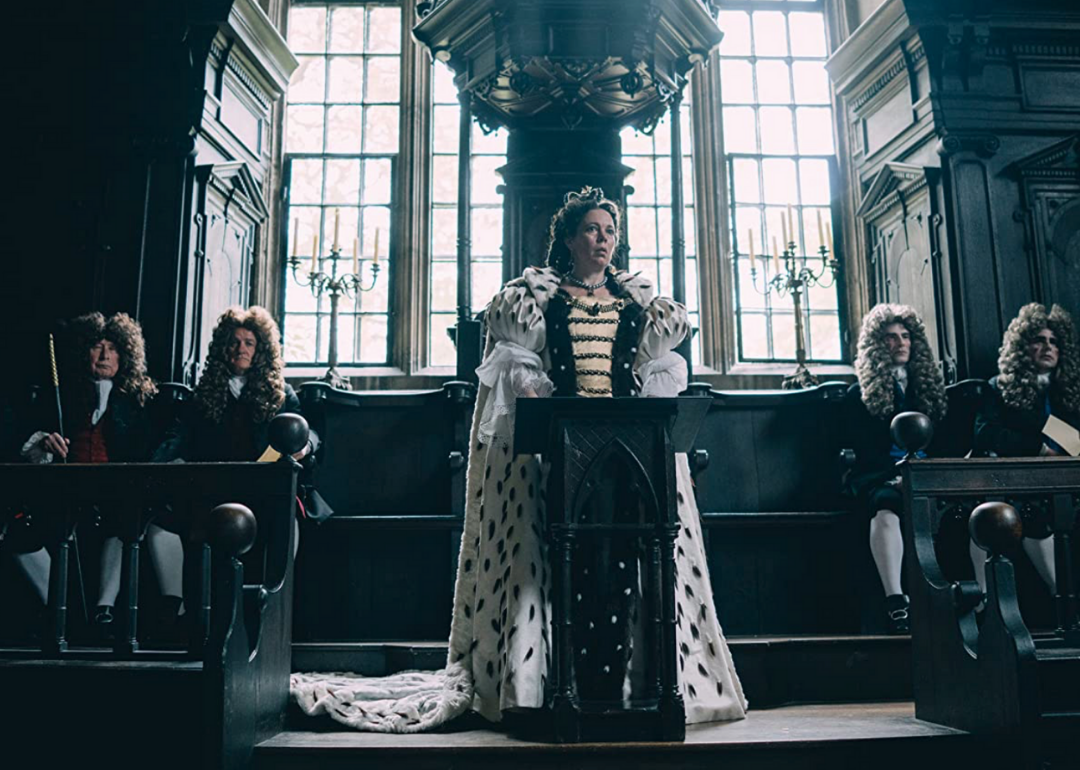
Fox Searchlight Pictures
2018: Olivia Colman
– Movie: “The Favourite”
English actor Olivia Colman won top honors in her first ever Oscar nomination for playing Queen Anne in Yorgos Lanthimos’ “The Favourite,” which tied with “Roma” in collecting 10 nominations. Set at the turn of the 18th century, the film centers on two cousins’ attempts to become Anne’s Court favorite (highest companion) and was critically acclaimed for all aspects—acting, cinematography, direction, and costume design, to name a few. Colman is also known for her roles as Queen Elizabeth II in “The Crown” and the godmother in “Fleabag.”
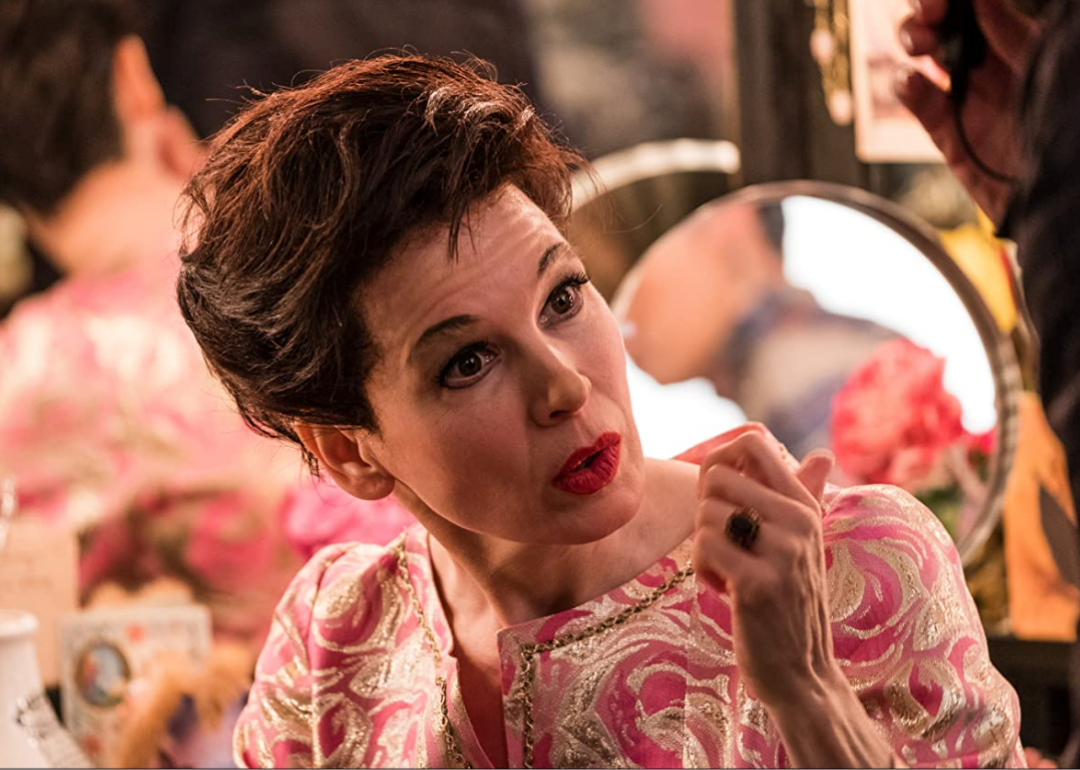
Pathé
2019: Renee Zellweger
– Movie: “Judy”
Renée Zellweger won her second Academy Award (the first was for her role in 2003’s “Cold Mountain”) for playing the lead in this Judy Garland biopic. Focused on the last year of Garland’s life, and interspersed with flashbacks to her child-star days, the film shows the ways Garland’s life was controlled and damaged by the abusive studio system. As a child, Garland was fed a constant stream of uppers in order to keep up with the demands of her schedule and to maintain her slight weight, causing a substance use disorder that haunted her into adulthood. For the film, Zellweger also produced a soundtrack consisting of songs sung by Zellweger as Garland, which earned a Grammy nomination for Best Traditional Pop Vocal Album.

Cor Cordium Productions
2020: Frances McDormand
– Movie: “Nomadland”
Only a few years after her previous Oscar win, Frances McDormand took home a third Best Actress award, making her only the second woman to win the award three times (the other being Katharine Hepburn, who won four). Also taking home the Best Picture Oscar as one of the film’s producers, McDormand made history by becoming the first person to ever win acting and producing Oscars for the same film. Directed by Chloé Zhao, “Nomadland” follows Fern (McDormand), a widow who packs up her life and begins a life on the road. In her travels, she finds community amongst other nomads, who teach her how to survive on her own.
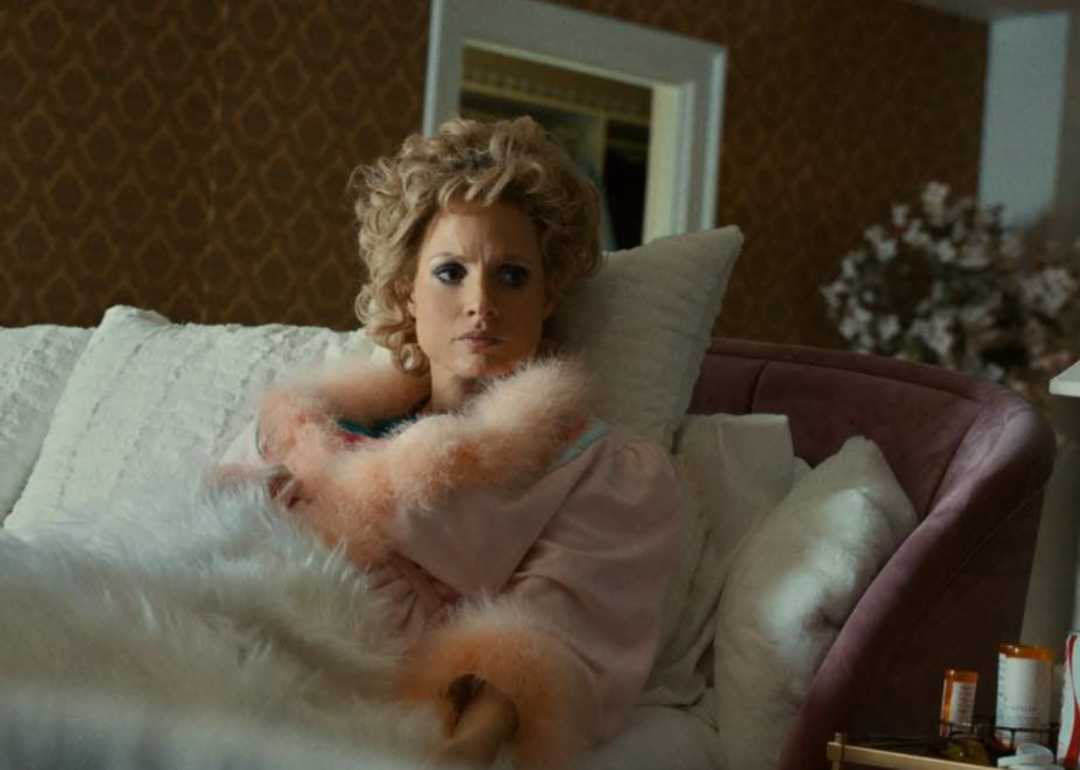
Searchlight Pictures
2021: Jessica Chastain
– Movie: “The Eyes of Tammy Faye”
The third time was the charm for Jessica Chastain, who won her first Oscar on the heels of two previous nominations. It came for her stunning performance as Tammy Faye Bakker, the real-life evangelist whose husband (Andrew Garfield) was indicted on multiple counts of fraud. Chastain purchased the rights to the story in 2012 and spent several years preparing for the role.

A24
2022: Michelle Yeoh
Actor Michelle Yeoh looks at her oversized, hot-dog-shaped fingers in ‘Everything Everywhere All at Once.’
– Movie: “Everything Everywhere All at Once”
Michelle Yeoh’s career began in the mid-1980s as a martial arts actor who did her own stunts. However, it would take nearly 40 years for her to be recognized by the Academy. The 2022 surrealist sci-fi comedy “Everything Everywhere All at Once,” in which Yeoh plays laundromat owner Evelyn Wang, skyrocketed her to new levels of fame. Critics called it the “performance of her career” and the Academy agreed, awarding 60-year-old Yeoh the Best Actress Oscar at the 2023 ceremony.
In doing so, Yeoh made history as the first Asian woman to win in that category and the second woman of color to do so. (The first, Halle Berry, helped announce her as the winner and handed her the trophy.) During Yeoh’s acceptance speech, she noted how important representation is and alluded to how Hollywood treats women as they age. “For all the little boys and girls who look like me watching tonight, this is a beacon of hope and possibilities,” Yeoh said holding up the golden statue. “This is proof that if you dream big, dreams do come true. And ladies, don’t let anybody tell you you are past your prime. Never give up.”
You may also like: Top 25 LGBTQ+ films, according to critics
